The other day, I received a message from a friend who lives in Tokyo, saying, “I’m going to Disneyland with two girls, but would you like to come? We can’t find one more participant.” I live in Osaka, which is far from Tokyo, and taking the Shinkansen (bullet train) would be costly, so I don’t have an easily accessible option to go there. I imagined that my friend must have been struggling to gather participants for the Disneyland trip. I’m naturally someone who tries to accept invitations from others as much as possible. So, this time, I replied, “Sure, I’ll go to Disneyland!” My friend was very happy.
However, a few days later, the schedules of the four of us planning to go to Disneyland didn’t align, and the Disneyland plan had to be scrapped. I thought at that moment, “I’m not going to Tokyo to meet my friend just because there are girls involved.” So, I told my friend that even though the amusement park plan fell through, I would still come to visit. Initially, I had planned to take the Shinkansen, but that week happened to have a three-day weekend in Japan. I decided to take a sick day from work, creating a four-day weekend, and planned to go by motorcycle. The distance from my home to Tokyo is about 600 kilometers. Since using the expressway didn’t seem very interesting, I planned to travel the entire way on local roads. It would take me through Osaka, Kyoto, Shiga, Aichi, Nagano, Gunma, Saitama, and finally Tokyo. This was quite an audacious plan, so I didn’t tell anyone, including my colleagues and acquaintances.
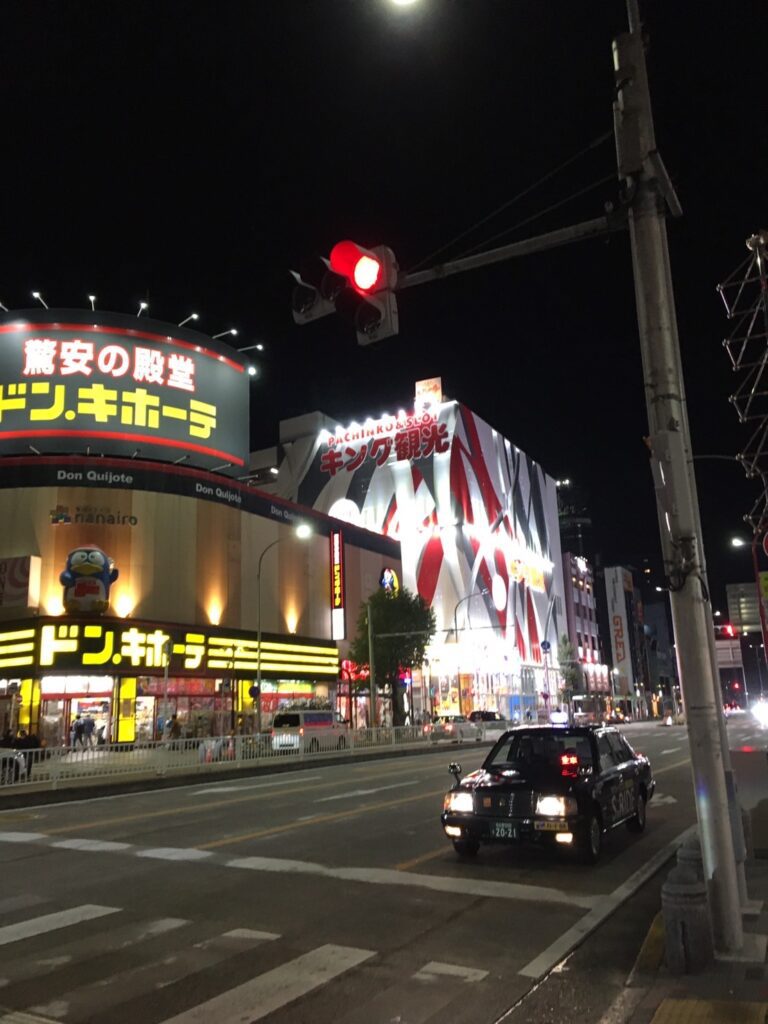
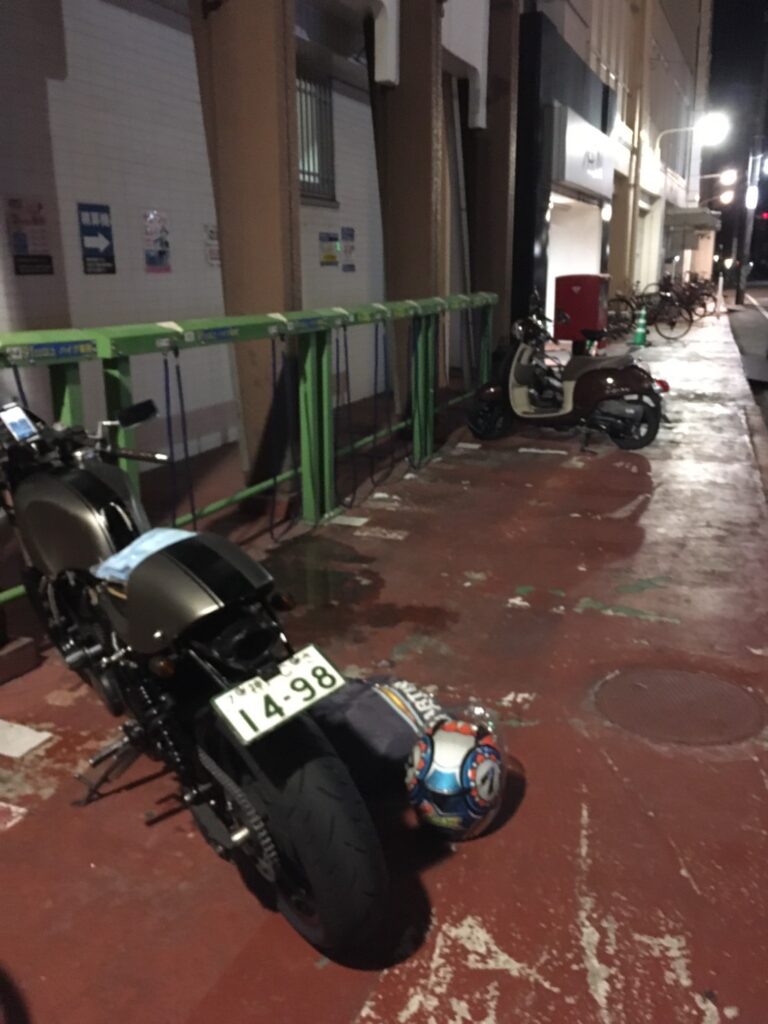

However, I know that no one, including my friend, cares about whether I go to Tokyo or not just because there are no girls involved. I lead a busy life immersed in pearls from early morning to late at night, so I think somewhere deep within me, there was a desire to escape into something out of the ordinary. Also, I simply wanted to ride my motorcycle. It’s been about three years since I got my motorcycle license, but that feeling hasn’t gone away. Furthermore, I lived in Tokyo for about eight years in my twenties. I still have a few connections in Tokyo, such as friends and people from the restaurants I used to frequent. I might have wanted to visit them too.
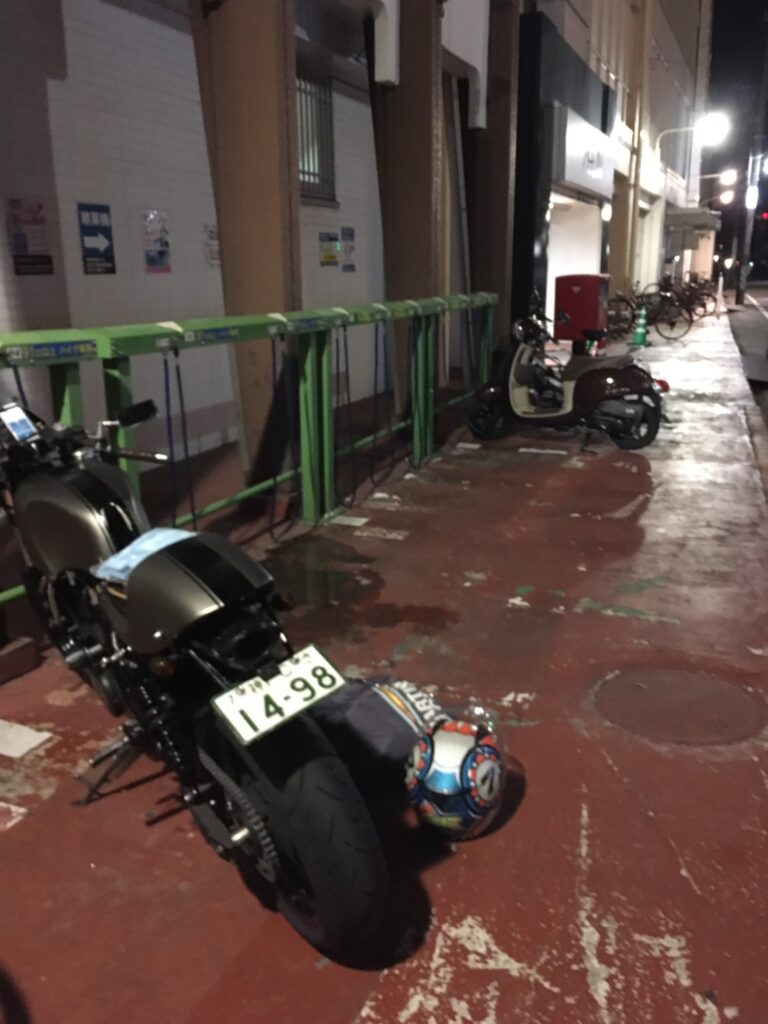
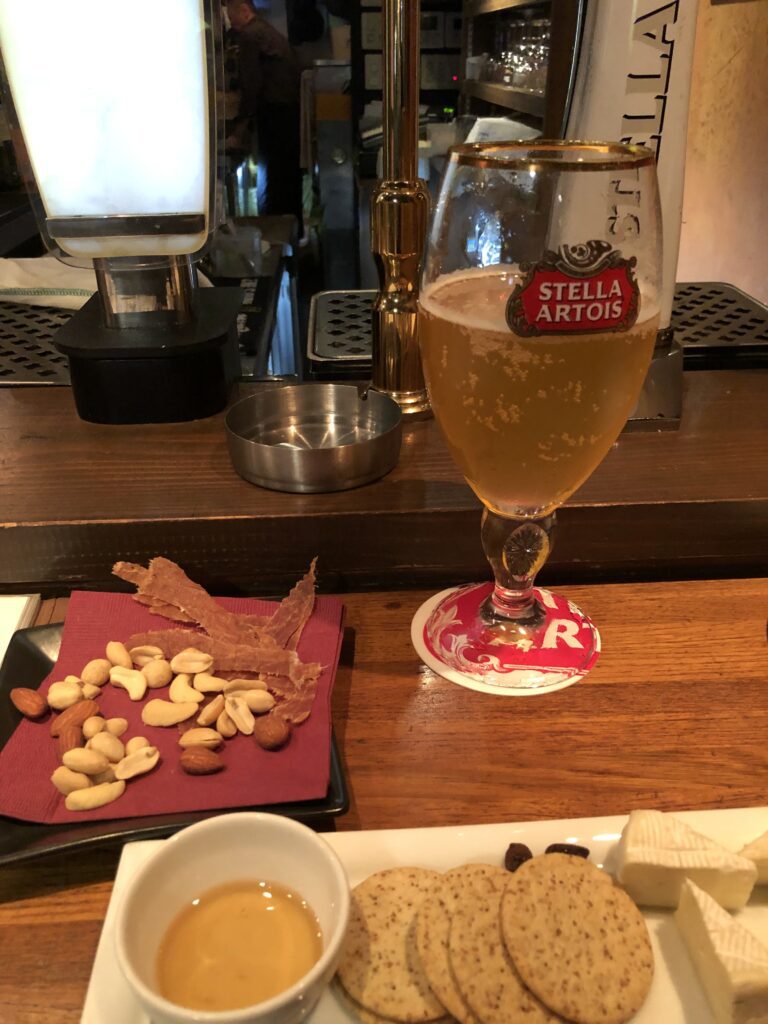
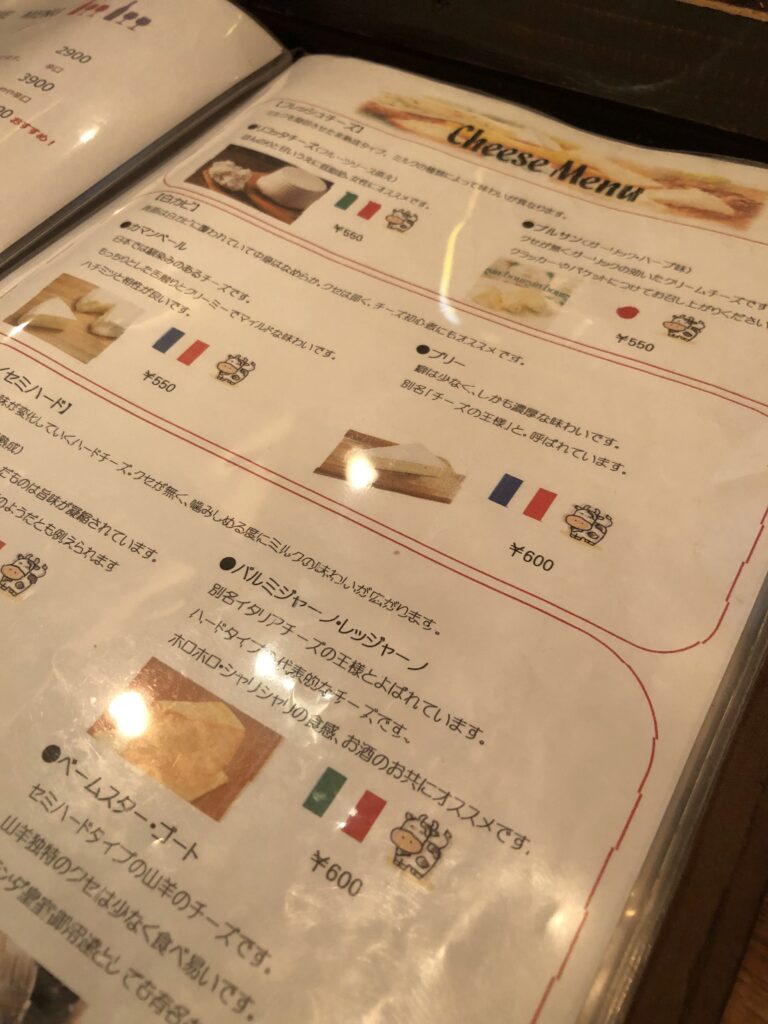
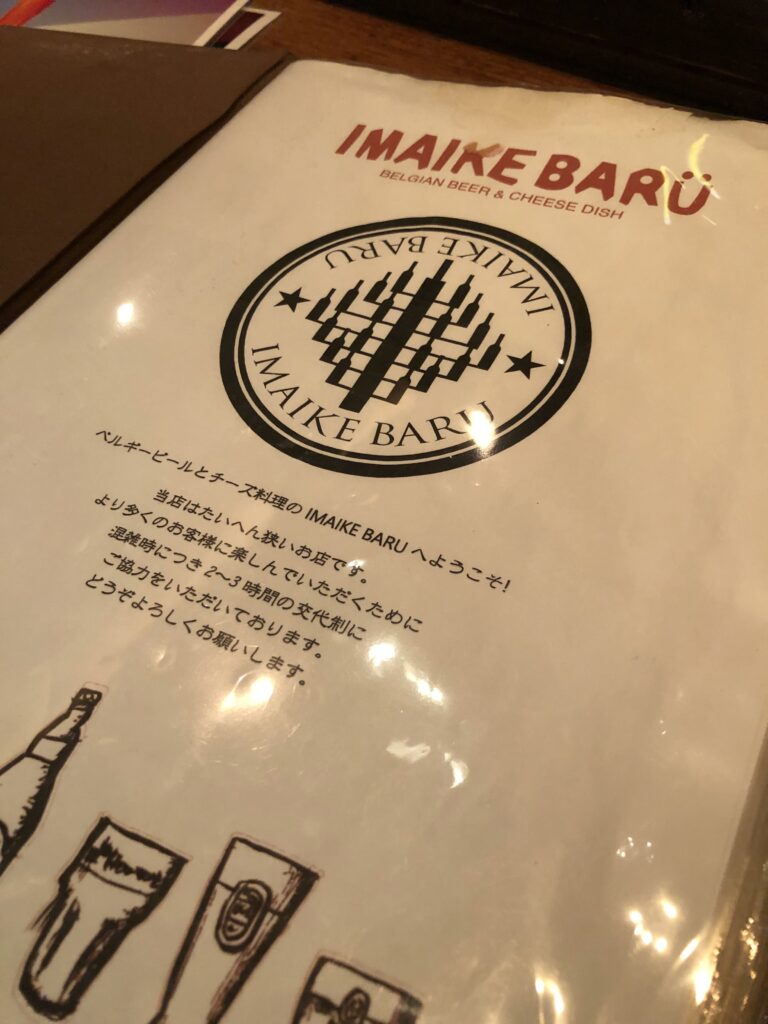
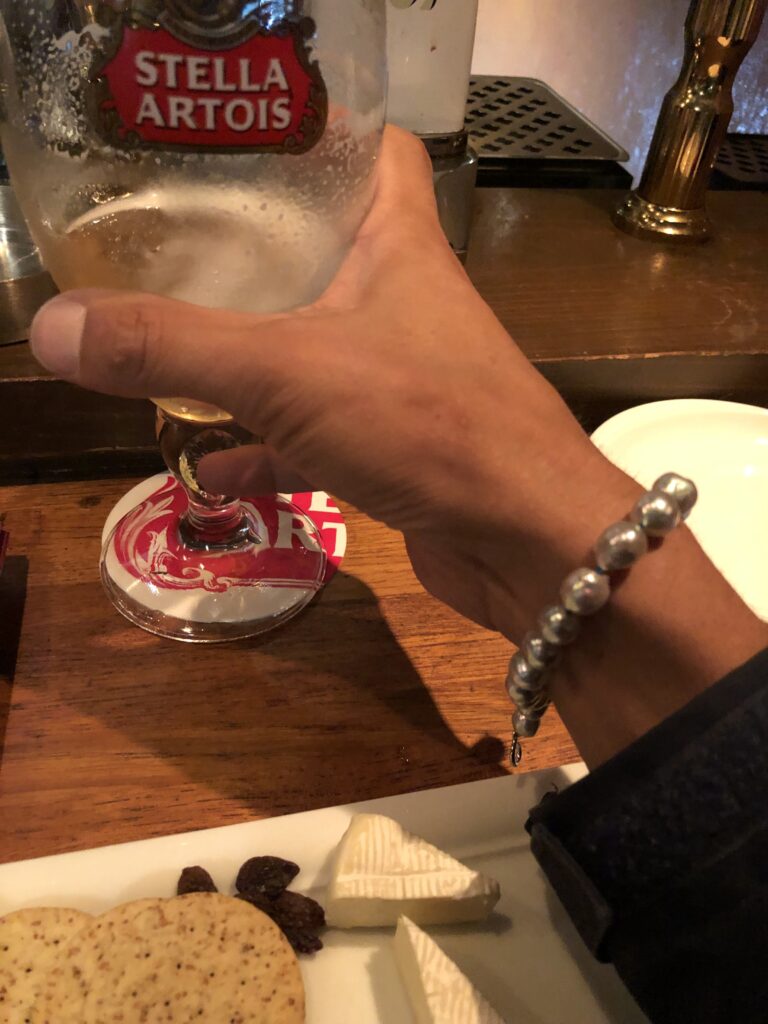
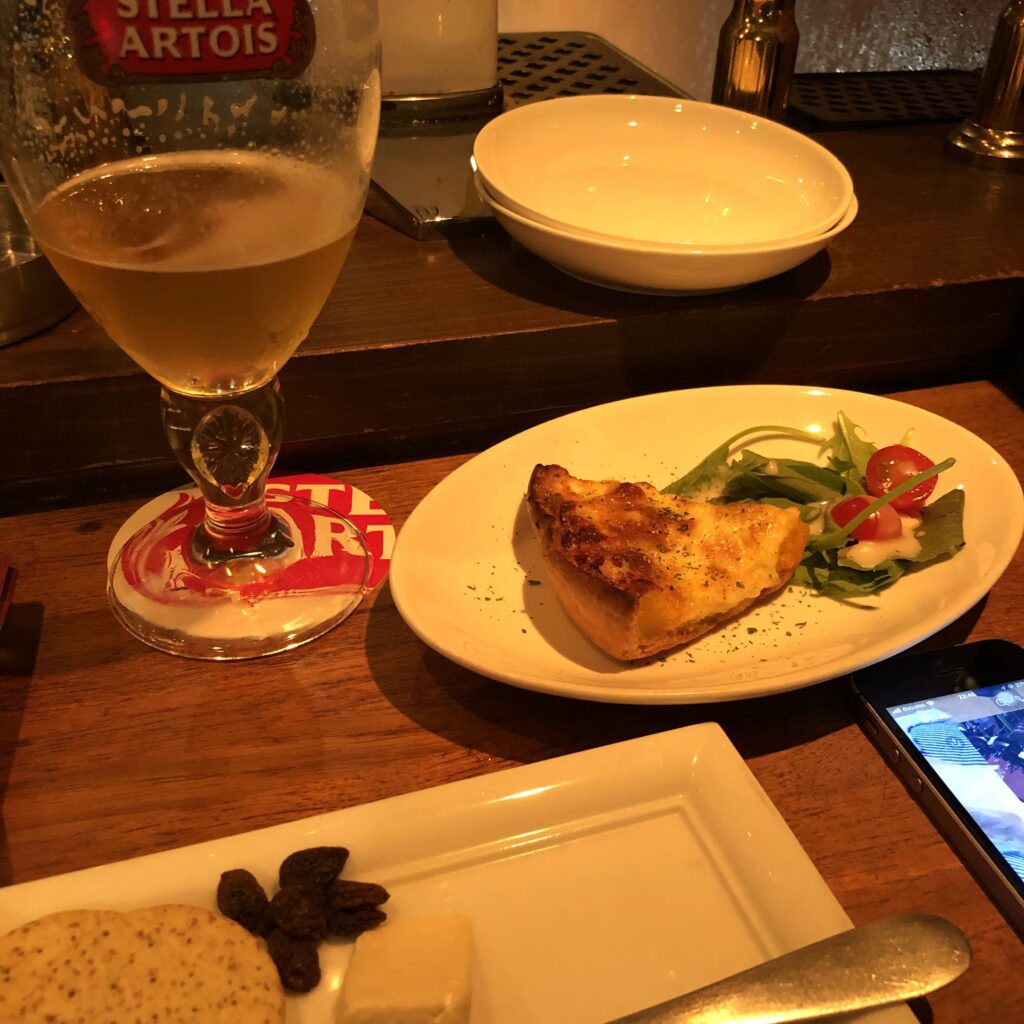
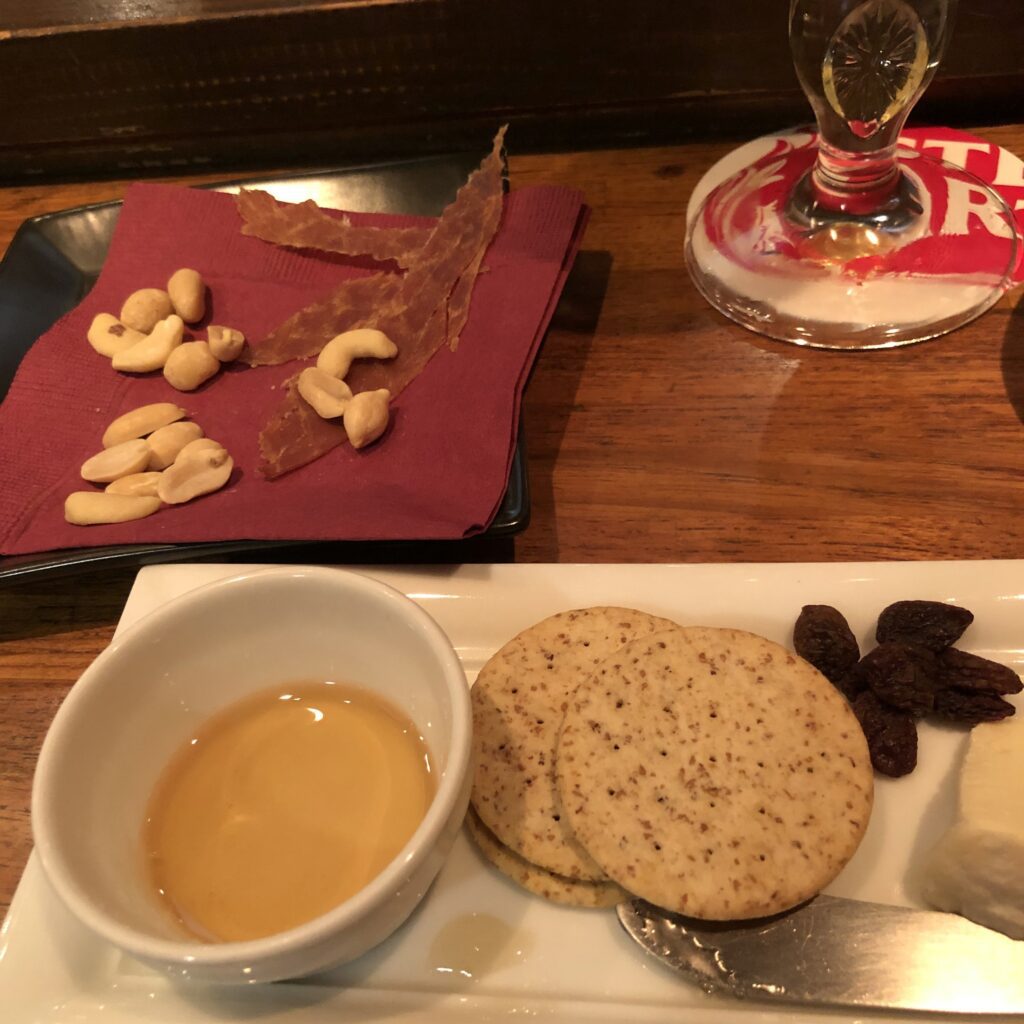
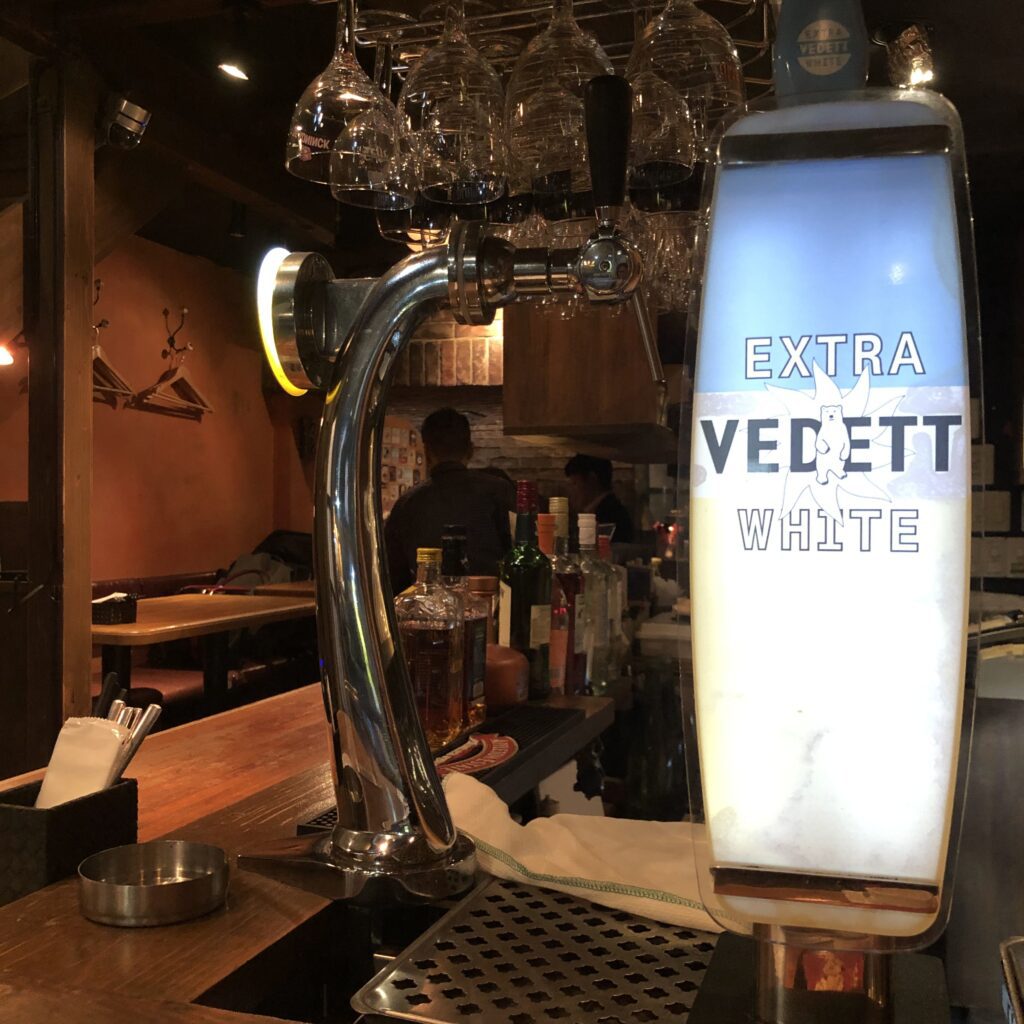
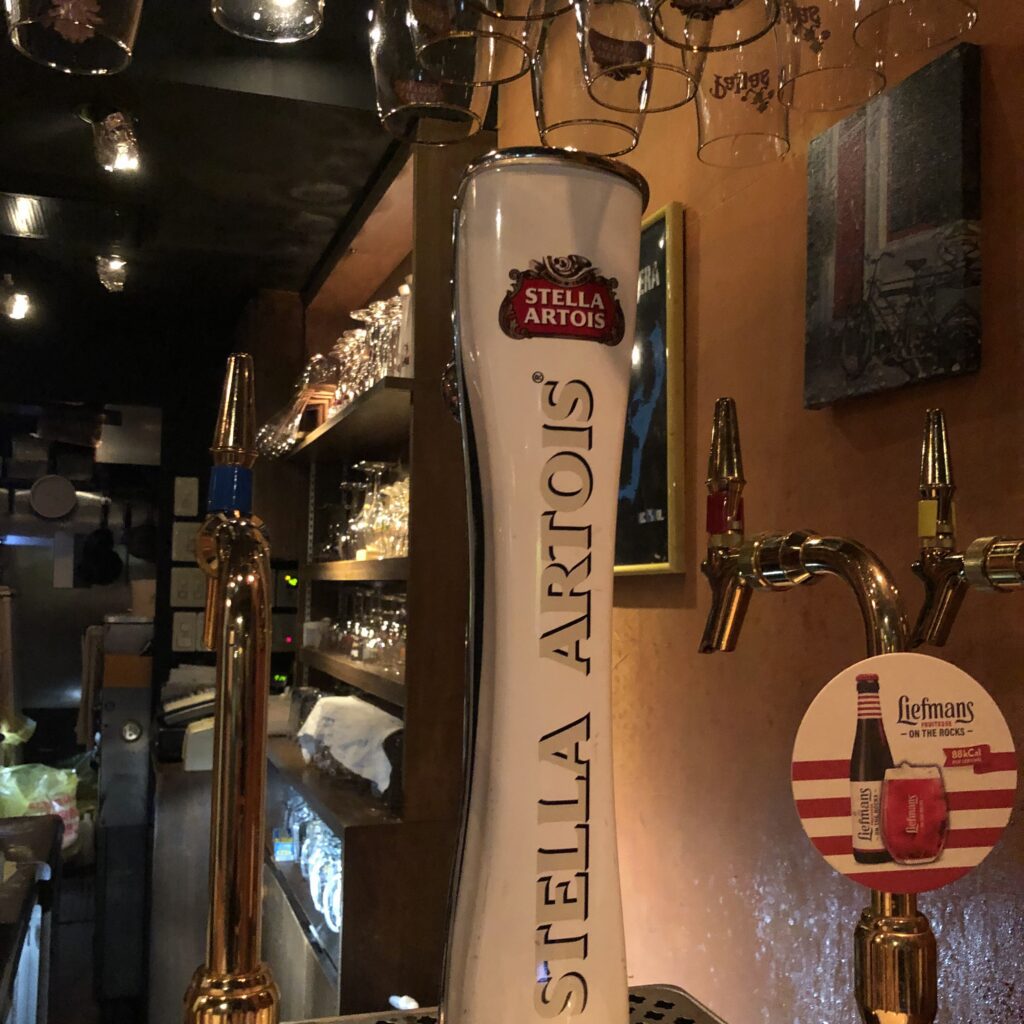
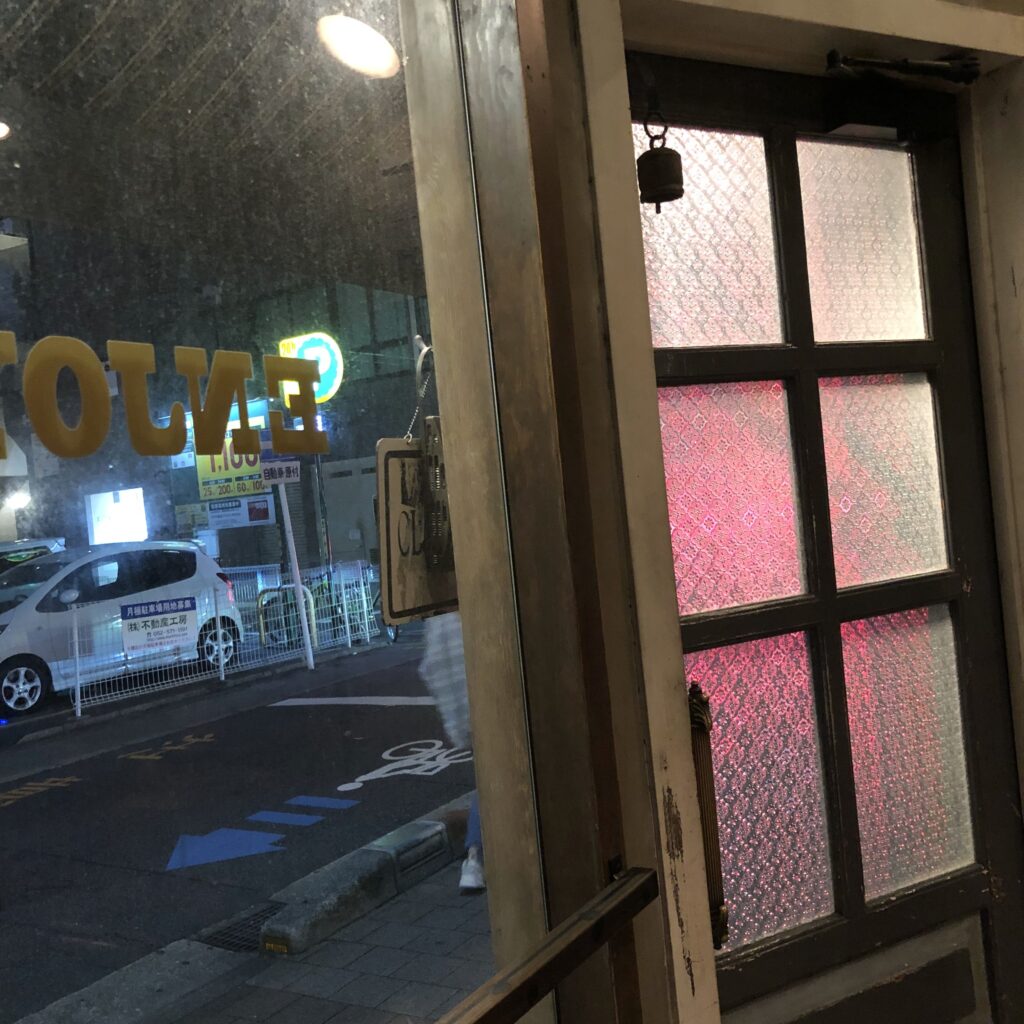
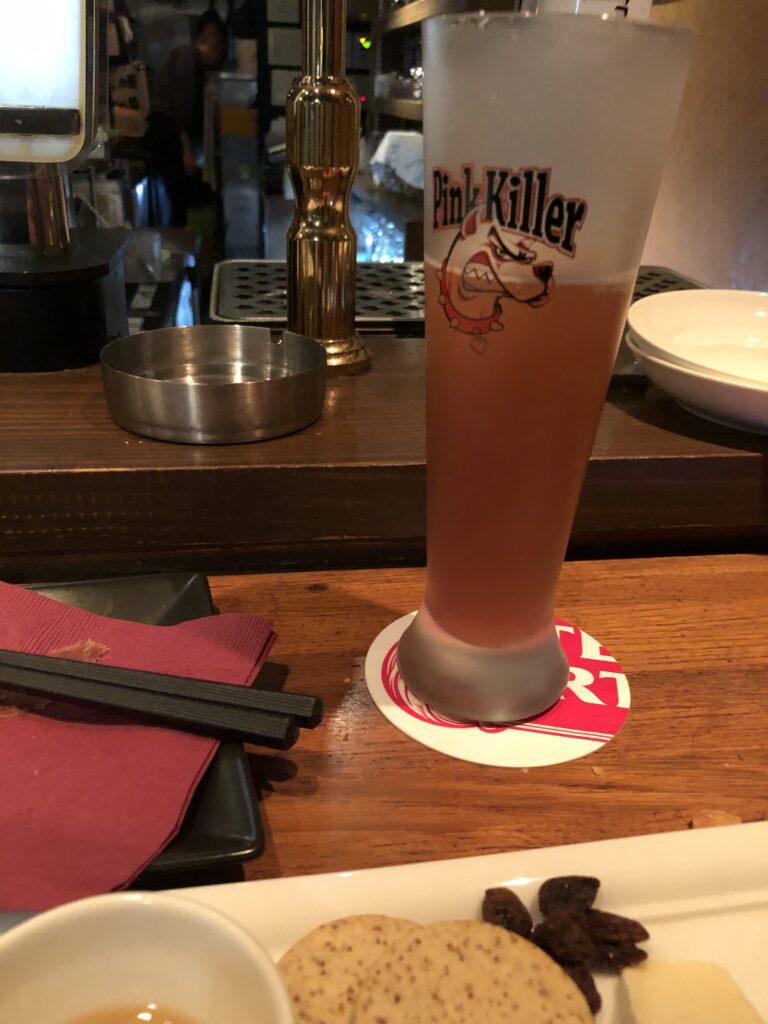
Shortly after starting in Nagoya, I already indulged in plenty of drinks and food, thoroughly enjoying myself.
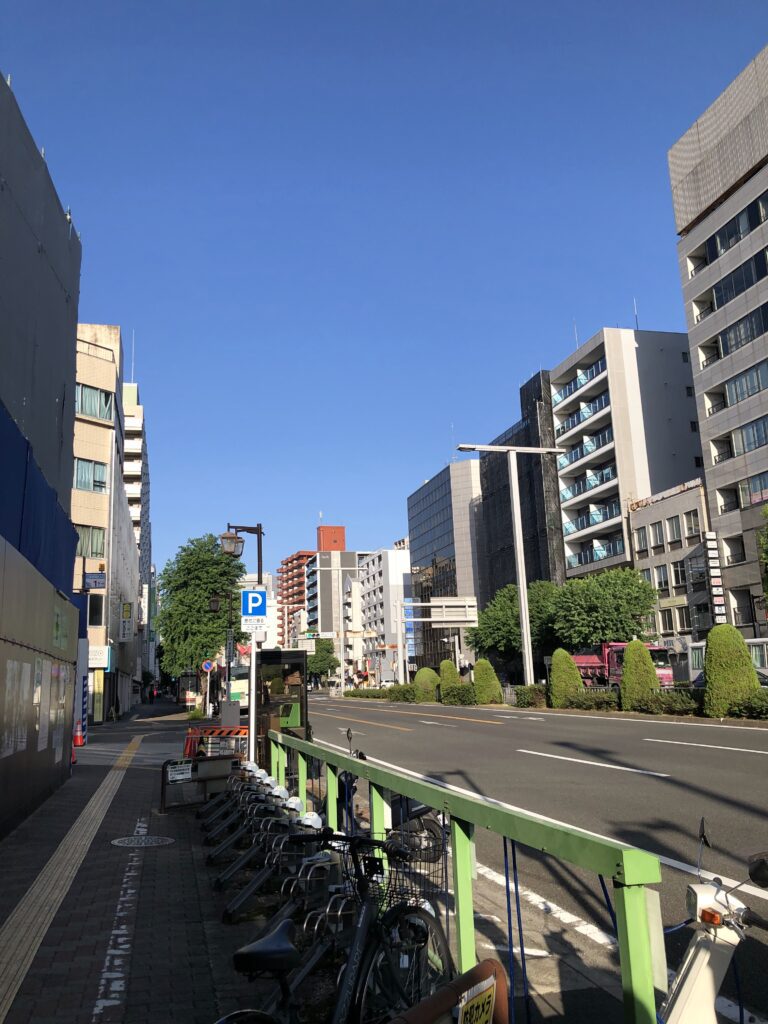
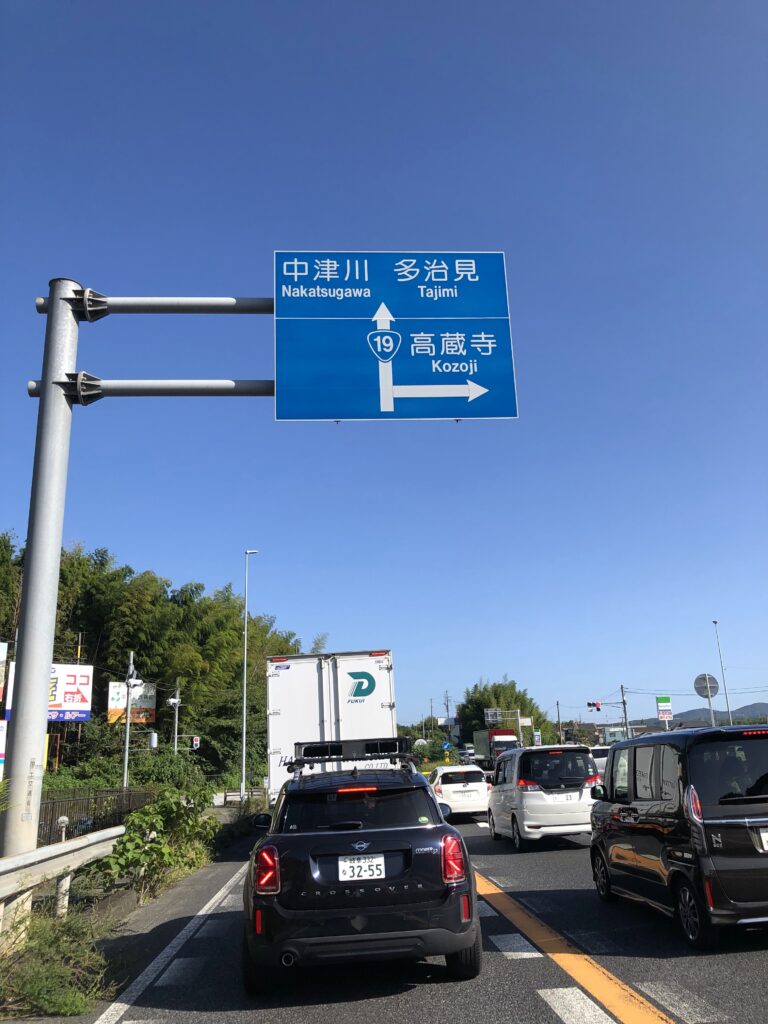
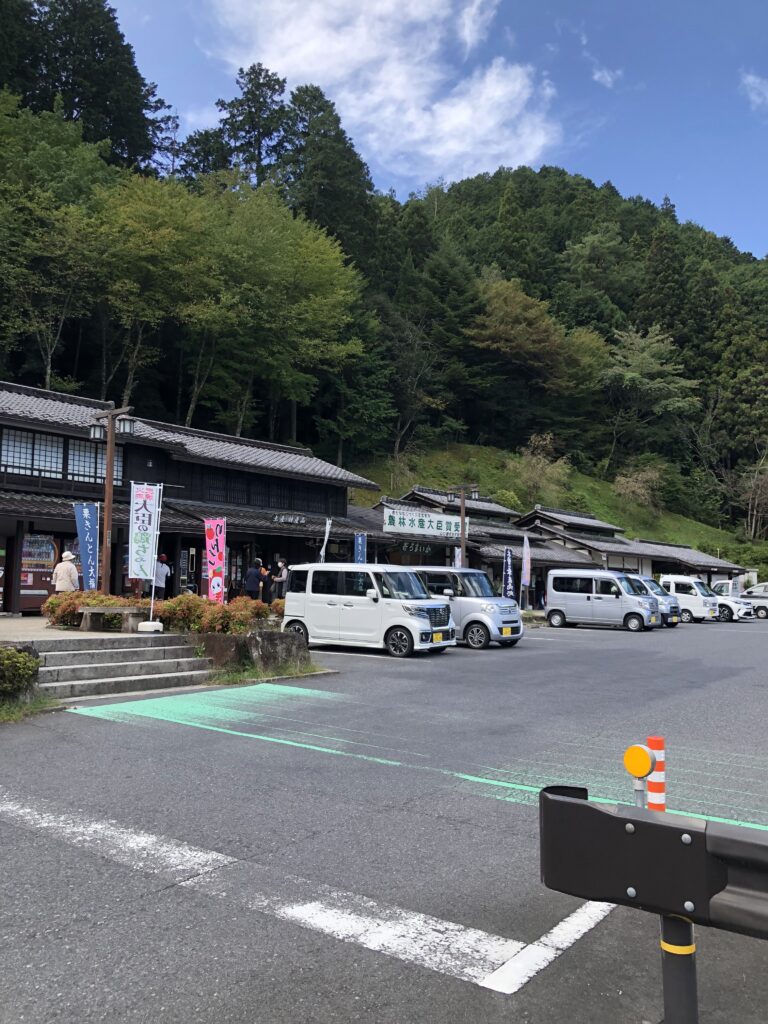
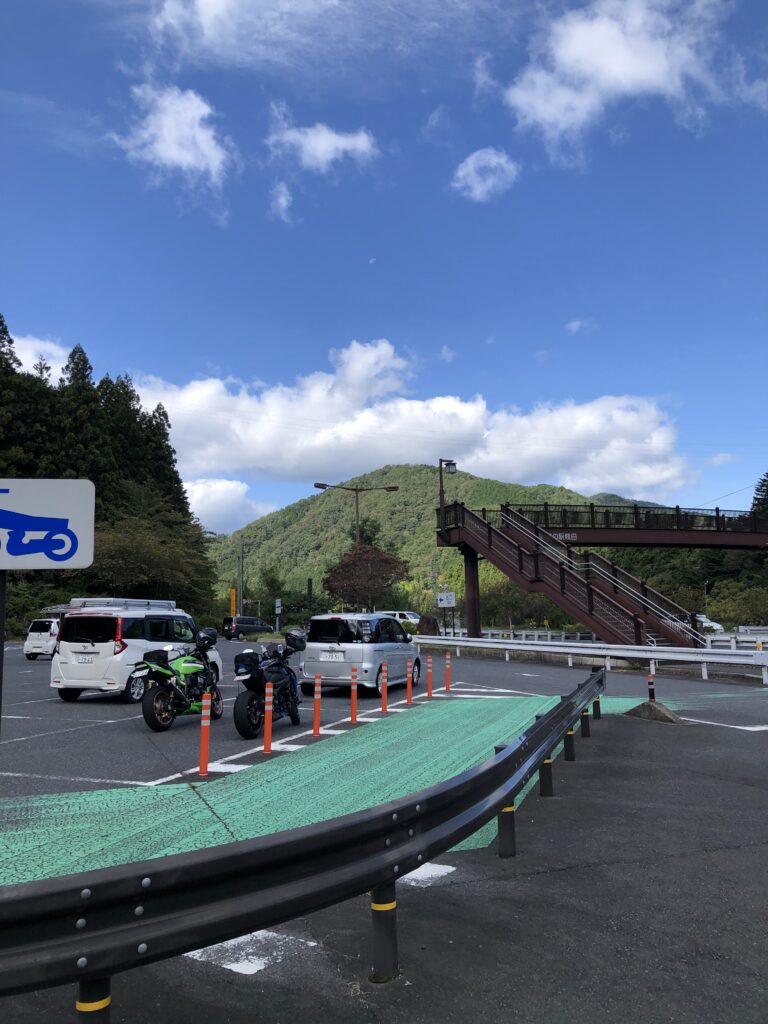
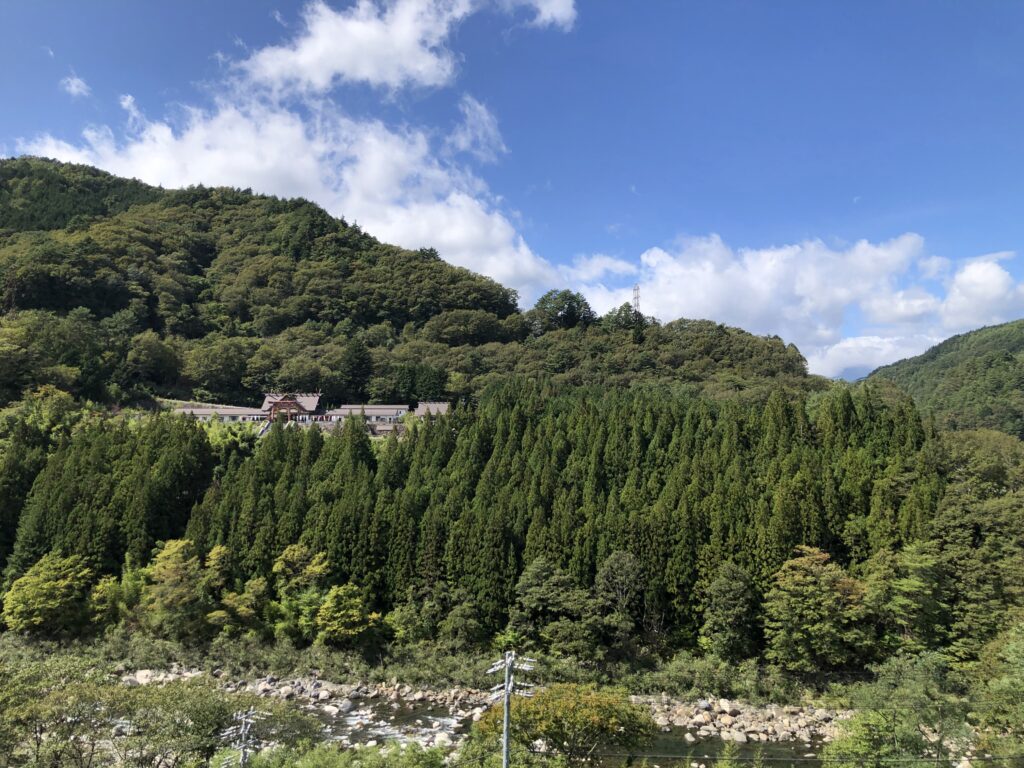
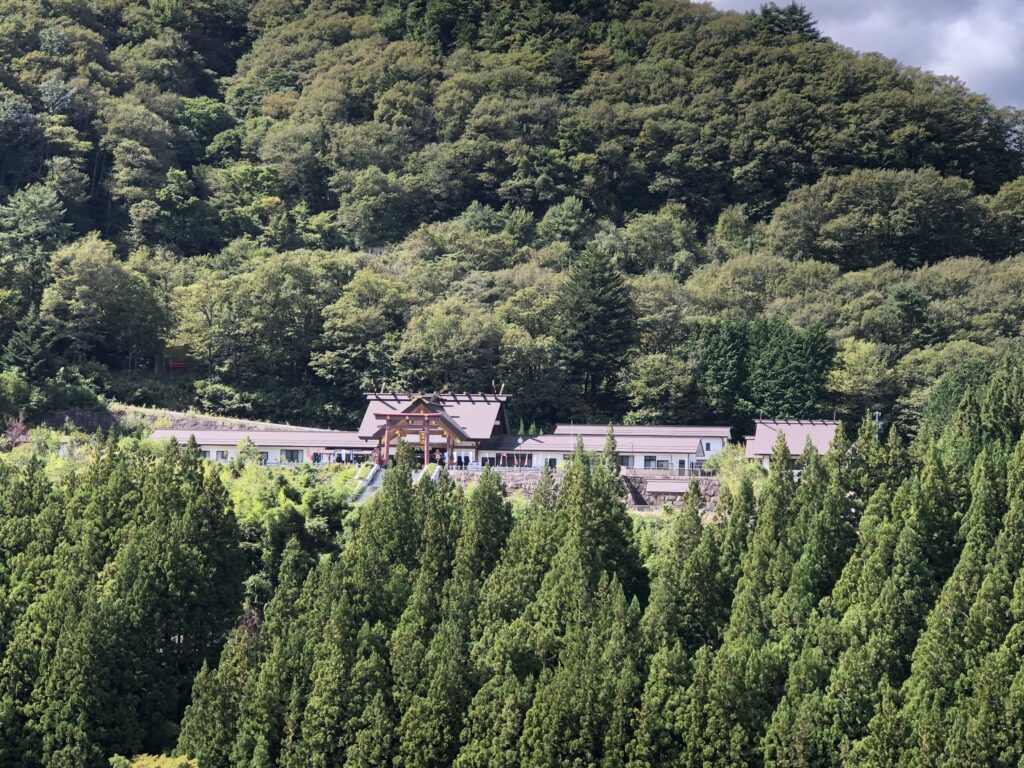


I left Nagoya at 7 AM, and for about two hours, I rode alongside another motorcycle, trailing behind me. We both pulled into the same service area. The rider of the other motorcycle appeared to be a kind gentleman in his 60s. When I said, “I’m sorry for following you for so long. I’ve been enjoying this impromptu ride alongside you,” he smiled. We had a brief conversation, and then I set off on my motorcycle alone.
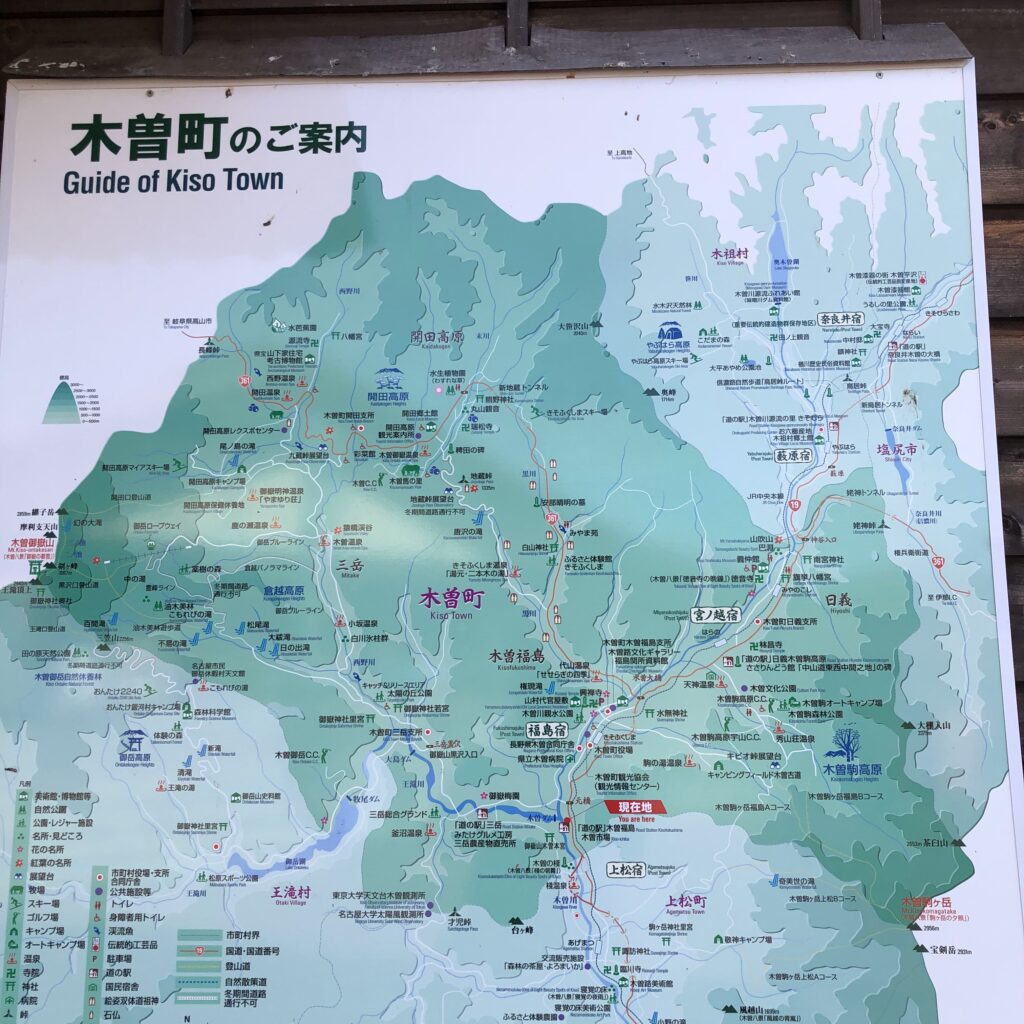
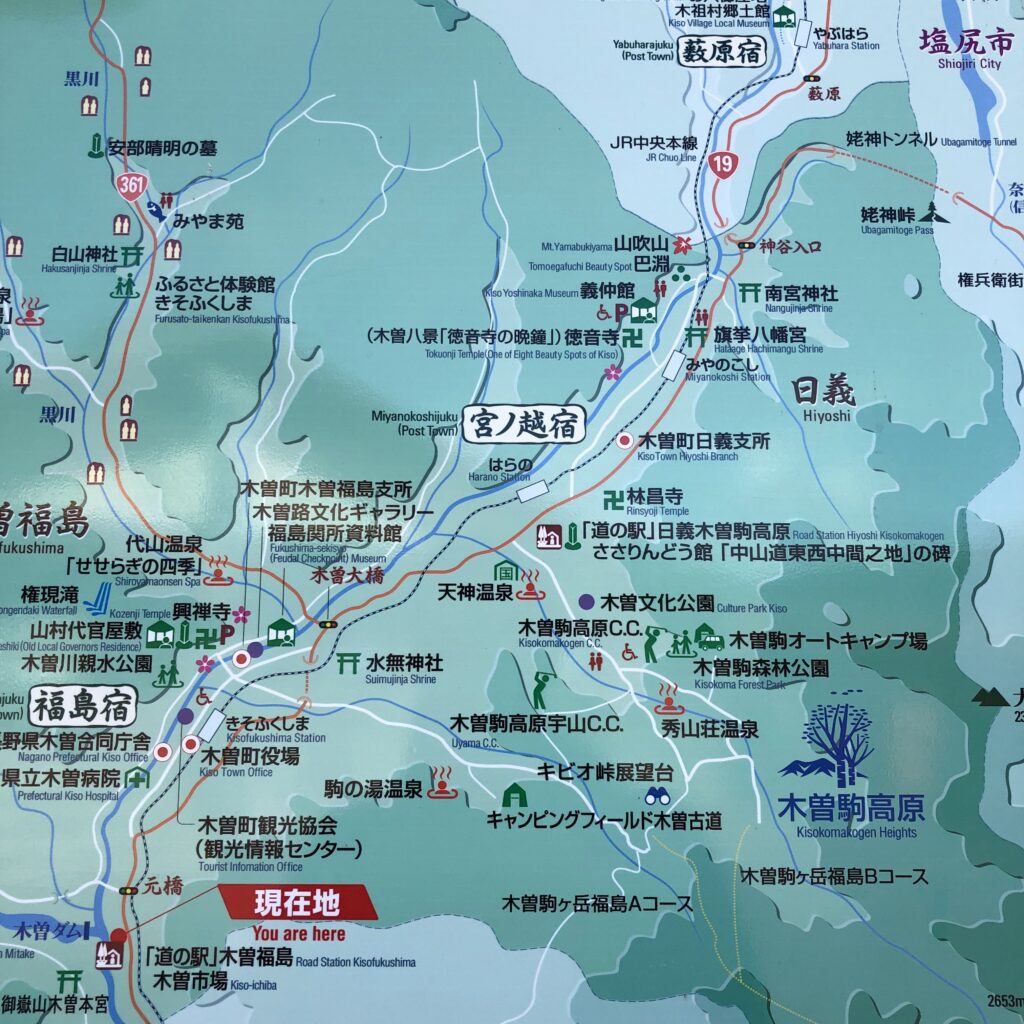
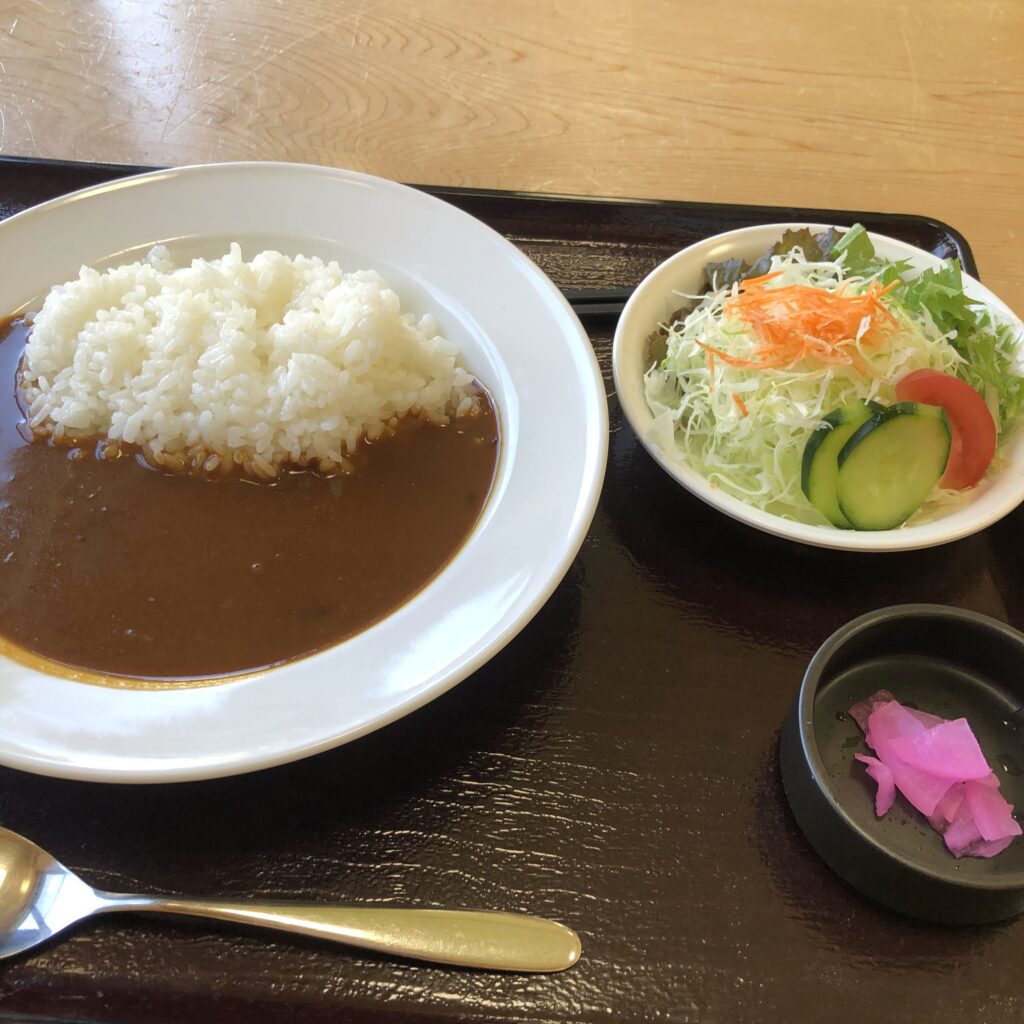

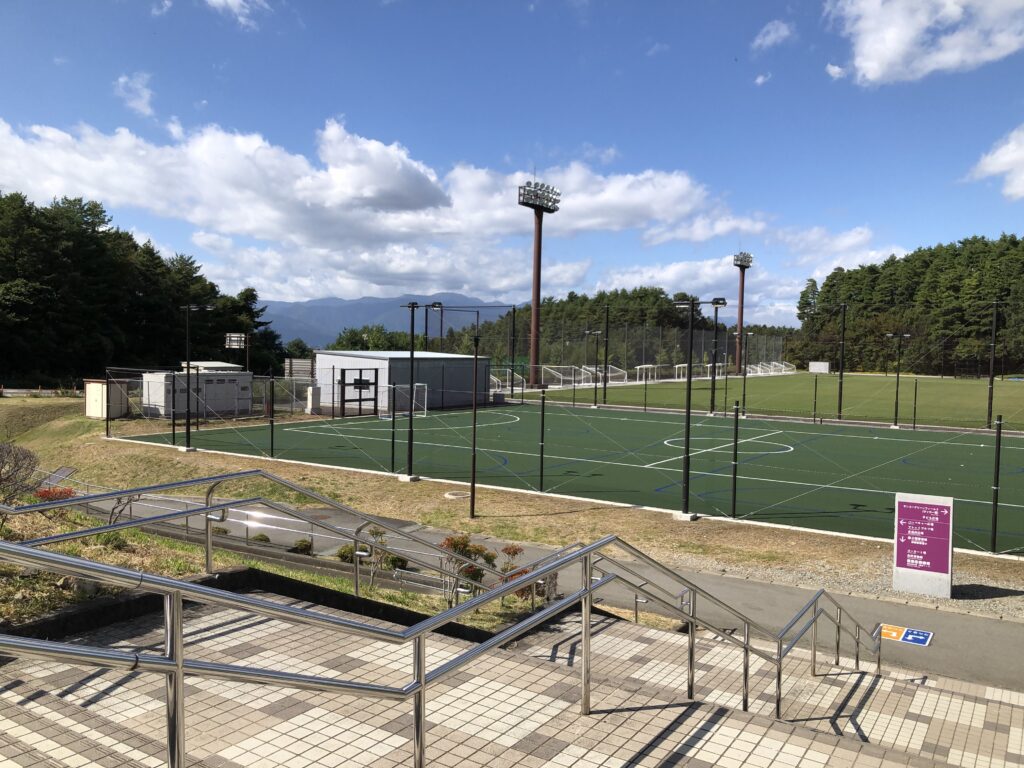

I continued to ride relentlessly. According to Google Maps on my navigation, it read “6 more hours to go.” The road stretched on and on. While taking in the scenery and maintaining a safe distance from the vehicles in front, I often found myself questioning, “What’s enjoyable about scattering gasoline all over the place?” But the answer was clear: “It’s the joy of clearing your mind, feeling the engine’s sound and vibrations.” As I pondered this, I arrived at Suwa Taisha around noon. This shrine is one of Japan’s oldest shrines, possibly even older than the more famous Ise Jingu, where even the Emperor pays his respects. If you’re interested, you can check out the Wiki page here.
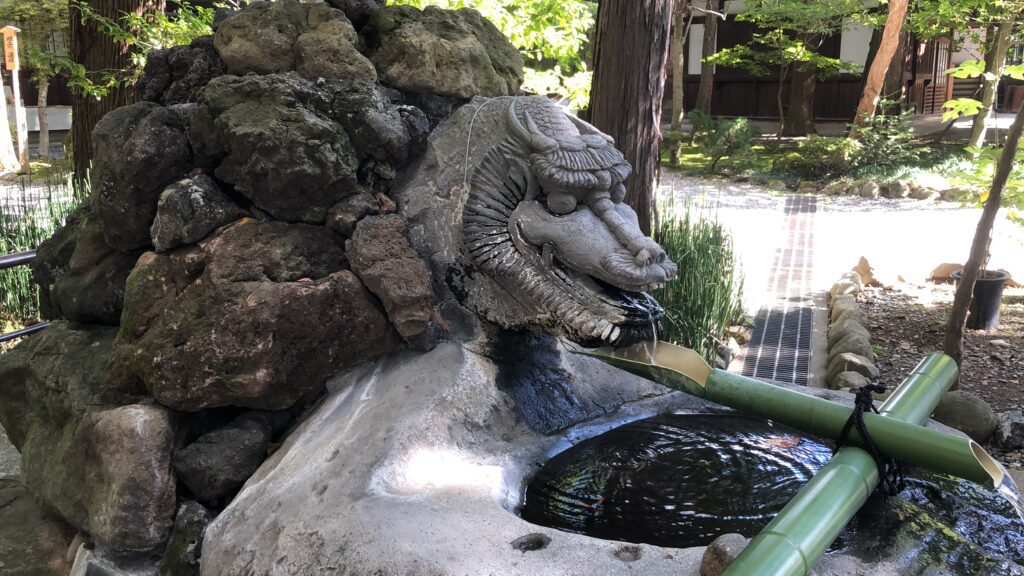

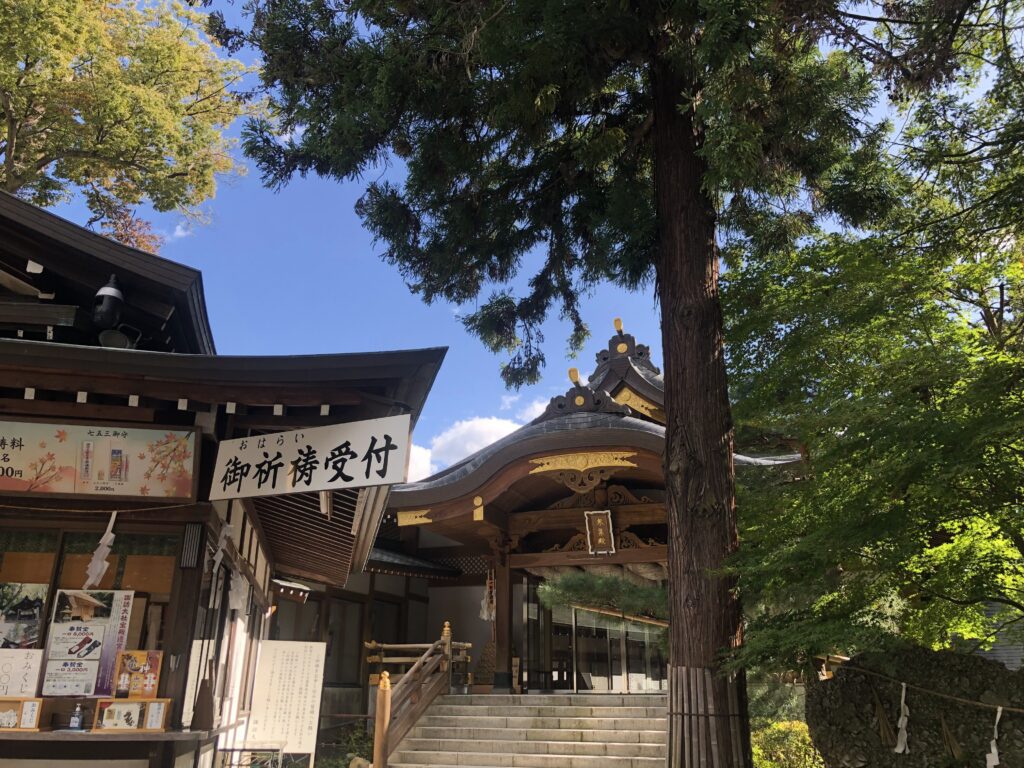

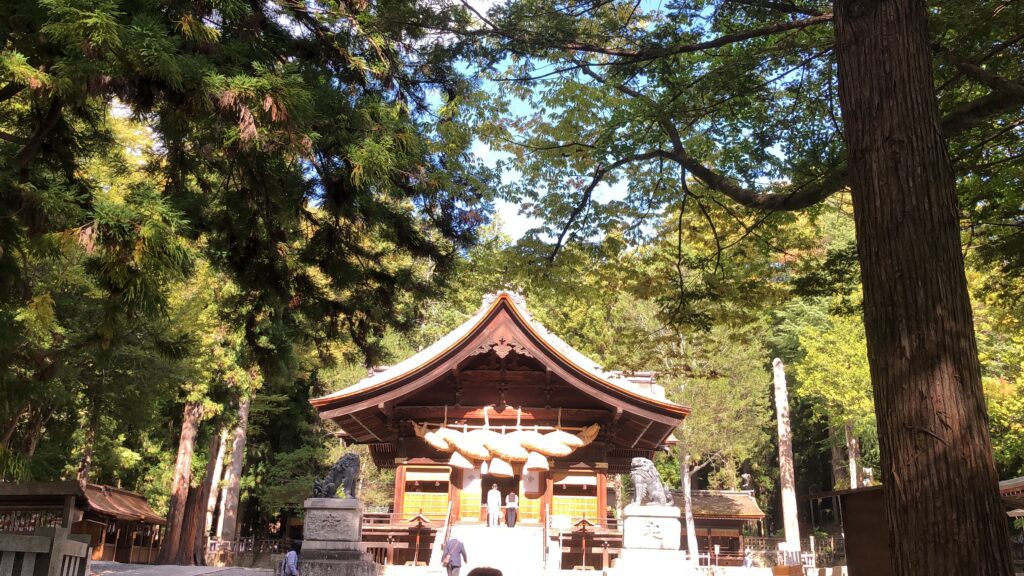


The precincts of Suwa Taisha had a very serene atmosphere. The passage of time felt unhurried, and I was filled with a refreshing sense of well-being. Shrine grounds, not just here but generally, often have a way of evoking such feelings. There must be something special about them.
Around 1 PM, I left Suwa Taisha and headed for Tokyo. Afterward, I relentlessly rode through high-altitude areas. The temperature dropped abruptly, making it quite cold on that day. I was dressed for autumn, with leather pants, two shirts, and a thin jacket that allowed the wind to pass through. The sky was overcast, so if it had been clear, I should have been able to see the high mountains in the distance, but on that day, there was no view at all. I felt like I was fighting against the cold and fatigue, riding desperately.
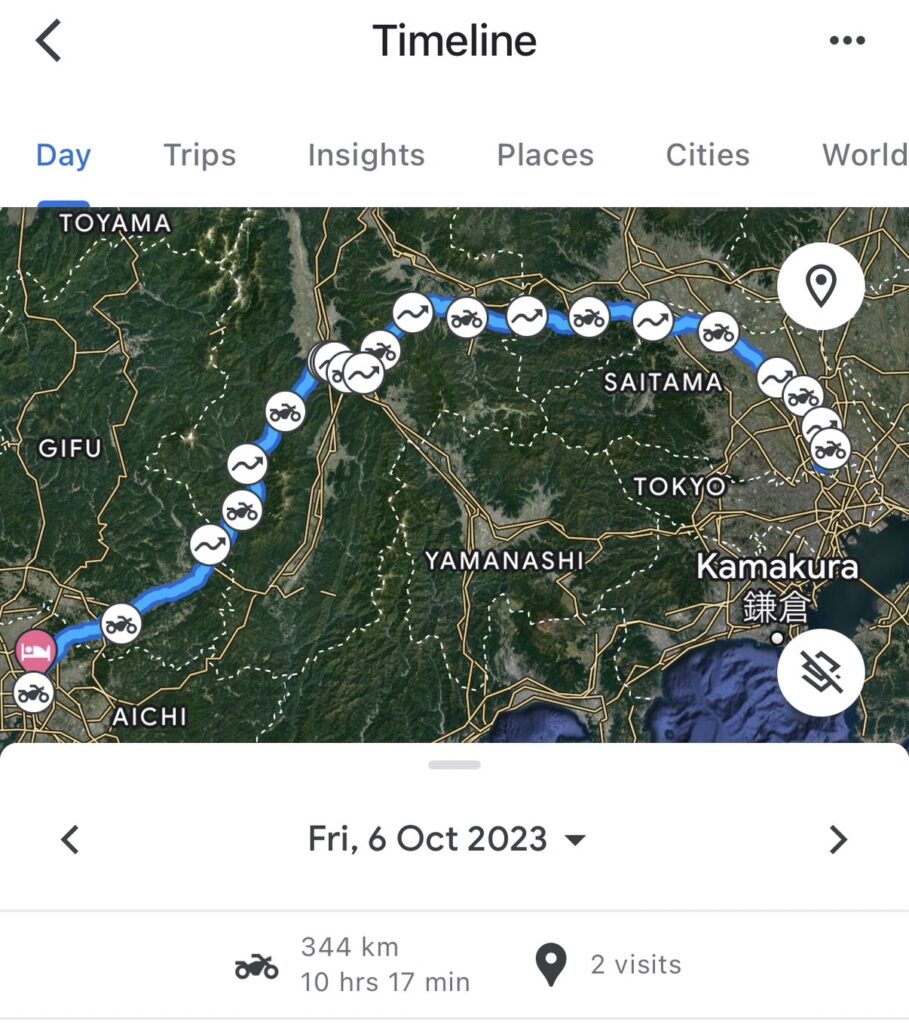
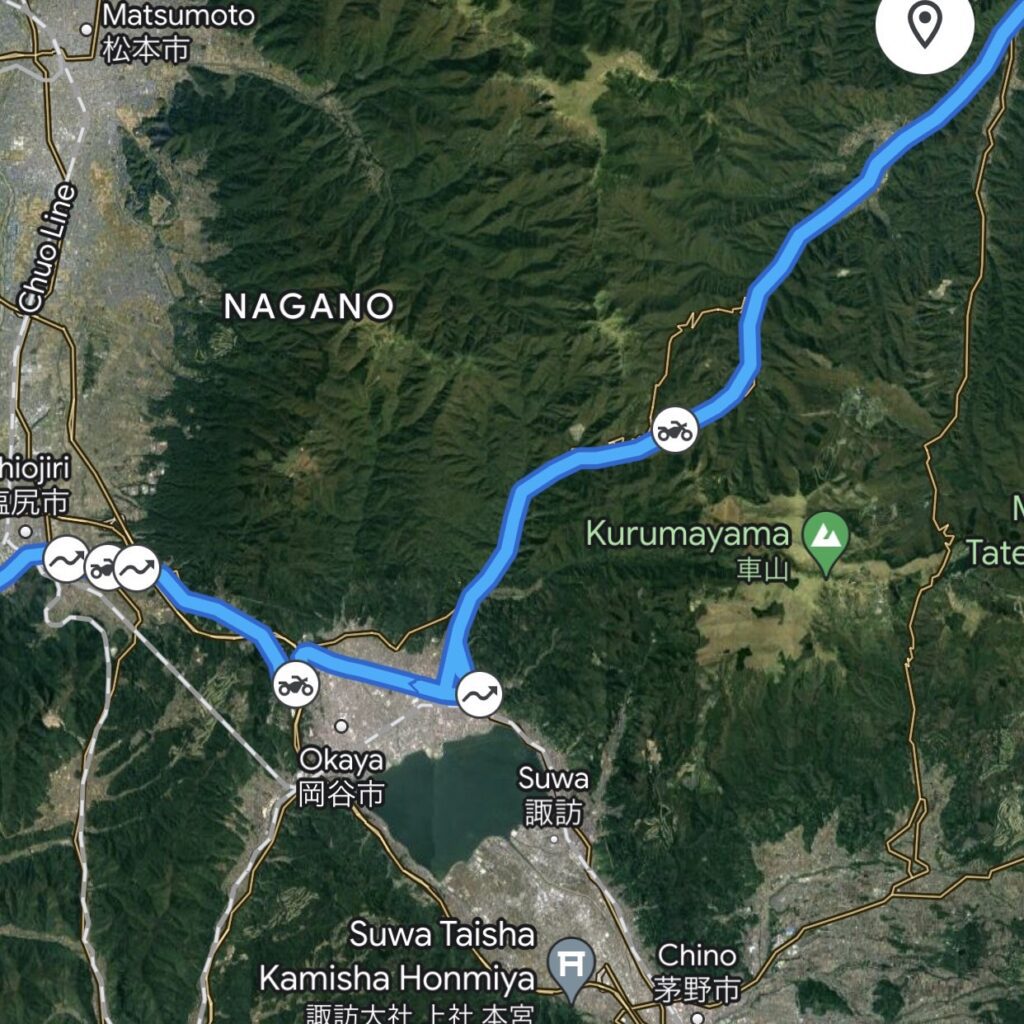
I continued to ride my motorcycle, battling the cold, and I was giving it my all. However, it was still late afternoon, and the cold was relentless. At this rate, it seemed like I would indeed arrive in Tokyo as planned by 10 PM. The night might get even colder. As I pondered this, I stumbled upon a hot spring in the mountains. I was overjoyed and decided to take a dip in the hot spring. Exhausted from the journey thus far, I found myself dozing off in the bath a few times. Thanks to this hot spring, my body warmed up completely, and I felt much of my fatigue melting away.

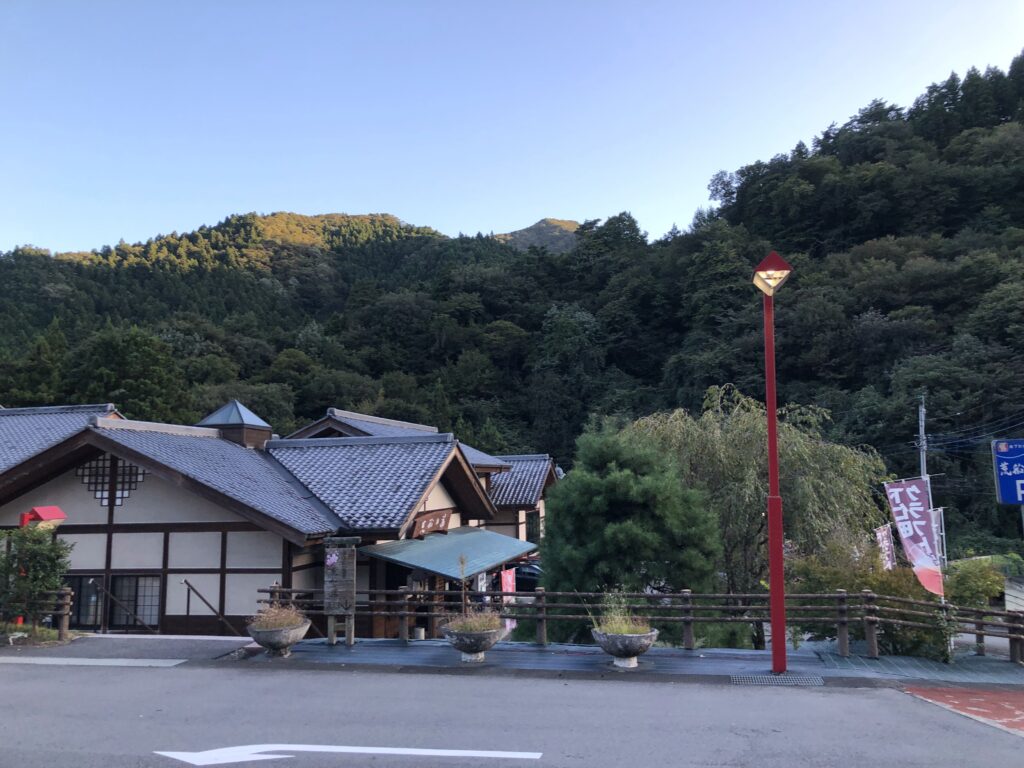

Now, I left the hot spring a little after 6:00 PM. My departure was delayed because I ended up falling asleep while soaking in the hot spring. Passing through the mountains of Gunma, the scenery changed from villages to towns and from towns to cities. By this time, it had already grown dark. I had been riding my motorcycle since a little after 7 AM, and according to Google Maps, it said, “3 more hours to go.” As I left Gunma and entered Saitama, I started to feel like I had almost arrived, as Saitama is a prefecture located to the north of Tokyo. However, it still took about two hours to traverse Saitama, which is quite large. During the day, you can see the vast Kanto Plain, and in the far distance, you might even spot the Yatsugatake mountain range. But because it was nighttime, I couldn’t see anything. Nevertheless, arriving in Saitama, a place far from my home and where I had lived for about a year, brought a sense of nostalgia. In this way, without the energy to take photos, I somehow managed to reach my hotel in Akabane, Tokyo, safely.
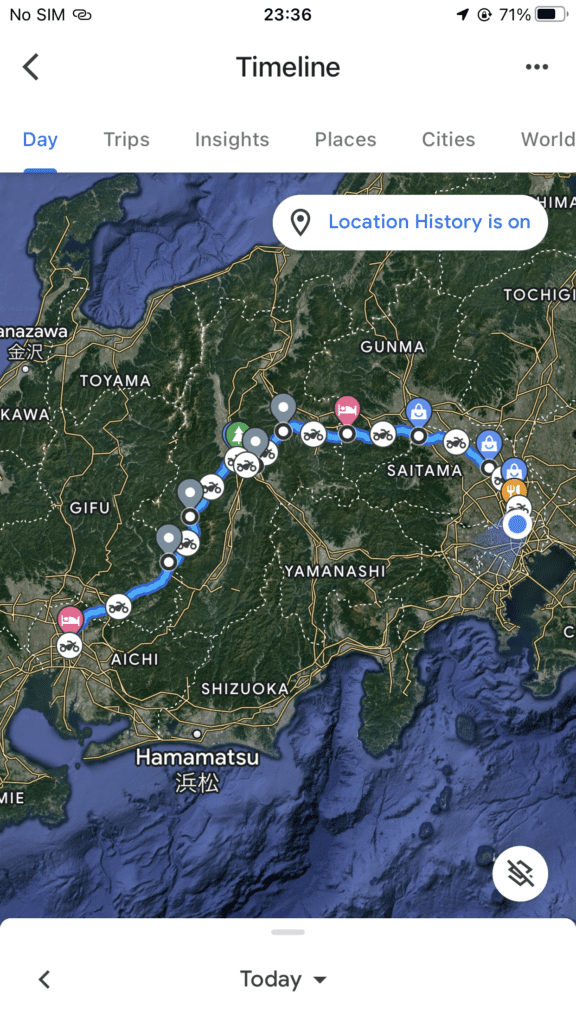
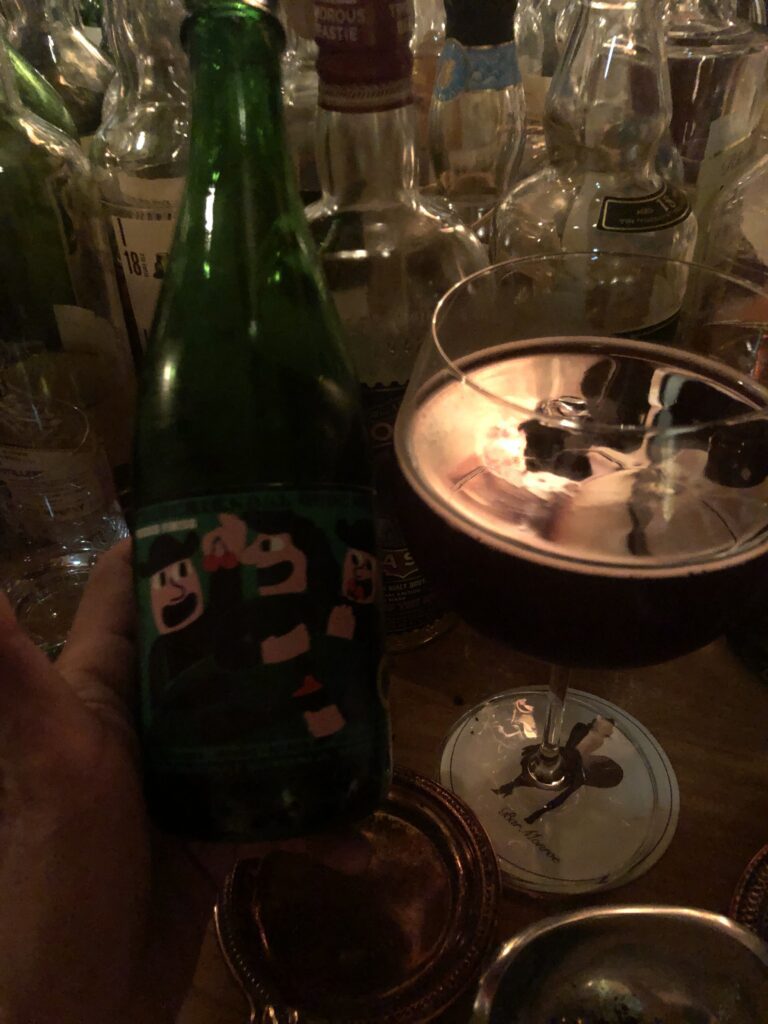
I went to a bar in Akabane, Kita-ku, Tokyo. It was a place where I could relax and unwind, and I had enjoyable conversations with the regulars. I also visited this bar the next day. It was conveniently located near my hotel. Akabane is a neighborhood that has been becoming trendy recently. In the past, it was more like a town where drunken old men rolled about, but nowadays, it’s densely packed with stylish bars and izakayas, drawing a lot of young people.
The next day, the weather was wonderful. I went to see the Skytree and visited a cafe recommended by my favorite YouTuber. I had lived in Tokyo for about 8 years, but that was more than 15 years ago. At that time, I didn’t own a car or a motorcycle, so this time, I was able to ride through the city on a motorcycle for the first time, and it felt great.

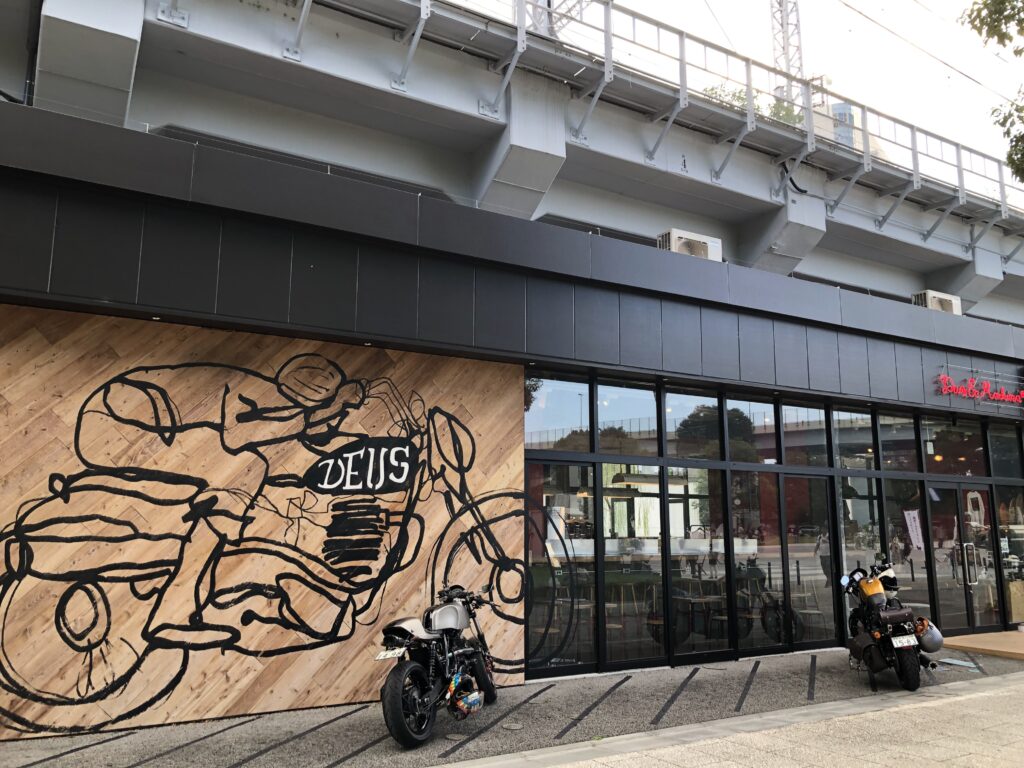
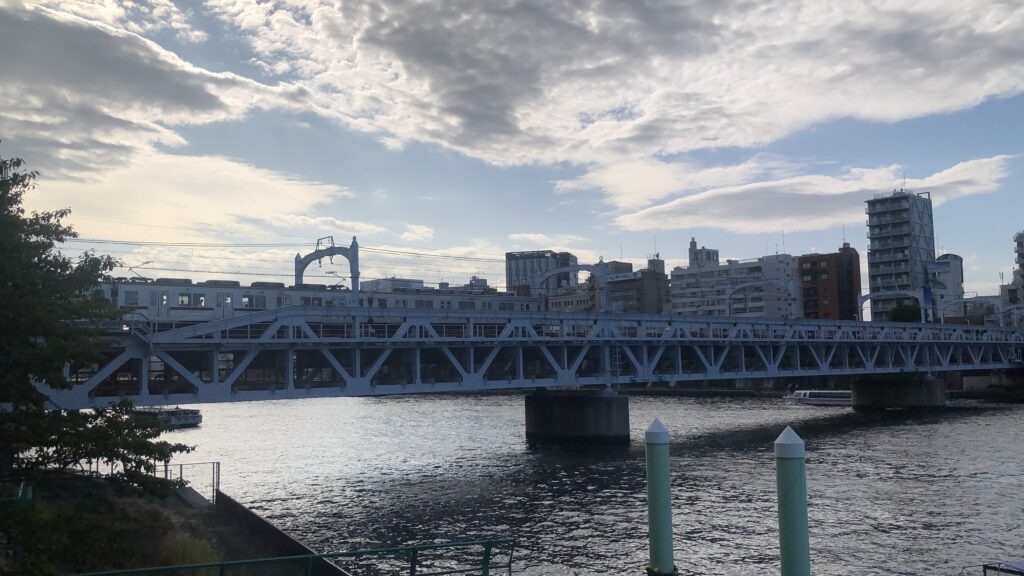

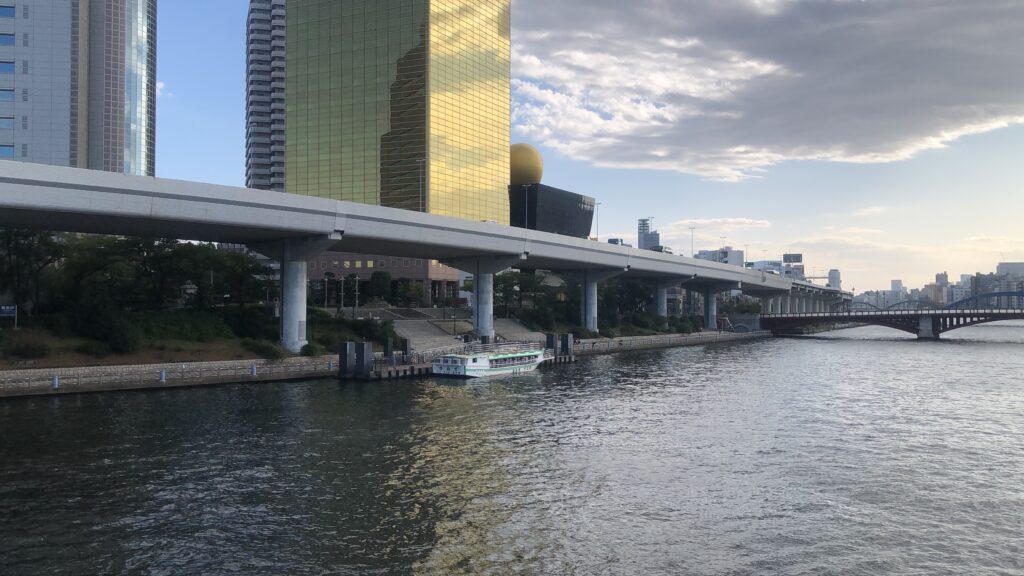
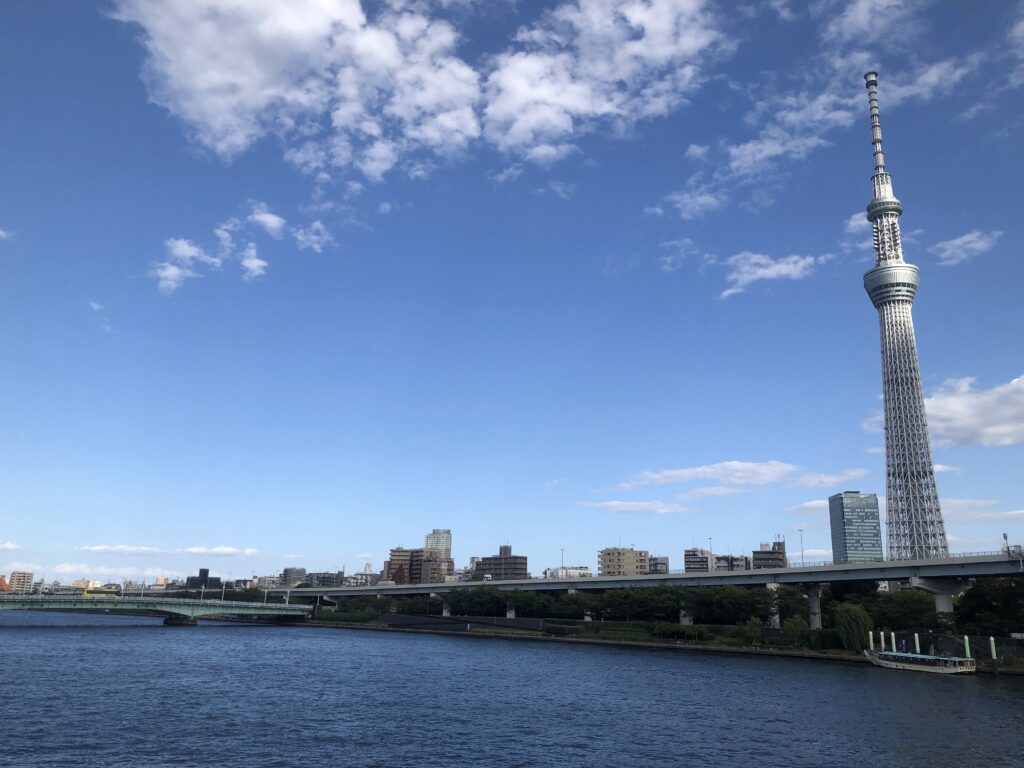
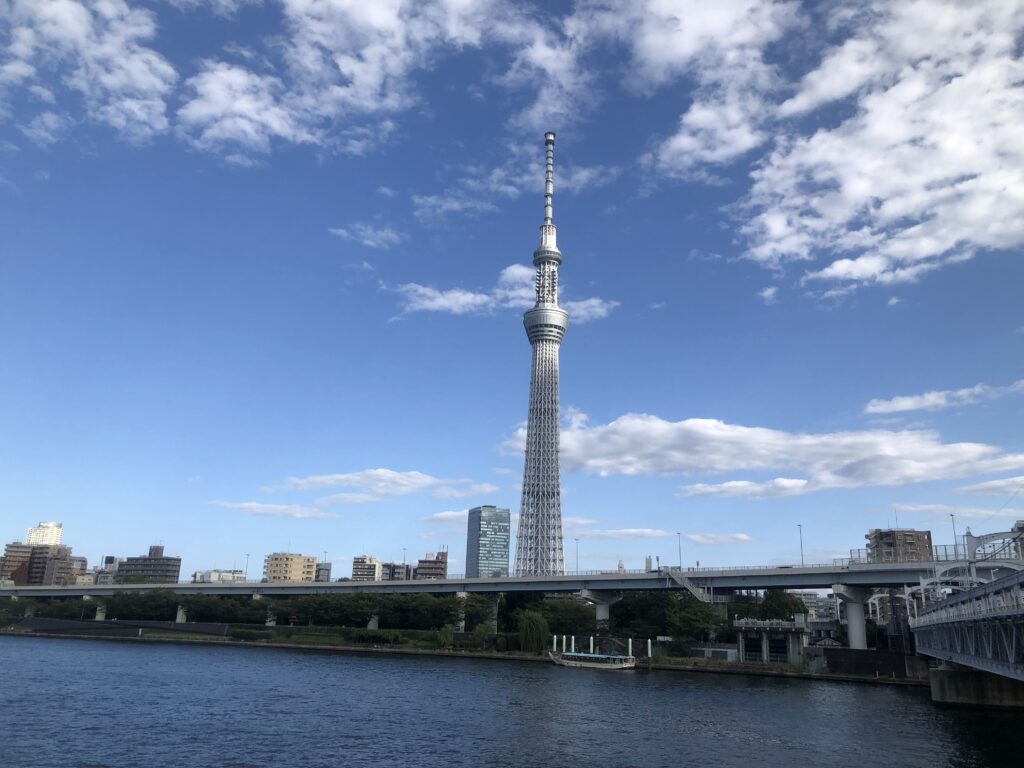
After that, I went to what you could call a “black company” where I used to work in my twenties. The building where the company was located now housed a different company, but being there brought back memories from back then. The painful memories turned into wry smiles, and the enjoyable memories came flooding back.


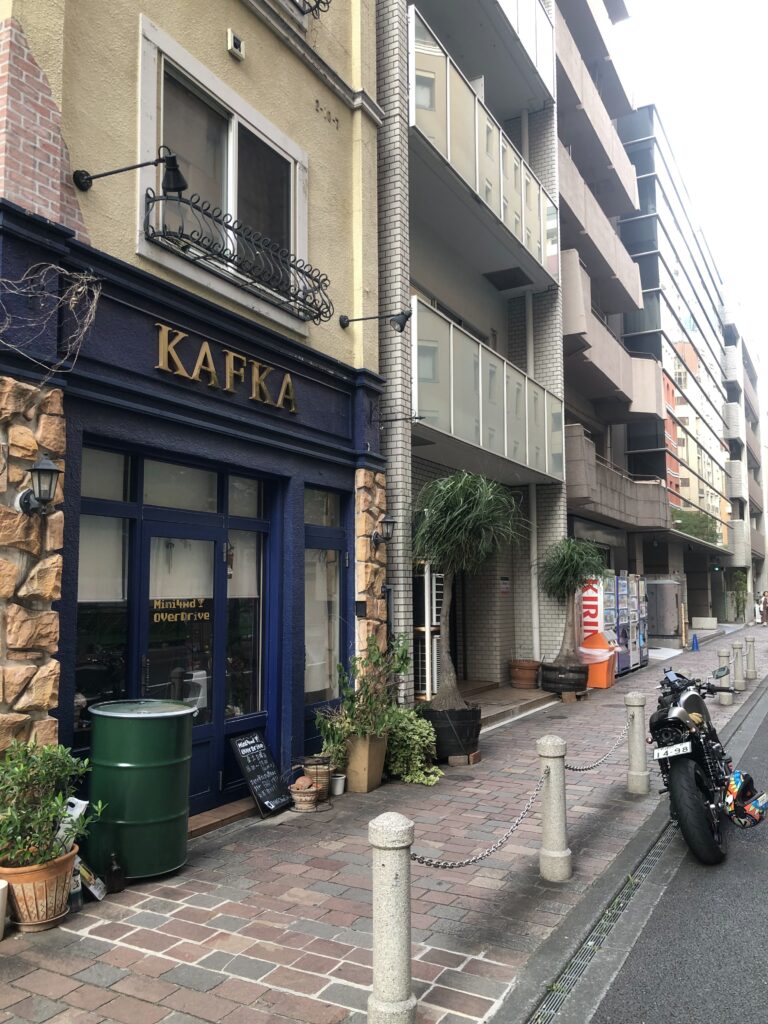
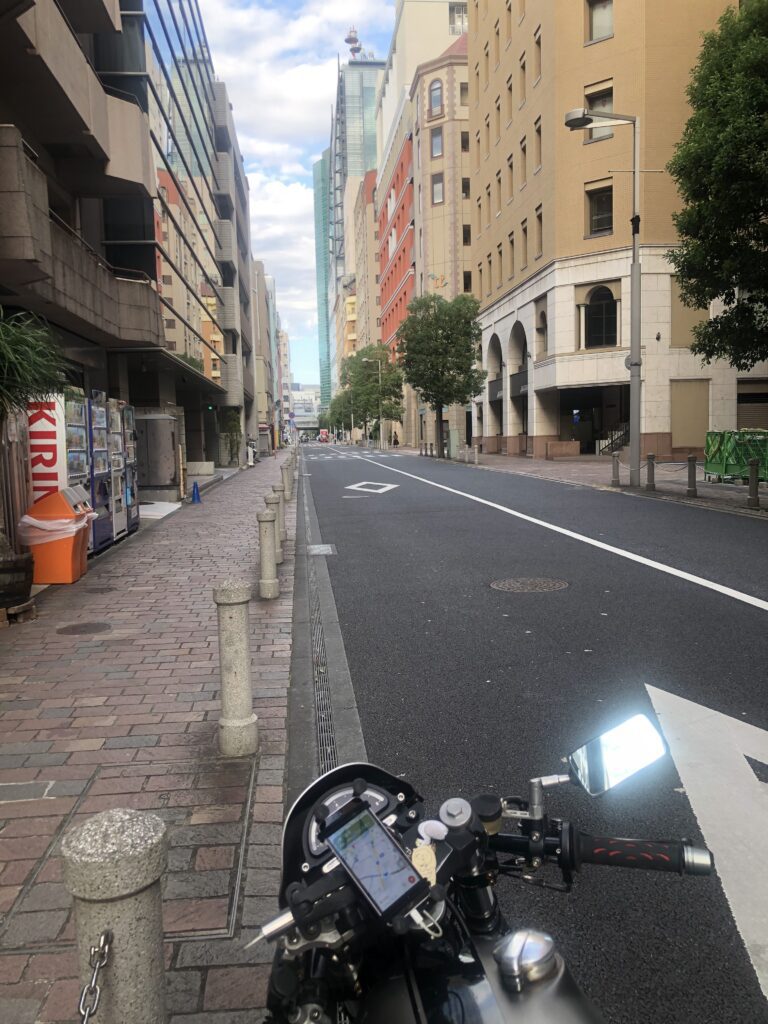
With some time to spare before my evening meal with friends, I visited the Imperial Palace and the National Diet Building.

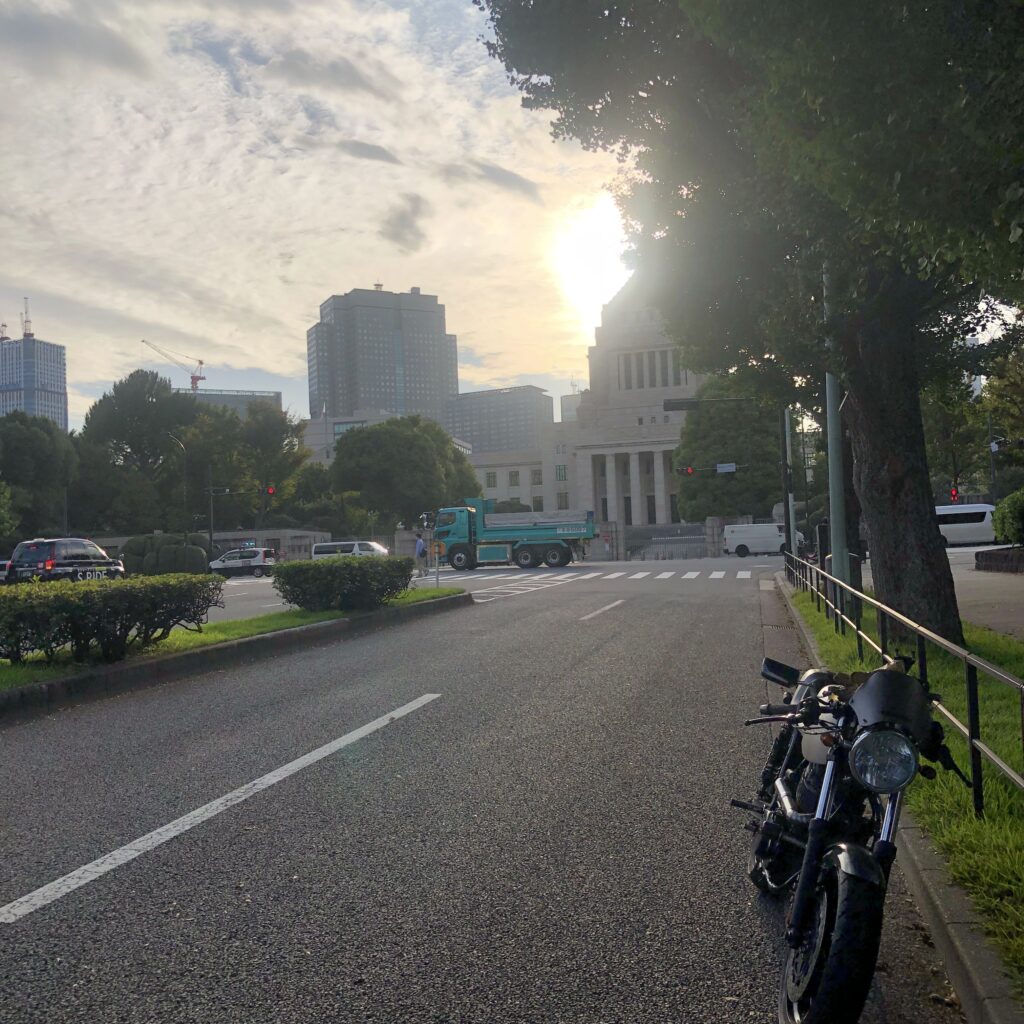

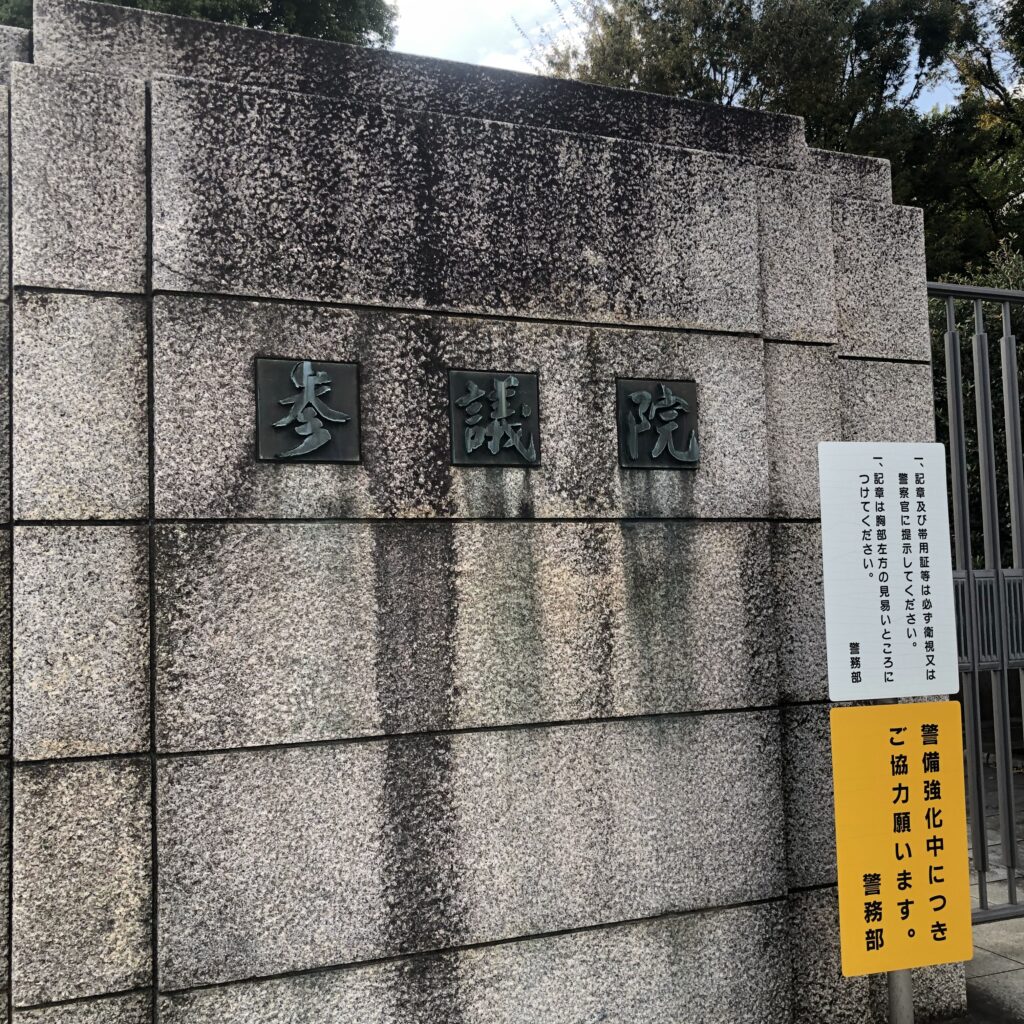
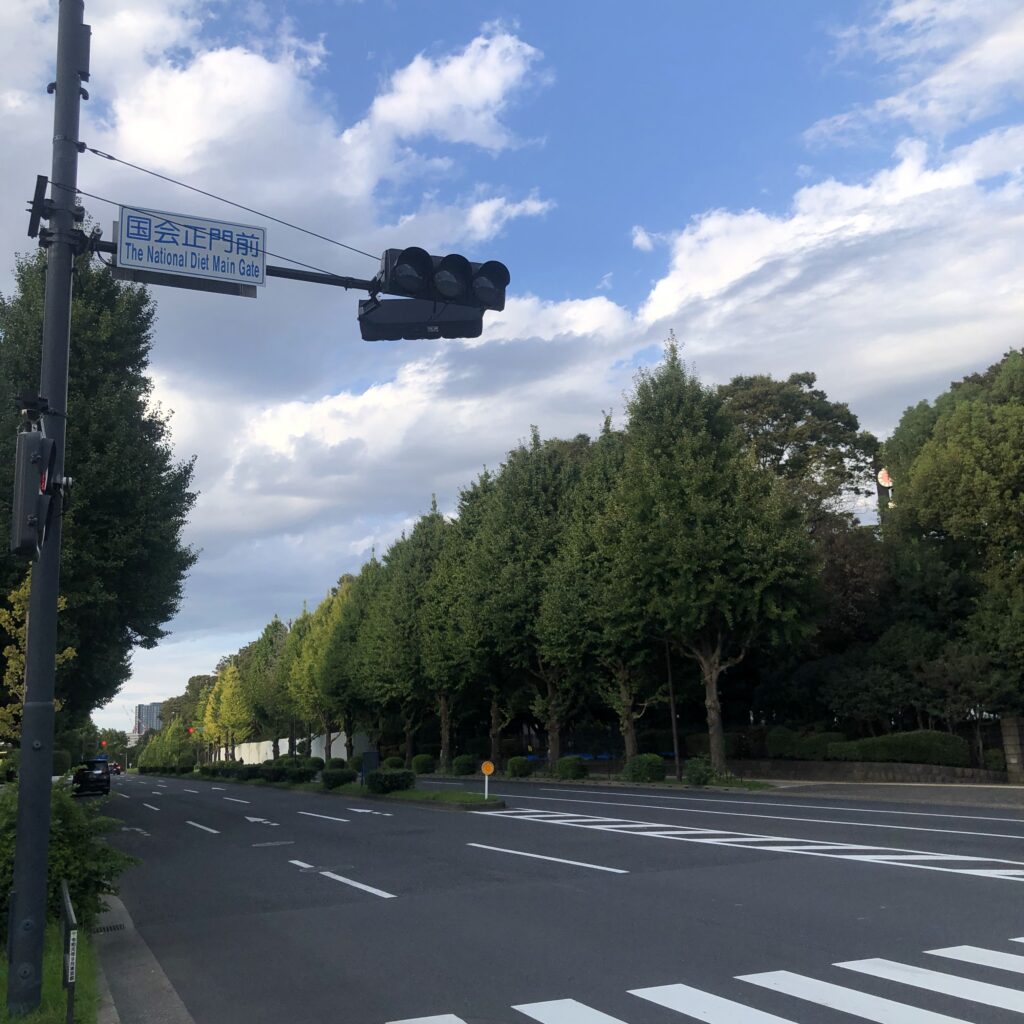

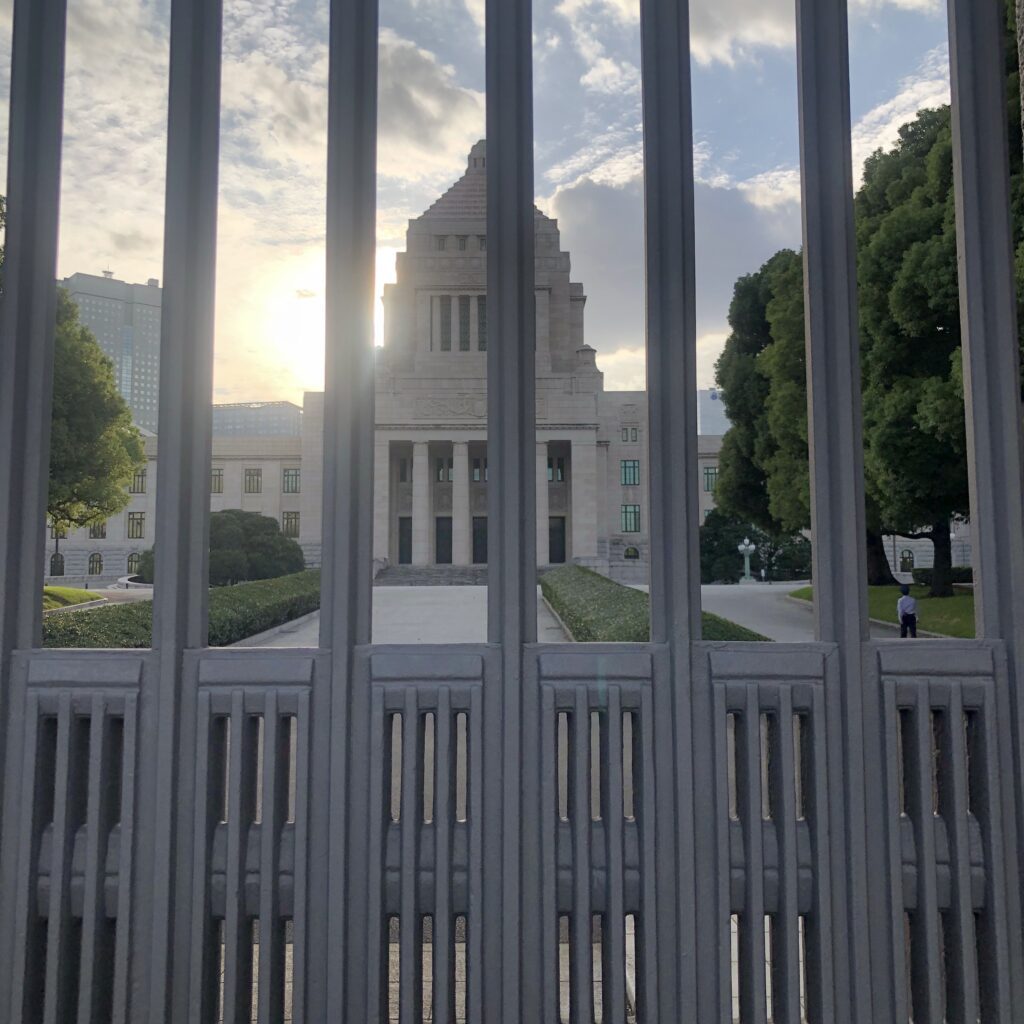
The area around the National Diet Building had tight security, and I couldn’t find a place to casually park my motorcycle. So, I ended up circling around the Diet Building about four times. The police officers on security duty seemed somewhat baffled and appeared to be smiling.
I recorded a video, but it’s quite hard to make out. I had to awkwardly point my iPhone, which I had attached to the motorcycle’s handlebars for navigation, outwards for filming. It would be great to have a GoPro or something similar, but I’m not a YouTuber, so I don’t own one. However, I occasionally feel like getting one.
In the evening, I returned to Akabane, Kita-ku, Tokyo, which is approximately 40 minutes from the city center. I parked my motorcycle at the hotel and took a 4-minute train ride to Nishi-Kawaguchi Station in Kawaguchi City, Saitama, where I met my friend. We went to a Chinese restaurant. The restaurant’s manager was someone from the place I used to frequent about 20 years ago for around six years. Back then, I worked for a “black company,” so I commuted home by the last train every day. I would arrive at my nearest station around midnight and visit this Chinese restaurant right next to the station about four days a week. Having moved from the countryside to Tokyo, I didn’t have any friends, and my job was tough. I loved reading, and I cherished the time I spent in this restaurant, enjoying beer and Chinese food while reading. I had my usual dishes and drinks, so the manager quickly memorized my preferences. When I entered the restaurant, he would serve me beer and food without taking my order. He didn’t disturb me when I was reading, but he would strike up a conversation when I was relaxed. The manager often talked to me about how challenging his life was and his dream of owning his own restaurant. At the time, he worked without a day off from lunch to 2 AM. His eyes were always bloodshot. He never consoled himself but instead encouraged me, someone who was working in such a challenging company, commuting home by the last train every day. Even in difficult circumstances, he never complained or spoke negatively, always looking forward and sharing his dreams and cheering me on. I went to see him after 15 years to reconnect with such a person.
By the way, the manager of that restaurant realized his dream shortly before I moved from Tokyo to Kyoto, and he now has his own restaurant. His restaurant was still thriving.
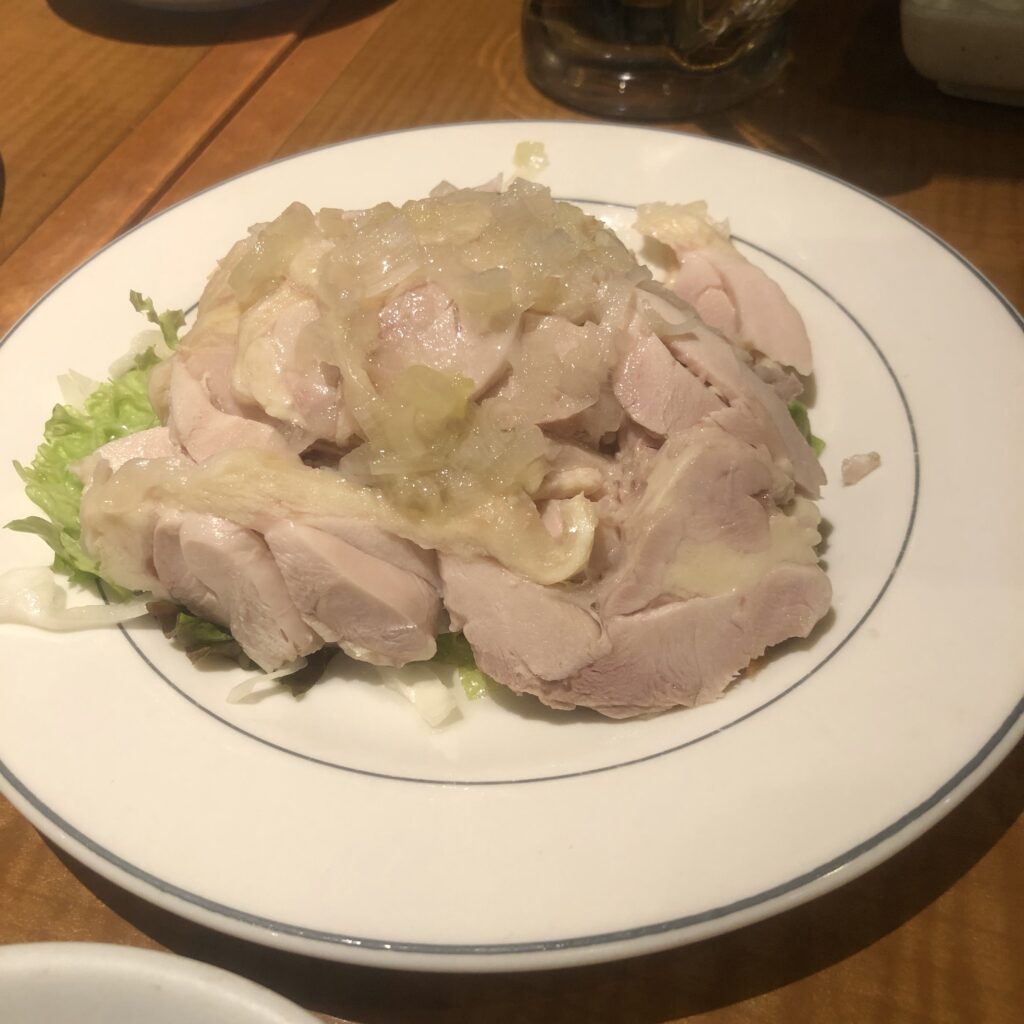
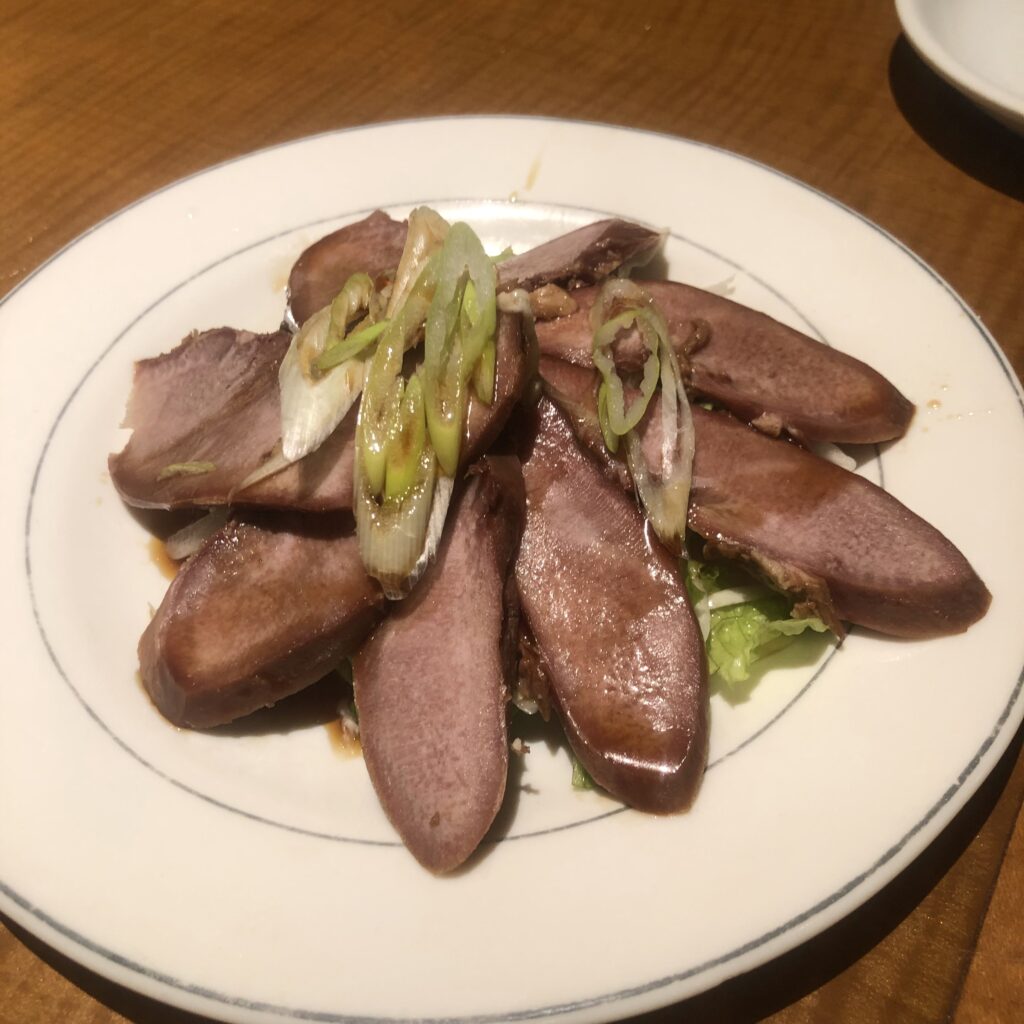
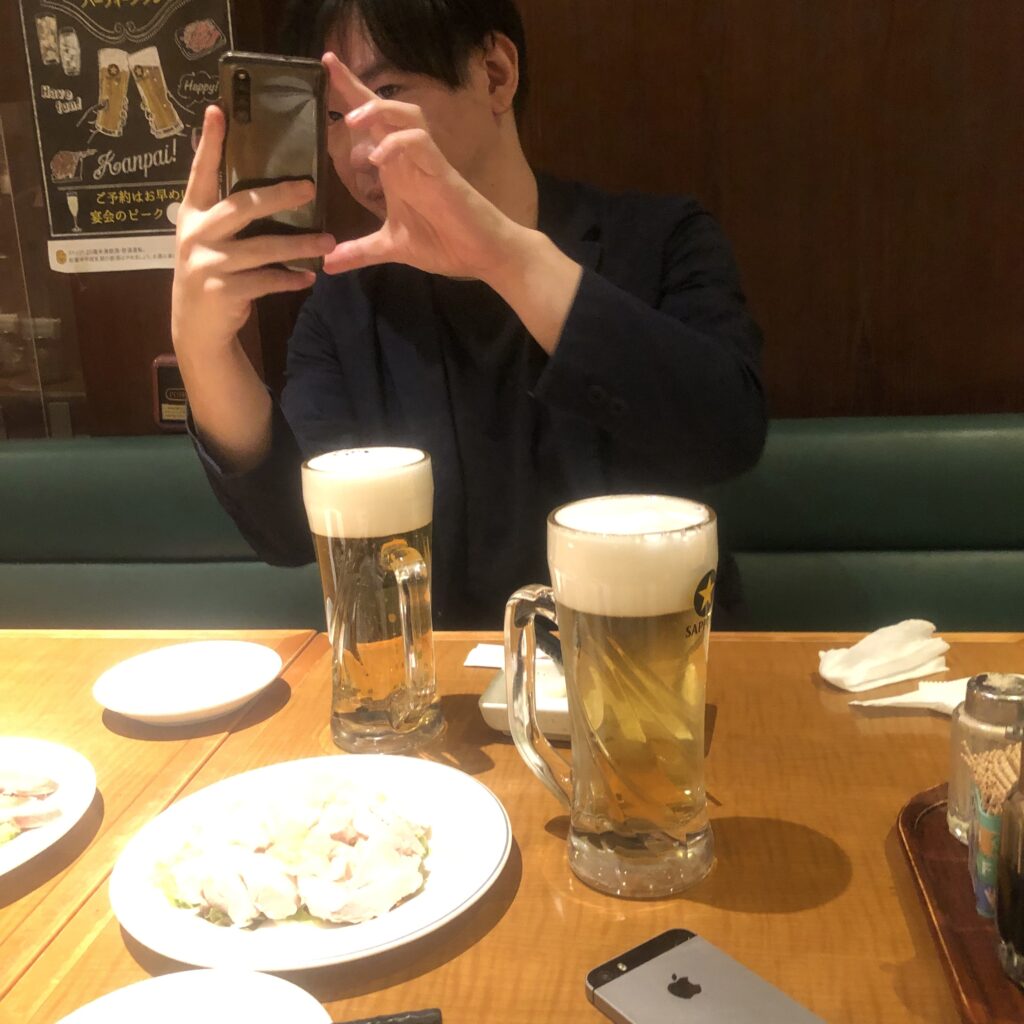
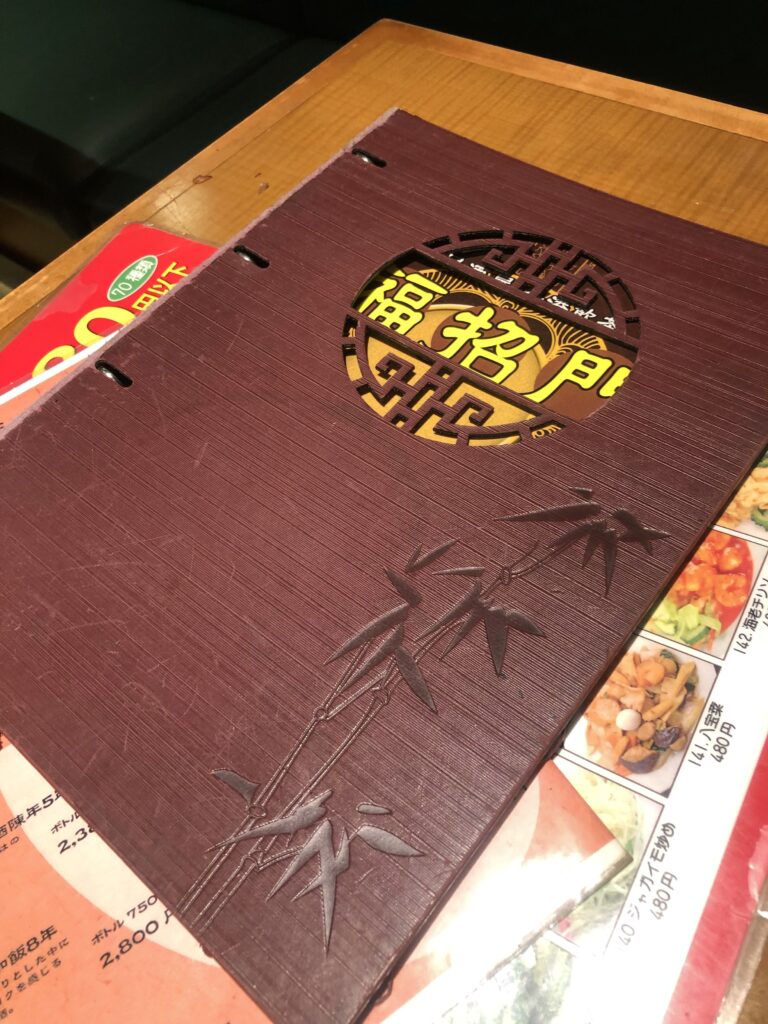
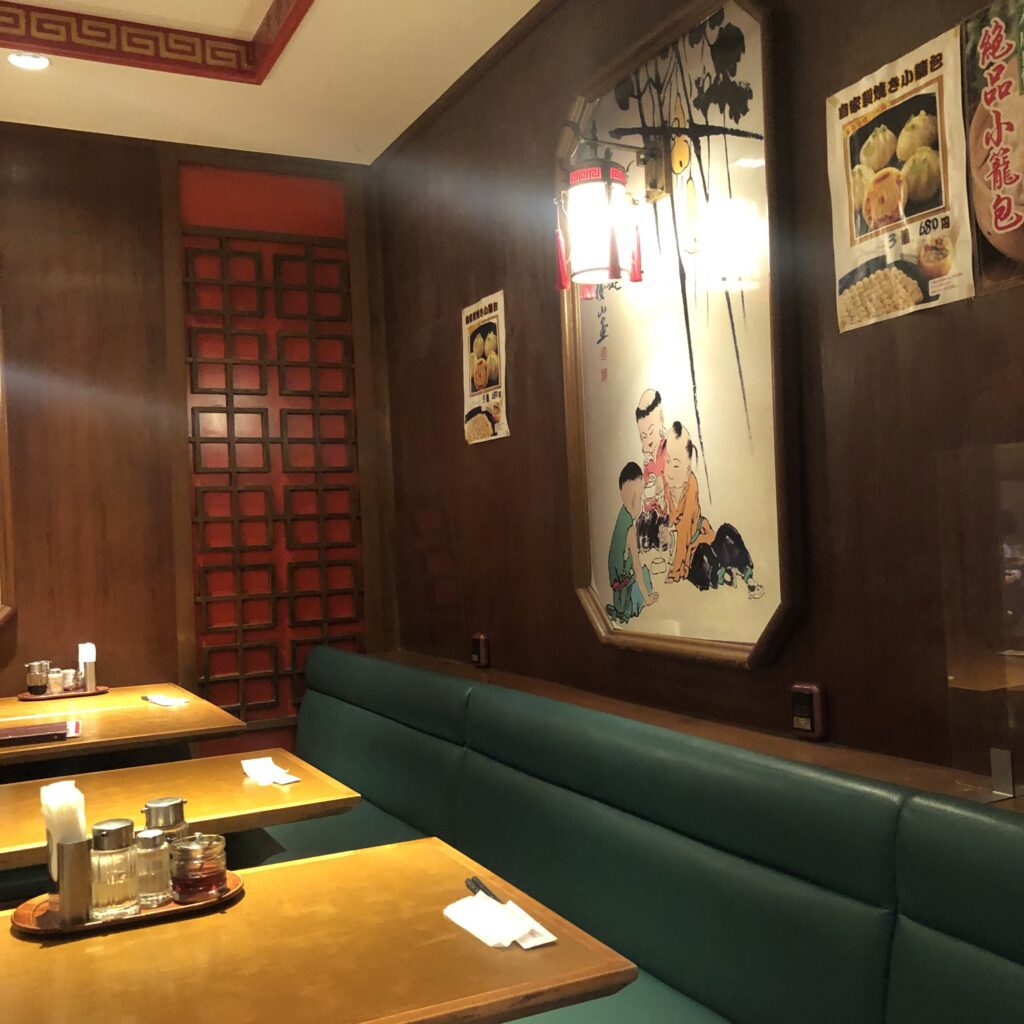
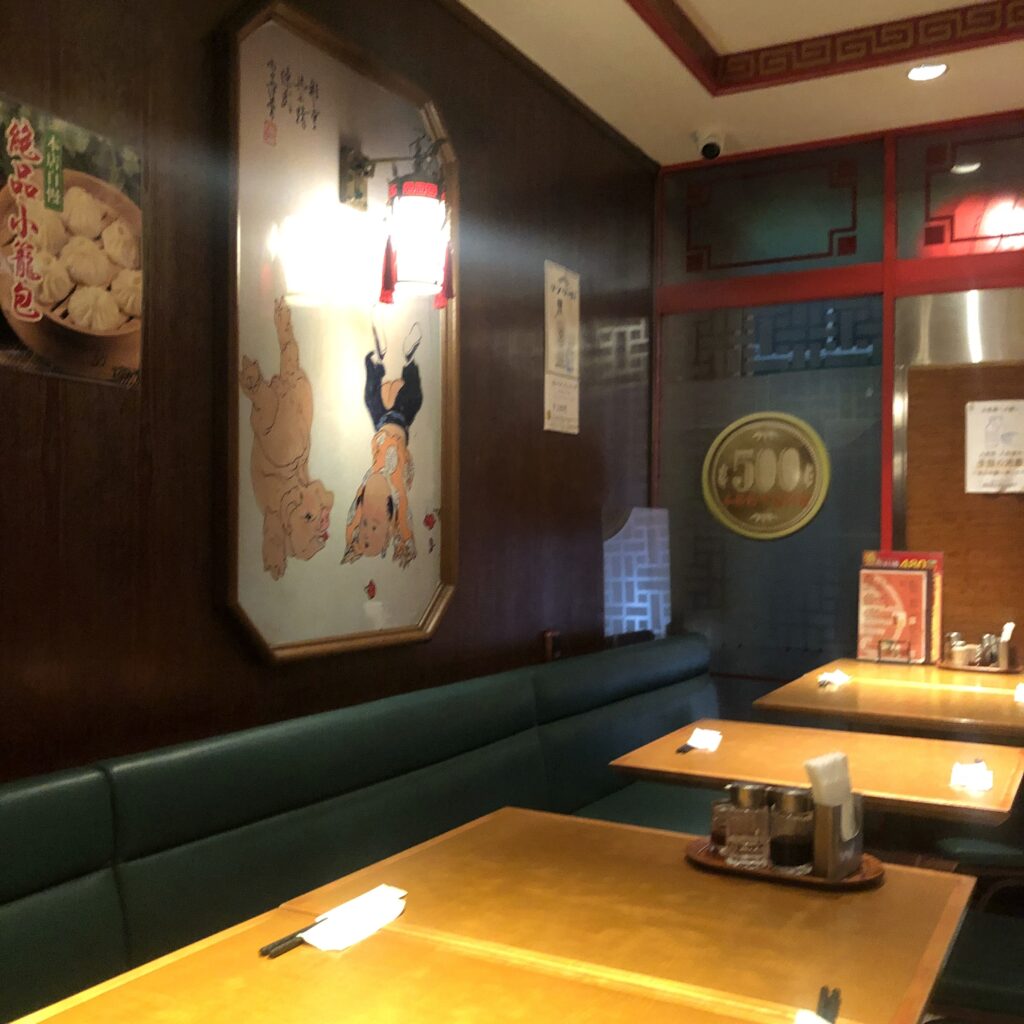
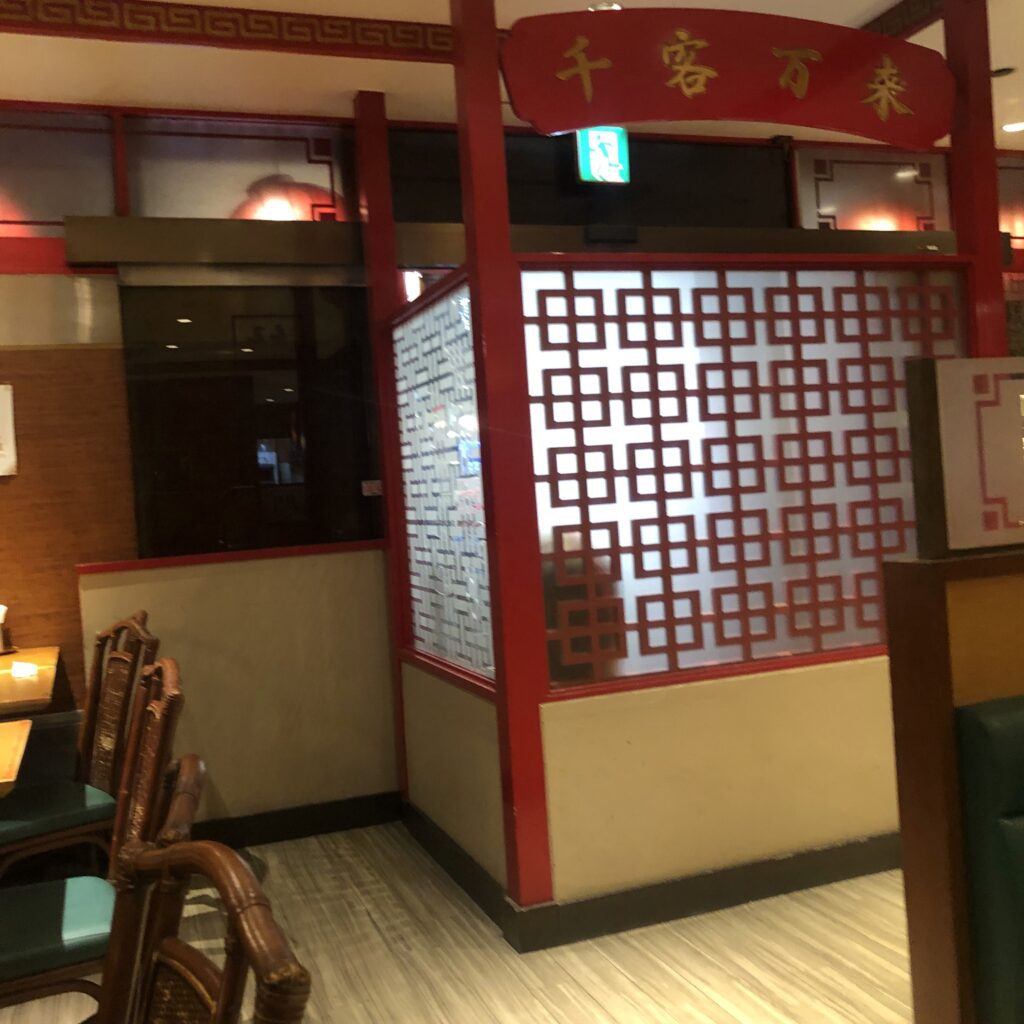

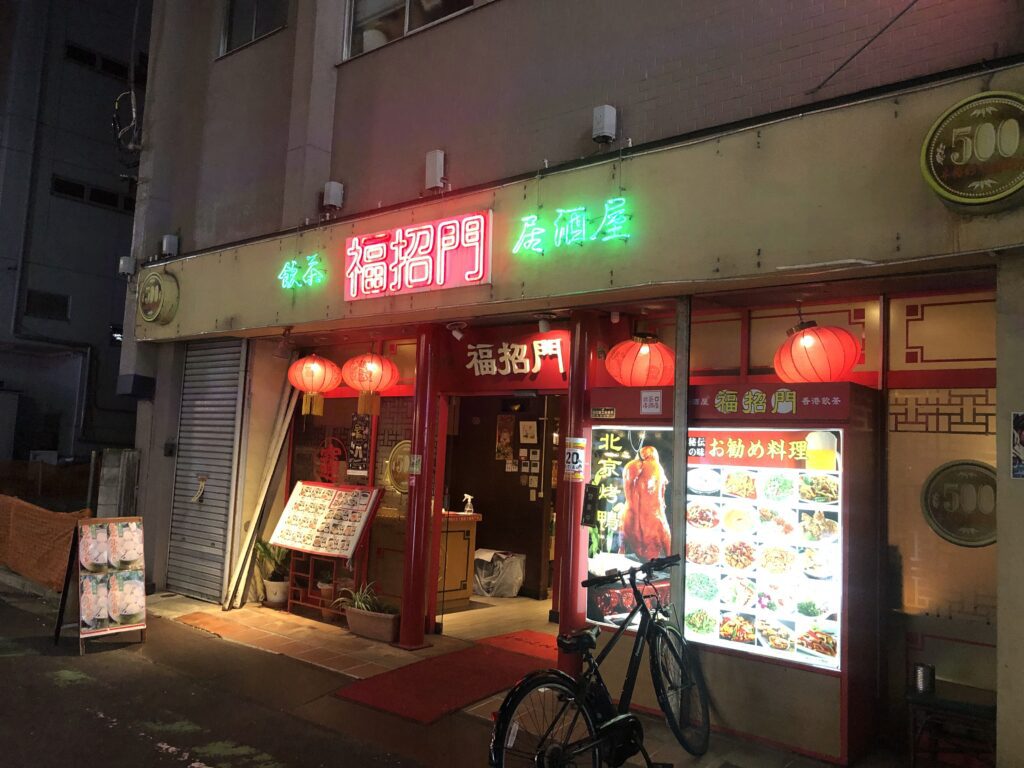
Even after 15 years, the manager remembered me. He greeted me with, “Long time no see! Welcome back!” I was so moved that I almost teared up, but the manager welcomed me warmly. I enjoyed Chinese cuisine with my friend while reminiscing about the blissful memories of the past, much like a hot cup of milk.
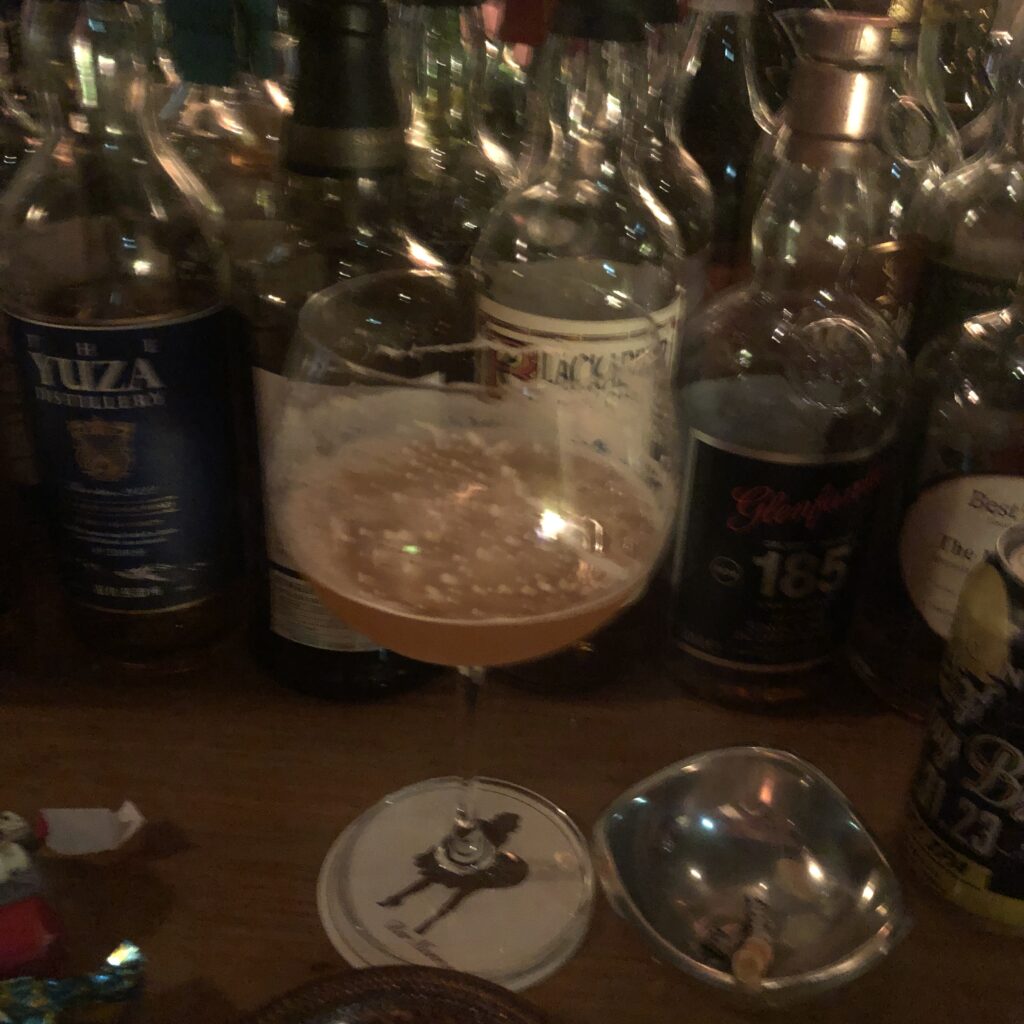

I enjoyed drinks and dinner with my friend until the last train, and then I returned to Akabane after telling the manager, “I’ll be back.” After parting ways with my friend, I felt like extending the fun a bit more, considering my departure from Tokyo the next day. So, I headed to the bar I visited the previous night.
I had various enjoyable conversations with the bar’s master and received advice about my upcoming trip to Okinawa at the end of the year. The master was a big fan of Okinawa and mentioned that he visits Okinawa several times a year, traveling all the way from Tokyo. By the way, I was recently gifted a trip to Okinawa by one of my wholesale clients. I used their pearls to create necklaces and engaged in sorting and finding sales channels on my own. I did it because I enjoyed it, and I told them that money wasn’t necessary. However, I made a decent profit through my transactions, so they kindly gifted me the Okinawa trip.
In any case, receiving advice about Okinawa from the master of the bar in Akabane was quite helpful. With this enjoyable and brief trip to Tokyo, my journey came to an end.
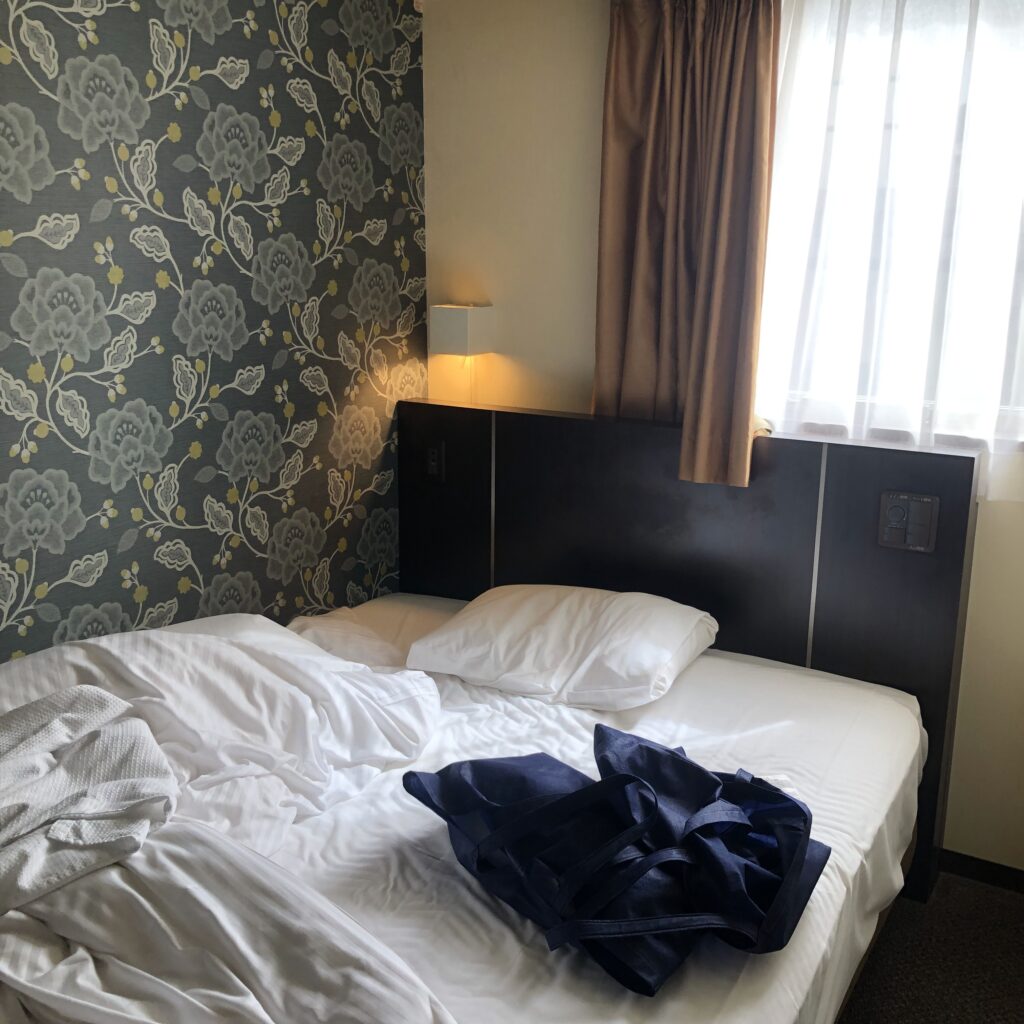
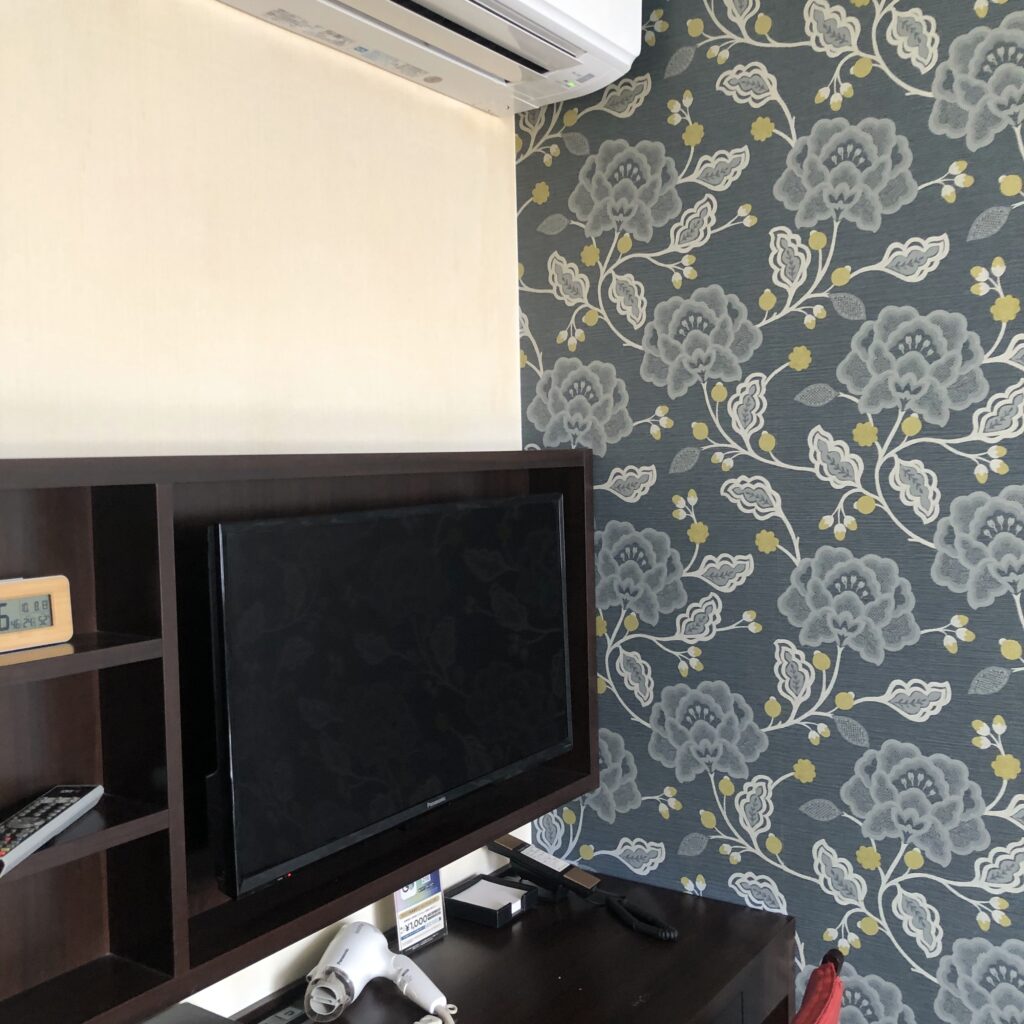



The journey from Tokyo to my first overnight stop in Nagoya was quite challenging. It was a nice day until around noon, but in the afternoon, the weather turned rainy. As it was a three-day weekend, the roads were congested. You can see Mount Fuji from Tokyo, as well as from Kanagawa Prefecture to the south, and even from Shizuoka Prefecture, where Mount Fuji is located. Despite riding for about 8 hours on a route where Mount Fuji should be visible all the way, the mountain remained hidden behind the clouds. Due to the rain and wet roads, I had to be cautious, and it was getting dark early, which made the journey feel a bit precarious.
After about 7 hours of riding, I took a break at a convenience store along the way. There, I met two fellow travelers who were also on a tour. One of them, who appeared to be around 60, was from Kobe, just like me, and our destination for the day was Nagoya as well. When I mentioned that I wanted to see Mount Fuji but couldn’t due to the weather, he just smiled and said, “It’s a shame about the weather, but being able to talk like this while riding a motorcycle makes me happy.” Motorcycles are indeed quite dangerous, so being able to ride one without accidents is a source of happiness in itself. I thought he was absolutely right. It allows you to be humble, experience moments of happiness, and appreciate the joy in life.
After this encounter, I continued my journey to Nagoya on my own. It was already past 5 PM, so it was quite dark. Along the way, I passed by Lake Hamana, a famous tourist spot, but it was pitch black, and I couldn’t see anything. The road along the Pacific Ocean could have offered a magnificent seascape during the day, but in the darkness, I just continued to ride while feeling the chill. Various thoughts floated in and out of my mind, but in the end, I believe I wasn’t thinking about anything specific. I was simply enjoying the act of taking action with my own will, feeling the heartbeat of my motorcycle, and listening to the sound of its engine. Riding in the rain, shivering from the cold, I might have chuckled to myself, wondering what was so happy about it.
At one point, I stopped for a break at a “Michi-no-Eki” or a “Roadside Station.” Many people there were saying, “It’s so cold today.” Inside the “Michi-no-Eki,” there were numerous shops, including one that caught my attention. I’m currently quite passionate about handkerchiefs made from towel fabric. So, I was browsing through a selection of cute floral-patterned handkerchiefs while the older ladies in the shop also had sparkling eyes, excitedly picking their favorite designs. I am, in fact, a middle-aged man who enjoys heavy metal and hard rock music like Ozzy Osbourne and Metallica. But at the same time, I absolutely love floral patterns. After enjoying the various designs of these handkerchiefs, I decided to purchase two with floral patterns. So, the souvenirs I bought on this trip were 100g of coffee beans and two handkerchiefs.
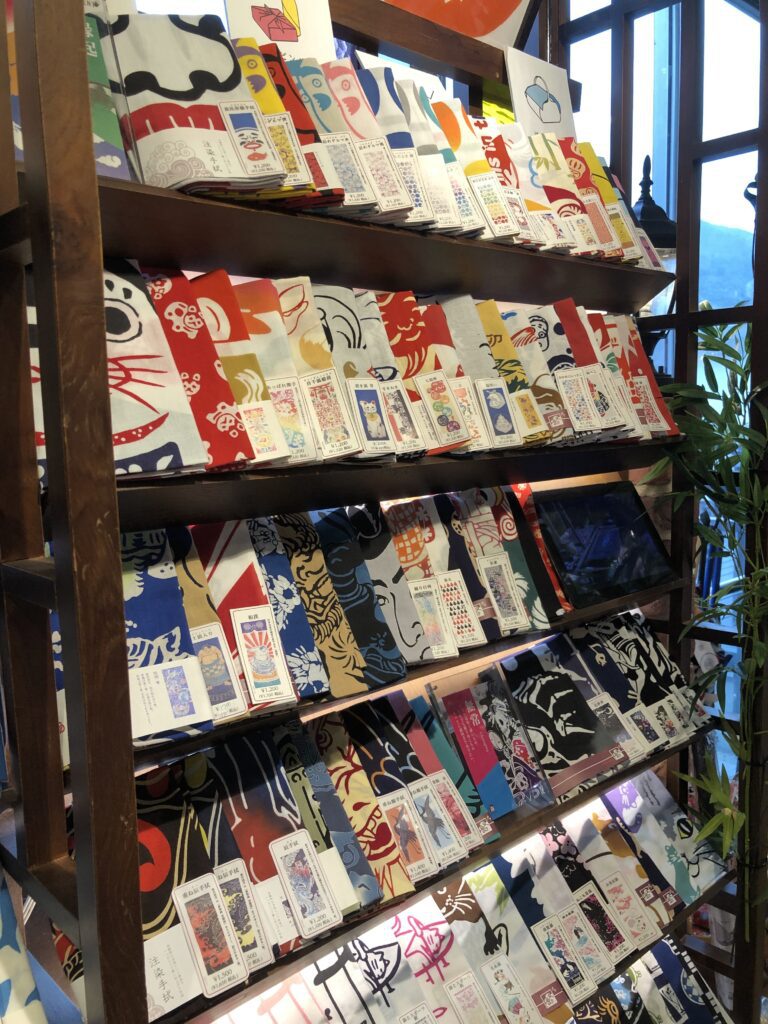
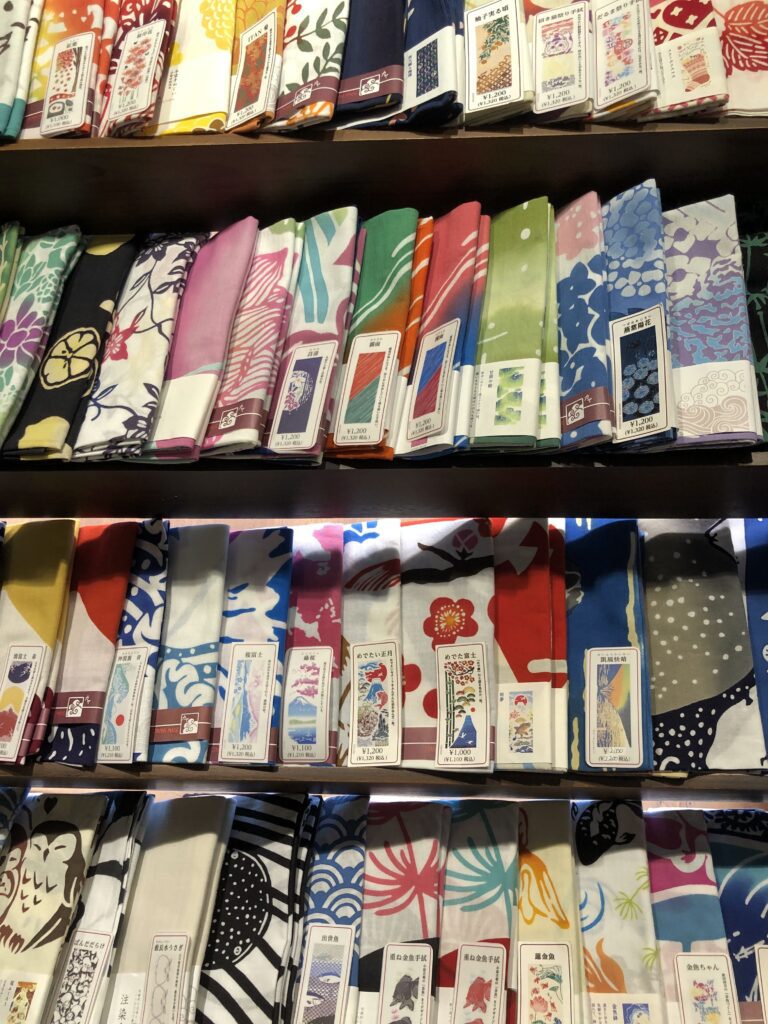
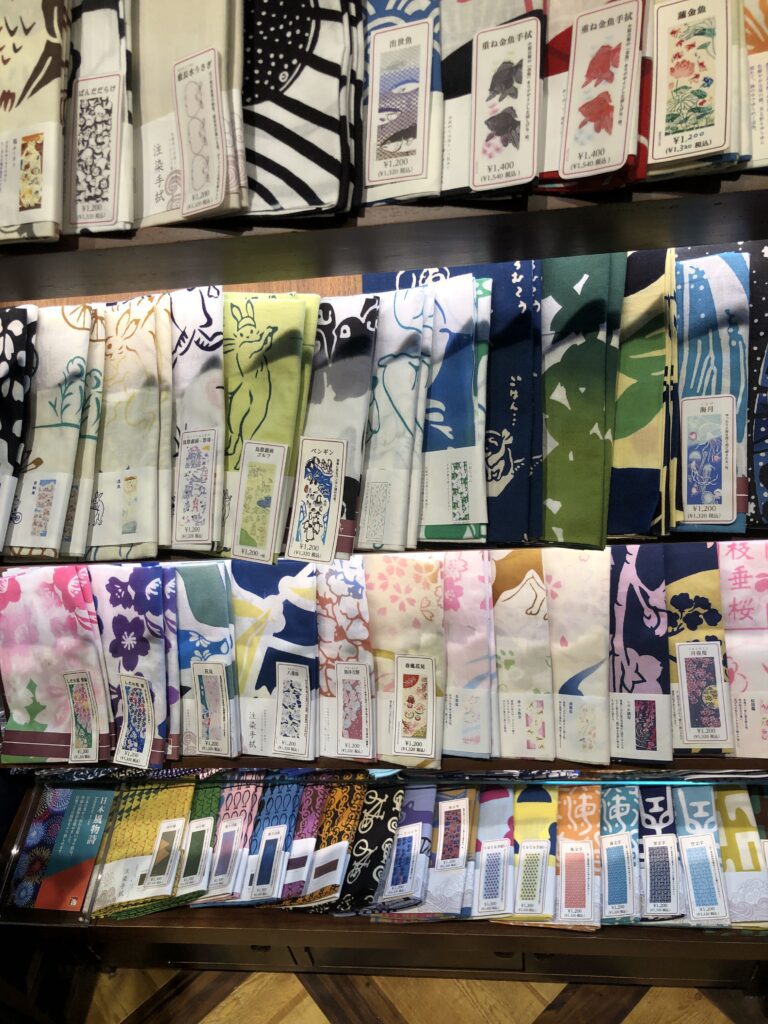

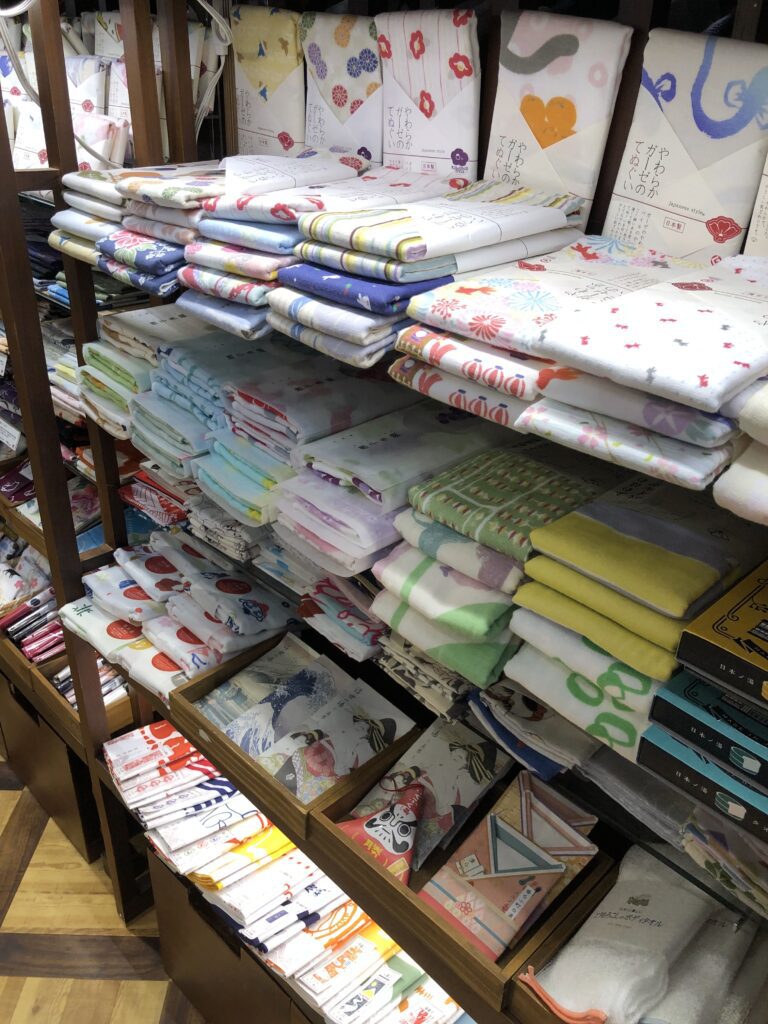
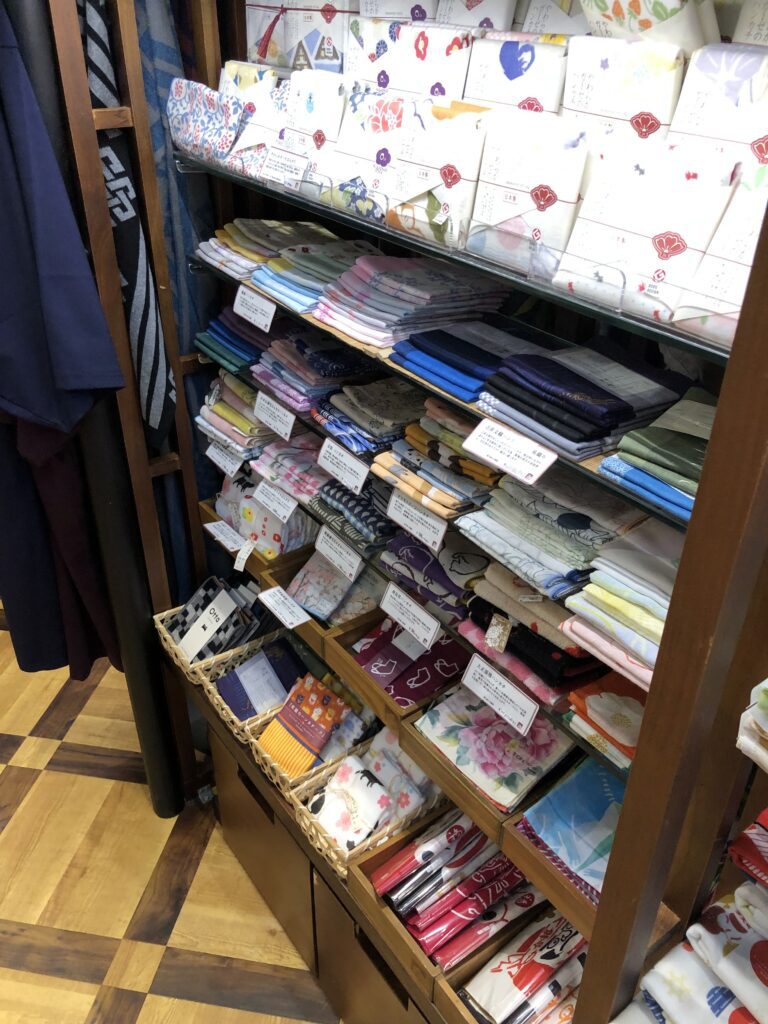
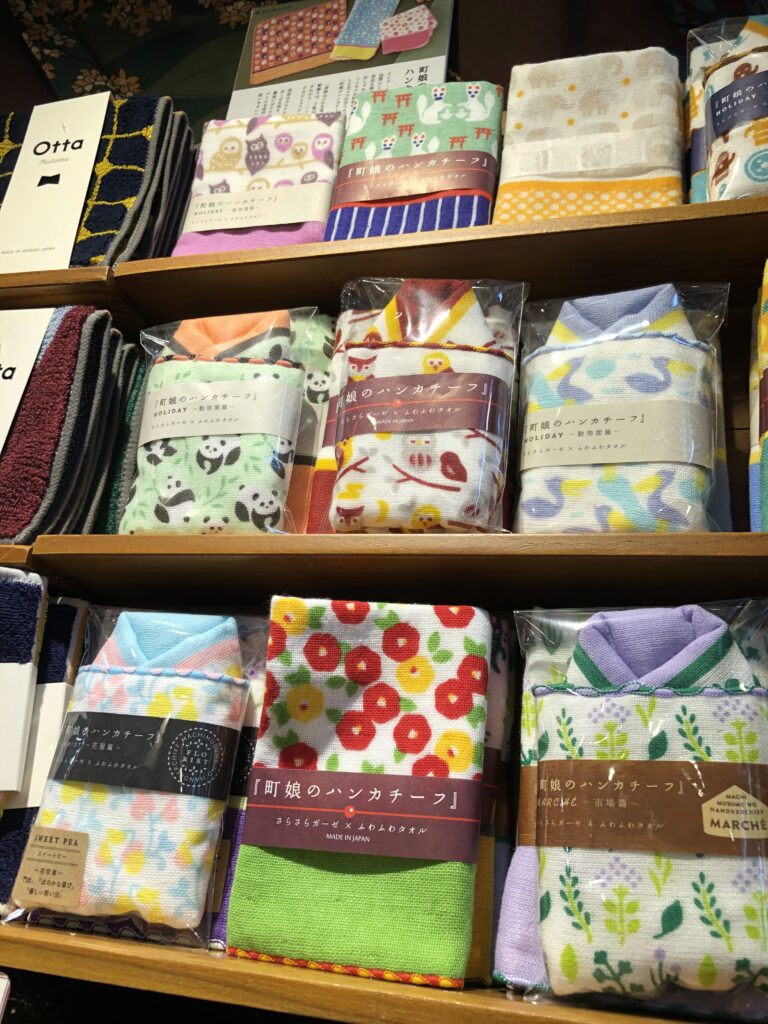
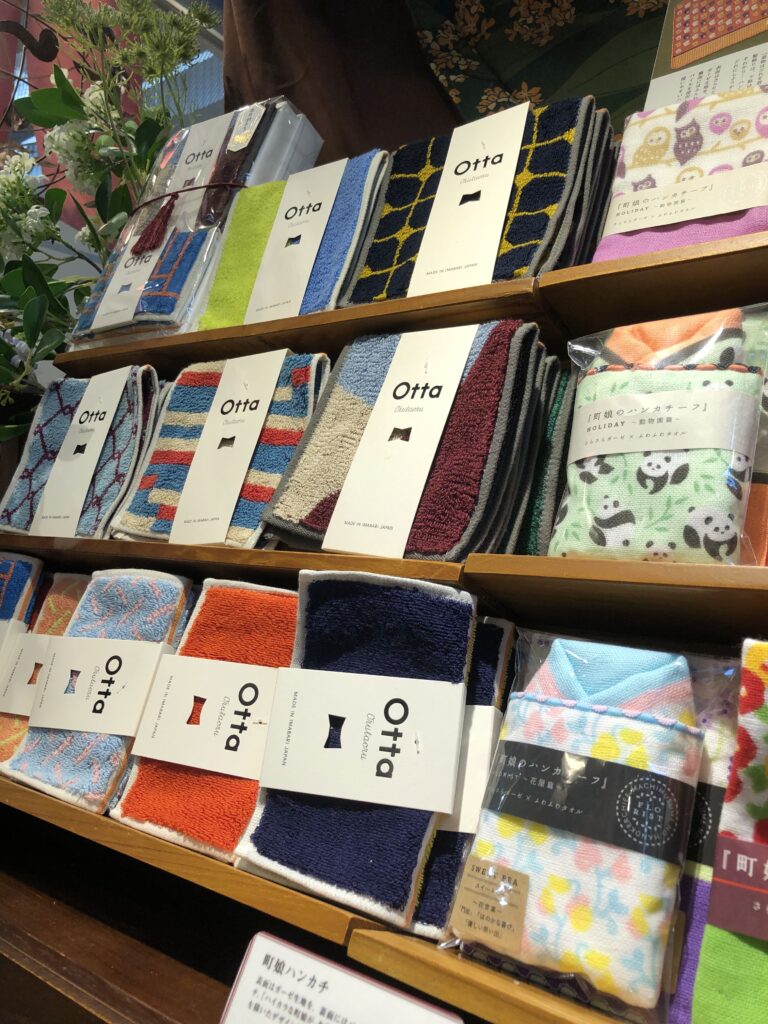
Many Japanese have a custom of buying food souvenirs for colleagues or friends when they travel. However, I abandoned this custom about 20 years ago. I still like seeing these souvenirs, but they all seem quite similar with different packaging, so I don’t usually buy them. Instead, I have the habit of spontaneously giving gifts to friends and colleagues when I come across something wonderful. When I find a nice item, I enjoy giving it to someone who would appreciate it. In addition, there is a specialty snack on an island with a pearl farm, which is a castella cake with sweet red bean paste filling called “kasumaki.” These kasumaki are really delicious, and because of this, many “Michi-no-Eki (Road-Station)” locations receive requests to stock them. However, the owner of the kasumaki shop refuses, saying, “You need preservatives to sell them at Michi-no-Eki, and I will never add preservatives.” This implies that food sold at roadside stations contains preservatives. While this may seem obvious, it reinforced my decision not to buy food souvenirs at such places.
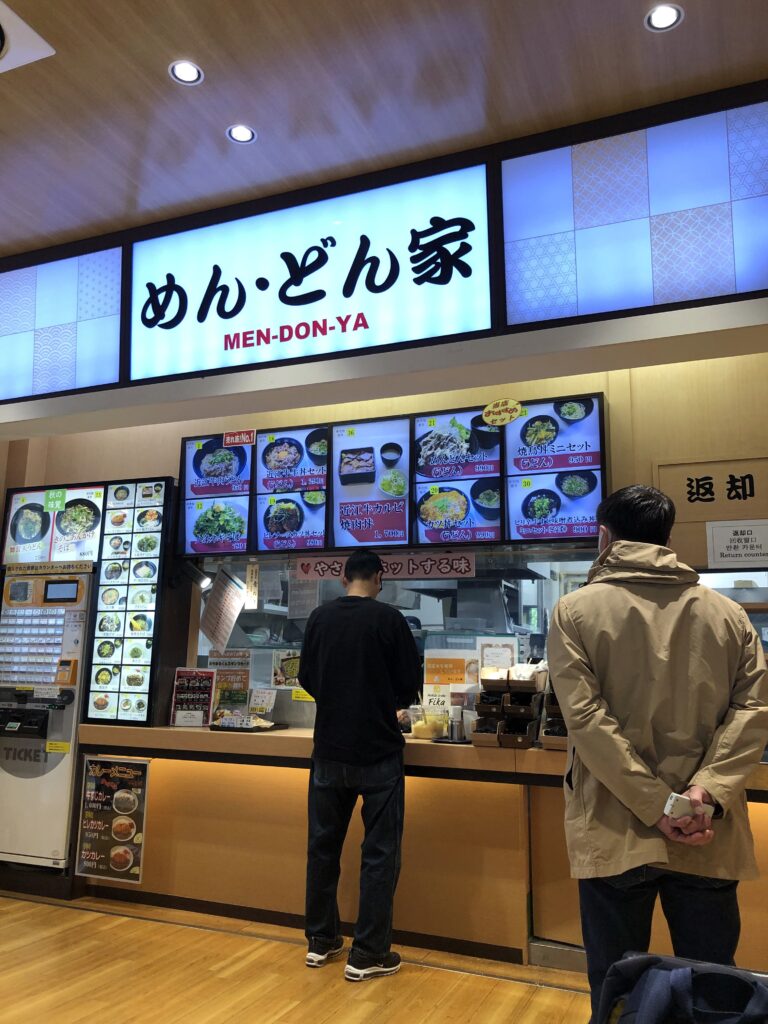
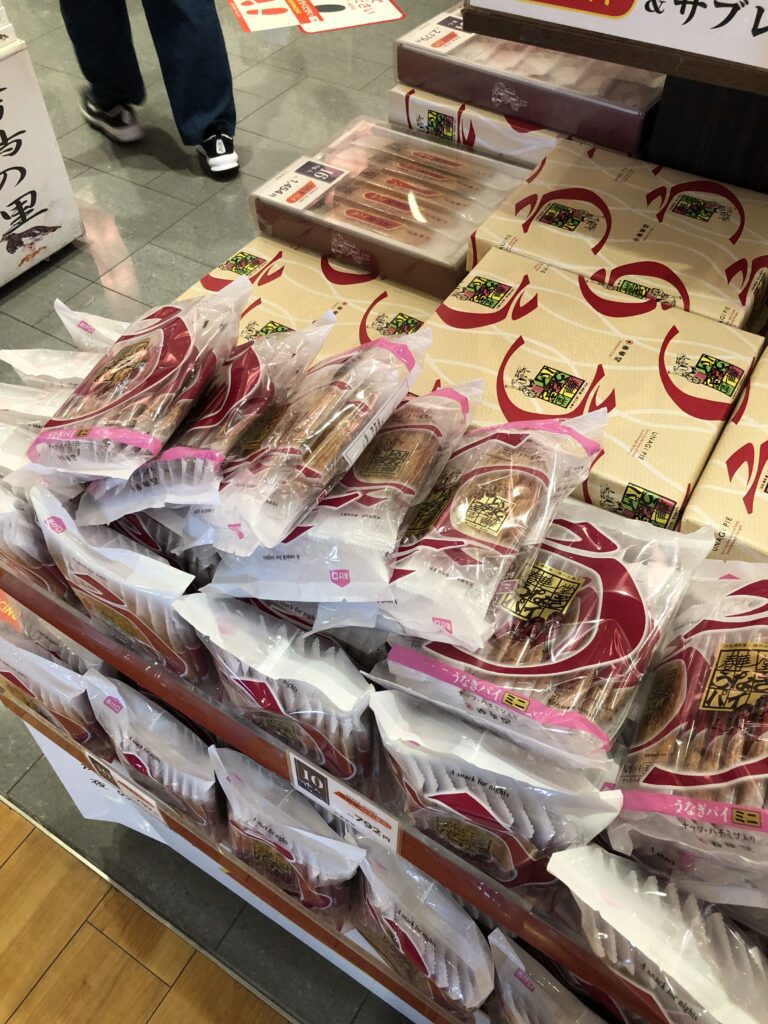
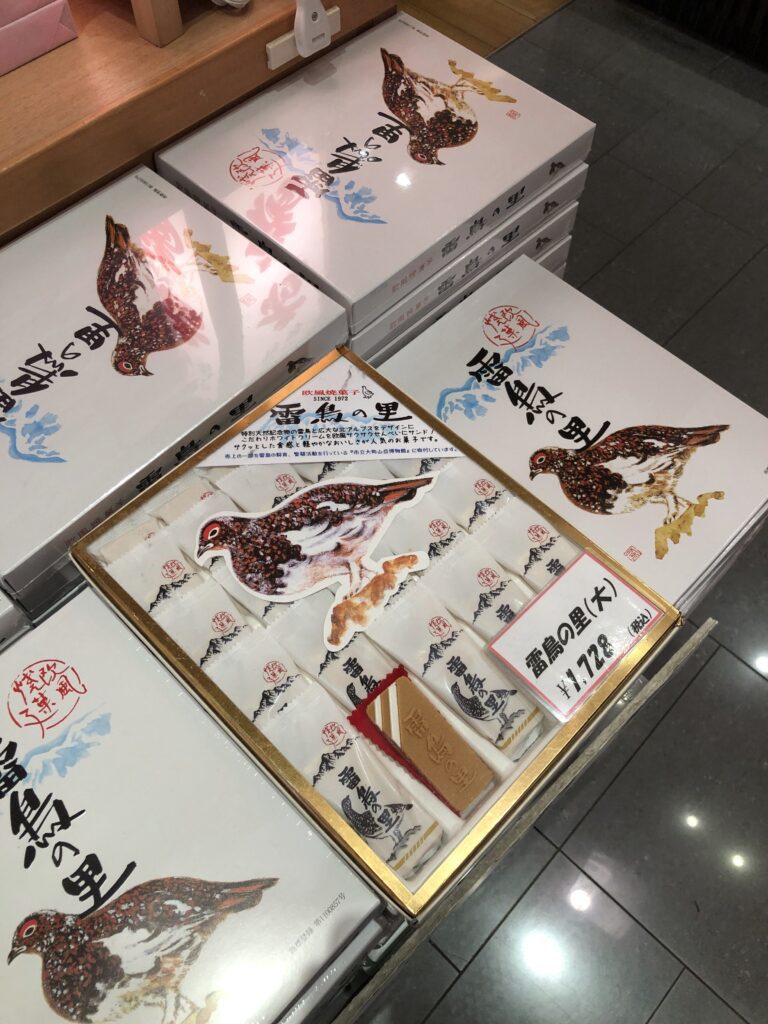
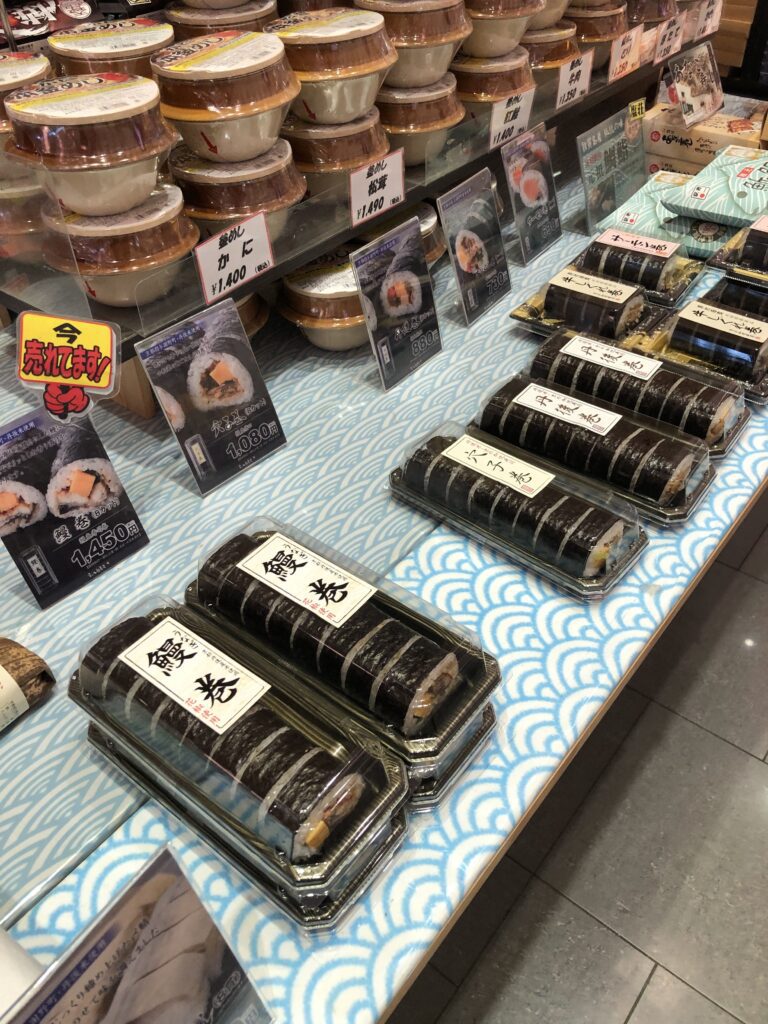
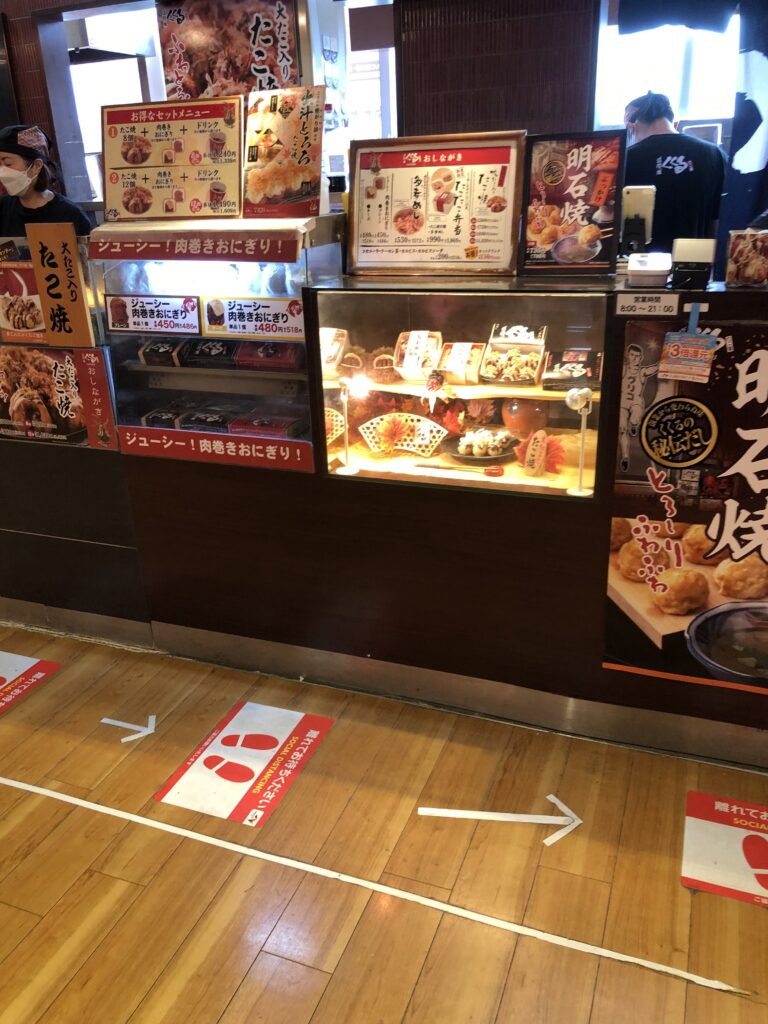
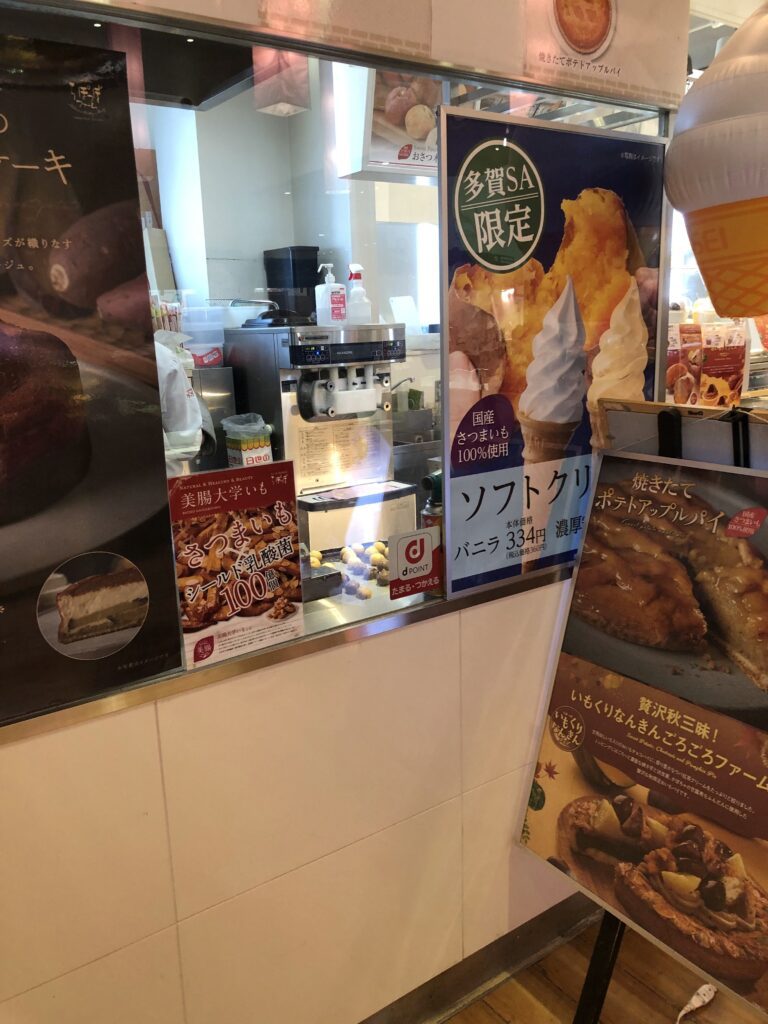
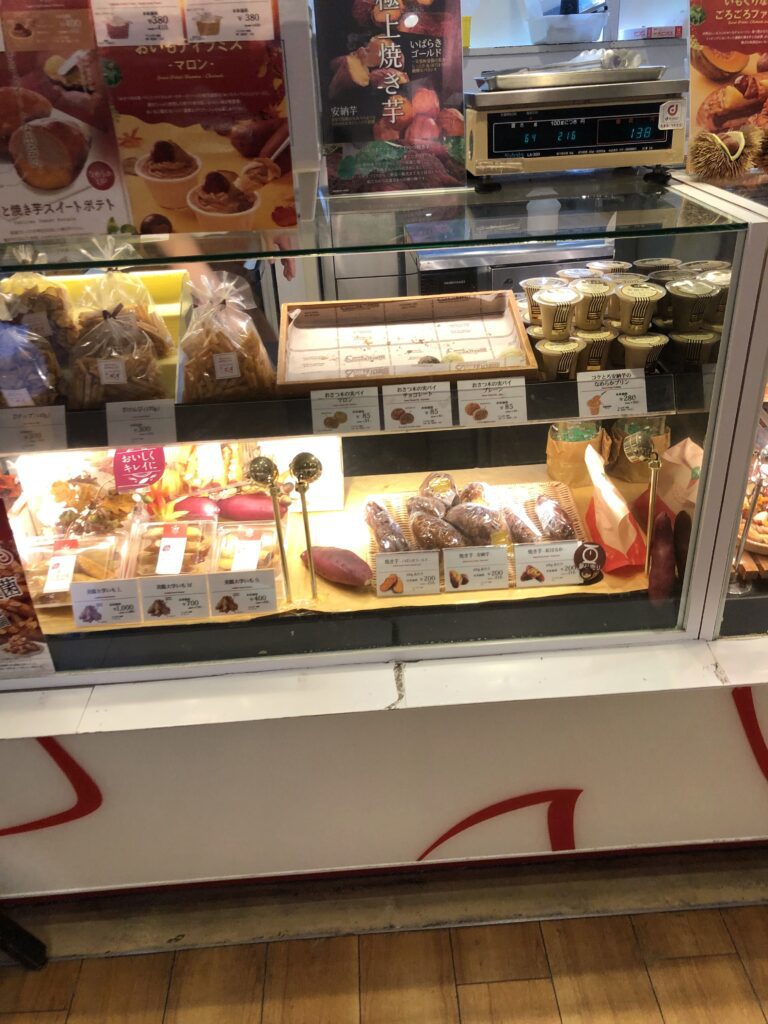
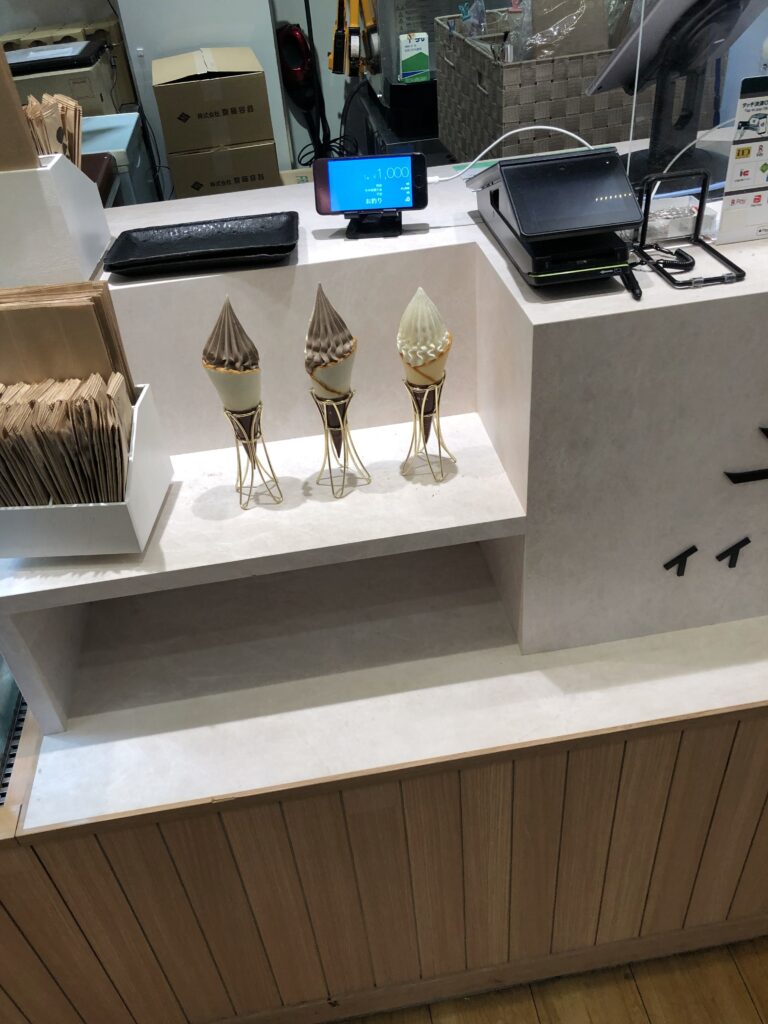
I’m not particularly health-conscious. Since I come from a fairly rural area, we have often consumed homegrown vegetables and rice. My father, who worked at a company but had a passion for farming, cultivated crops in our fields. When I was in elementary school, I once asked him, “Why do you grow vegetables when we can just buy them at the supermarket?” He replied, “Crops grow according to my instructions. If they wither, it’s my fault. If they flourish, it’s my achievement. Crops and natural things are obedient. Humans, on the other hand, don’t always follow our will.” I listened to this and thought it was probably because I didn’t follow my father’s instructions most of the time. At the time, my father had several complaints about educating his subordinates and working at the company. Perhaps as a reaction, he sought solace in farming crops in our fields.
Now, after buying the handkerchiefs, I continued my journey through the rain and darkness until I arrived at my hotel in Nagoya. I made it around 30 minutes later than my scheduled time. Google Maps is indeed quite accurate.
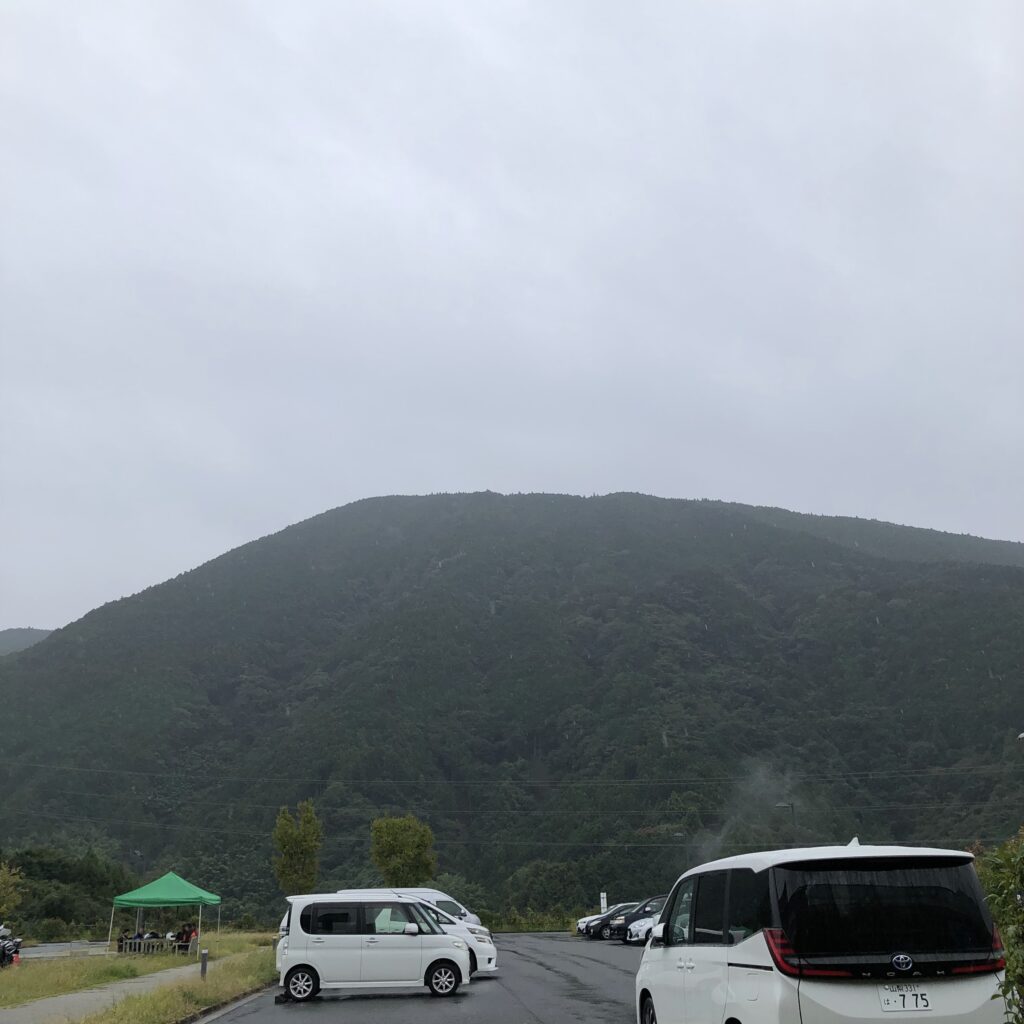
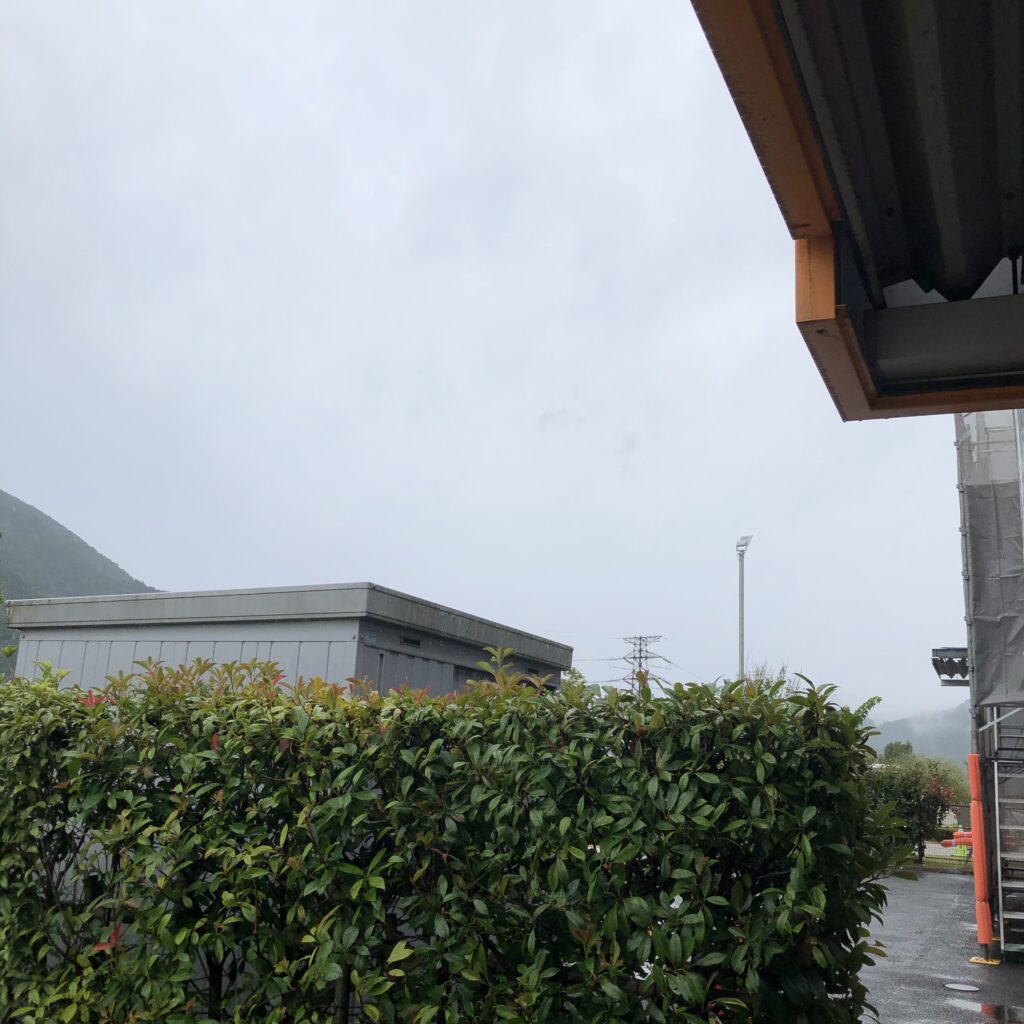
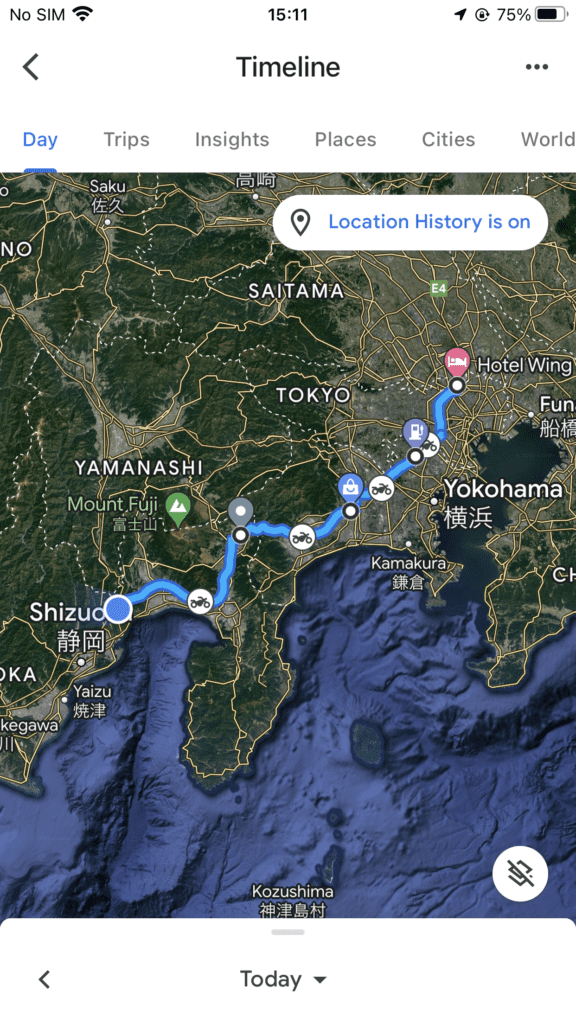
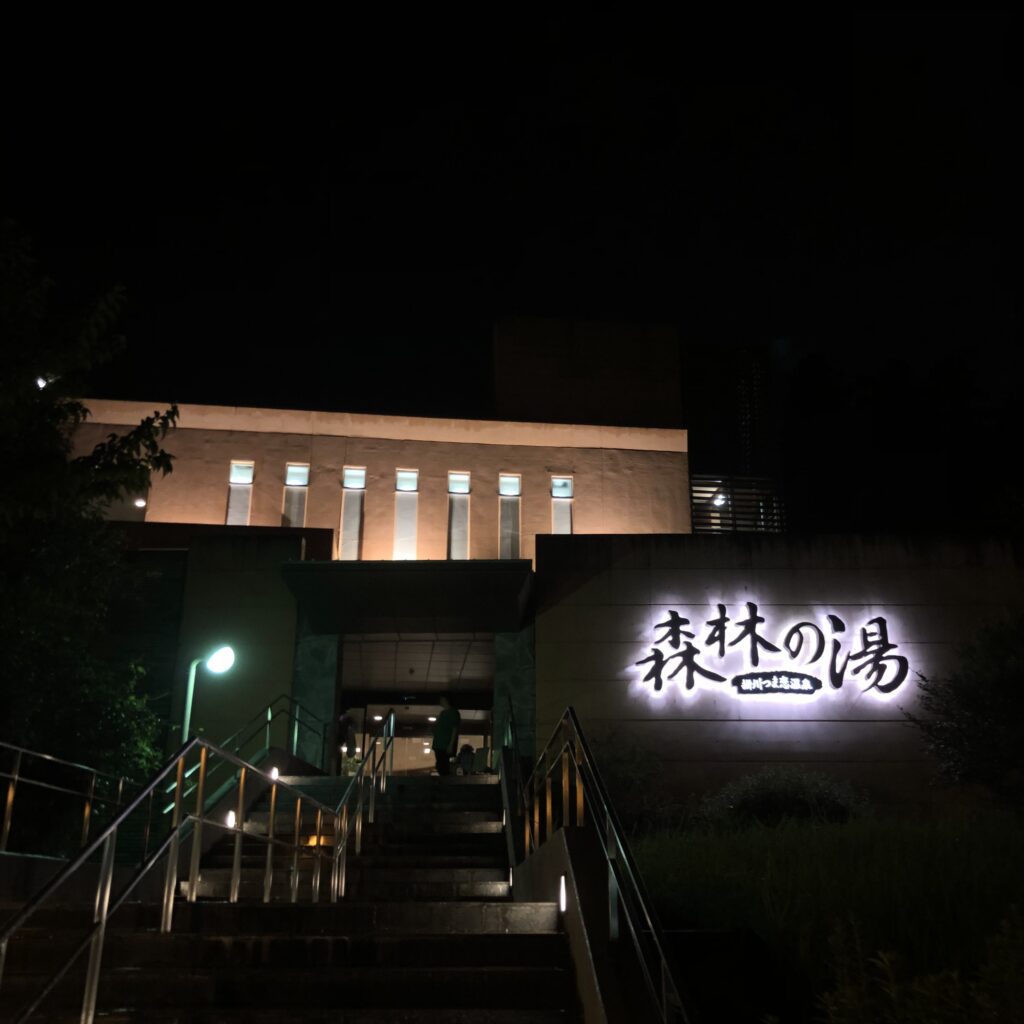
After arriving in Nagoya, I went to have dinner alone at a yakitori restaurant that stays open until 2 AM. Despite the late hour, it was bustling with many young people. I’ve been traveling alone quite a bit recently, so I’ve become accustomed to dining by myself. While it’s true that there’s no one to talk to, I appreciate the freedom it offers. In the past, yakitori often had tough, hard-to-bite chicken, and you’d sometimes struggle to remove the pieces from the skewers, but in the last decade, perhaps due to advancements in distribution, there has been a significant increase in high-quality, tender yakitori. The yakitori at this restaurant were no exception, with each piece coming off the skewer easily. They were incredibly delicious, and I ordered the same types of yakitori a few times. Feeling a bit tipsy and tired, I returned to my hotel and immediately fell asleep.
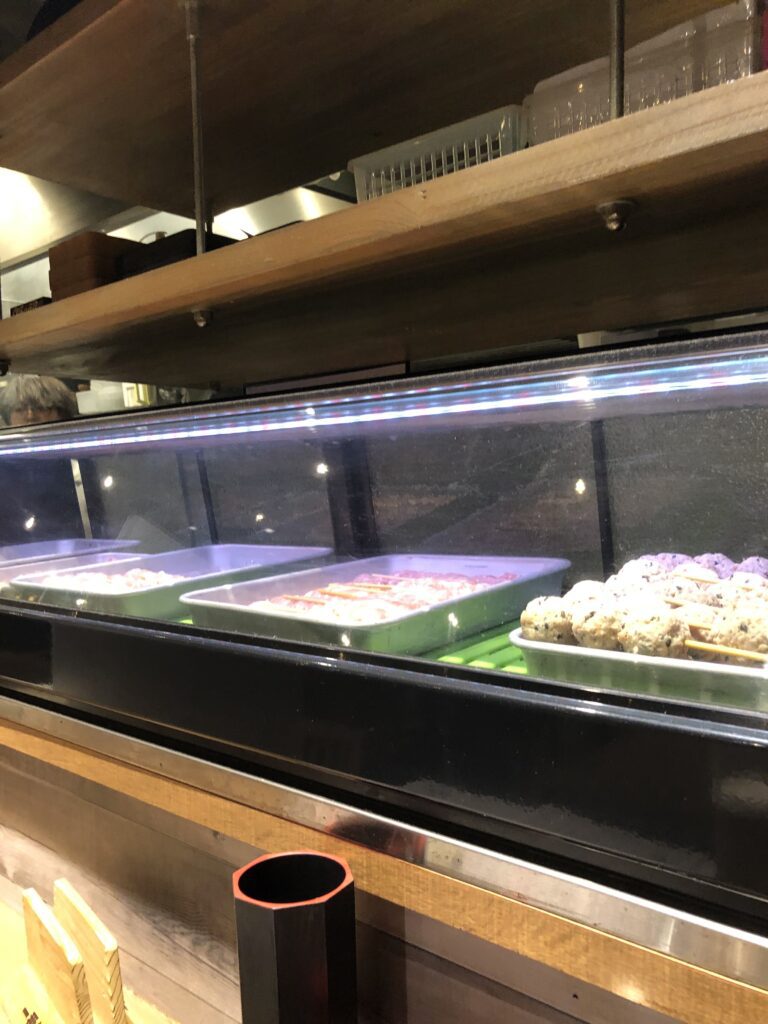
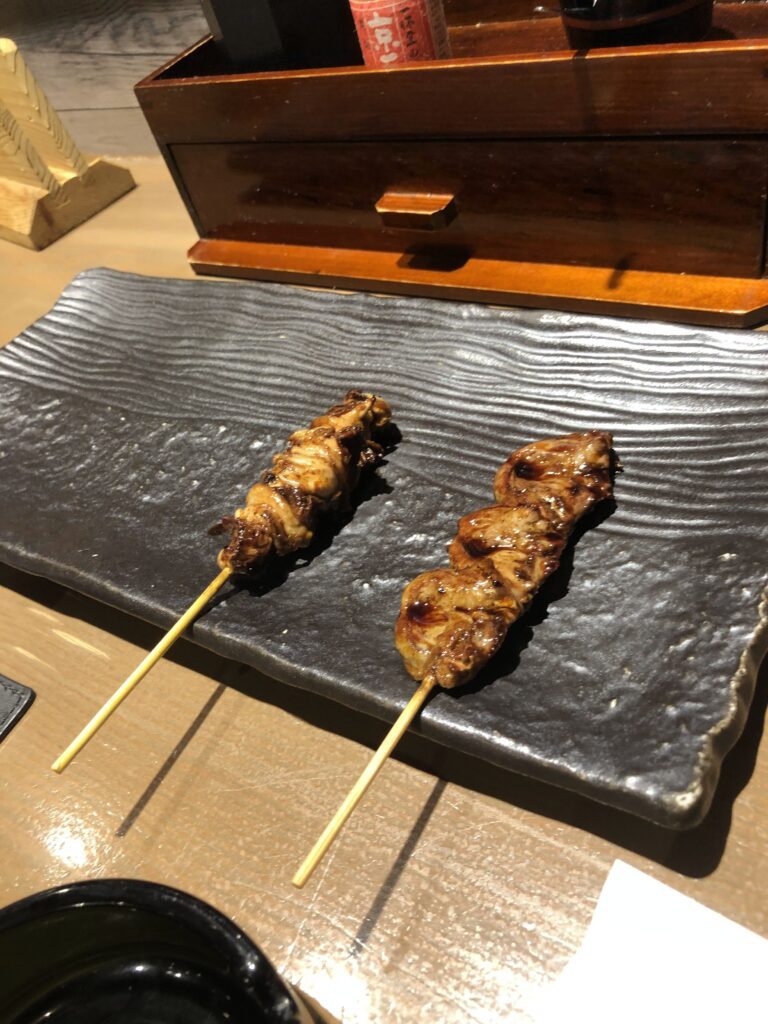
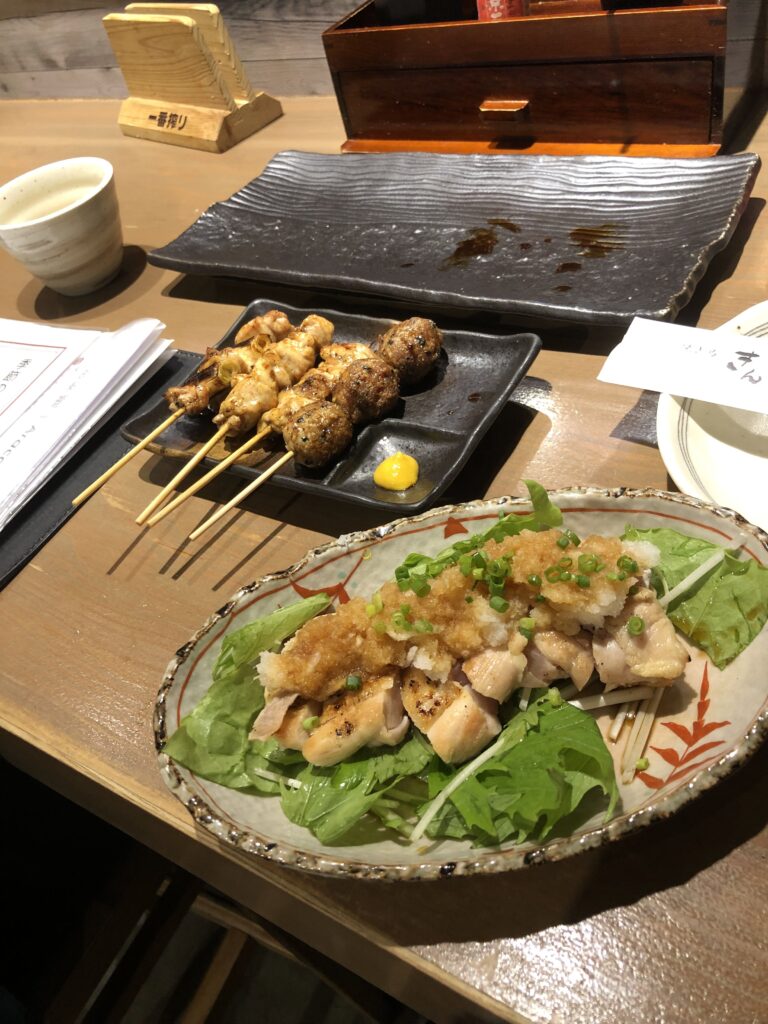
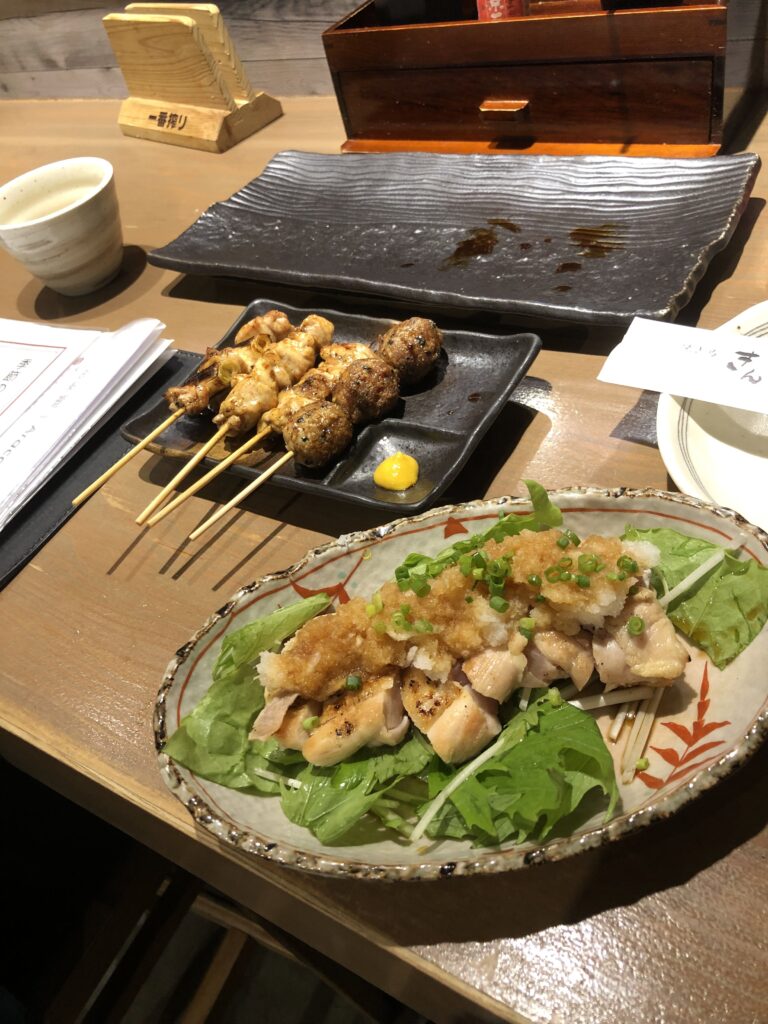

The next day, I went from Nagoya to Kyoto and had an oil change at a motorcycle shop in Kyoto. The Shinkansen (bullet train) takes only 34 minutes from Nagoya to Kyoto, but on a motorcycle, it took about three hours. The weather was a bit unpredictable, with intermittent rain, but the temperatures were somewhat mild, so it wasn’t too cold. I arrived at the Kyoto motorcycle shop around 1 PM. The folks at the shop knew I was heading to Tokyo, and they encouraged me, saying, “Stay safe on your journey.” This motorcycle shop specializes in customizing Yamaha SR400 bikes and is somewhat renowned in the world of motorcycles. They have many clients, but it seems that someone with over three years of accident-free riding like me is rare. Moreover, my motorcycle’s mileage is among the highest among their clients. Since I started riding when I was over 40, I make sure not to push myself too hard while riding, and that’s why I believe I’ve been accident-free. I’ll continue to prioritize safe riding. No matter how cool it may seem to ride with style, it’s not worth it if it leads to an accident. Safety first, no matter how uncool it looks, is, in my opinion, the coolest. My motorcycle has been customized, so it’s recommended to change the oil every 1,000 kilometers. For a regular motorcycle, it’s often okay to wait until 3,000 kilometers. Since it’s for the bike’s well-being, I follow the shop’s advice. After leaving the motorcycle shop, I took the highway to get closer to home. As I neared home, I started to feel less tense and was hit by a wave of drowsiness. I covered the distance from Kyoto to my home in Kobe in about an hour on the highway. When I arrived home, I put the washing machine on and unintentionally took a nap for about two hours. Then, I picked up some pearls to fulfill a request from a customer. This, too, is a delightful task. I’m back to my daily routine now, but that’s also a wonderful thing. I’ve had various experiences, and I believe it influences my work with pearls. Starting the day after tomorrow, I’ll attend a weekly metalworking class. I’ll study a lot and aim to create pearl products that make people who love pearls smile. Thank you so much for reading this far. I haven’t even covered half of what I wanted to say. My hands are almost cramped. It’s been three days since I returned from my trip, but I’m still relishing in the afterglow. It was just so much fun.
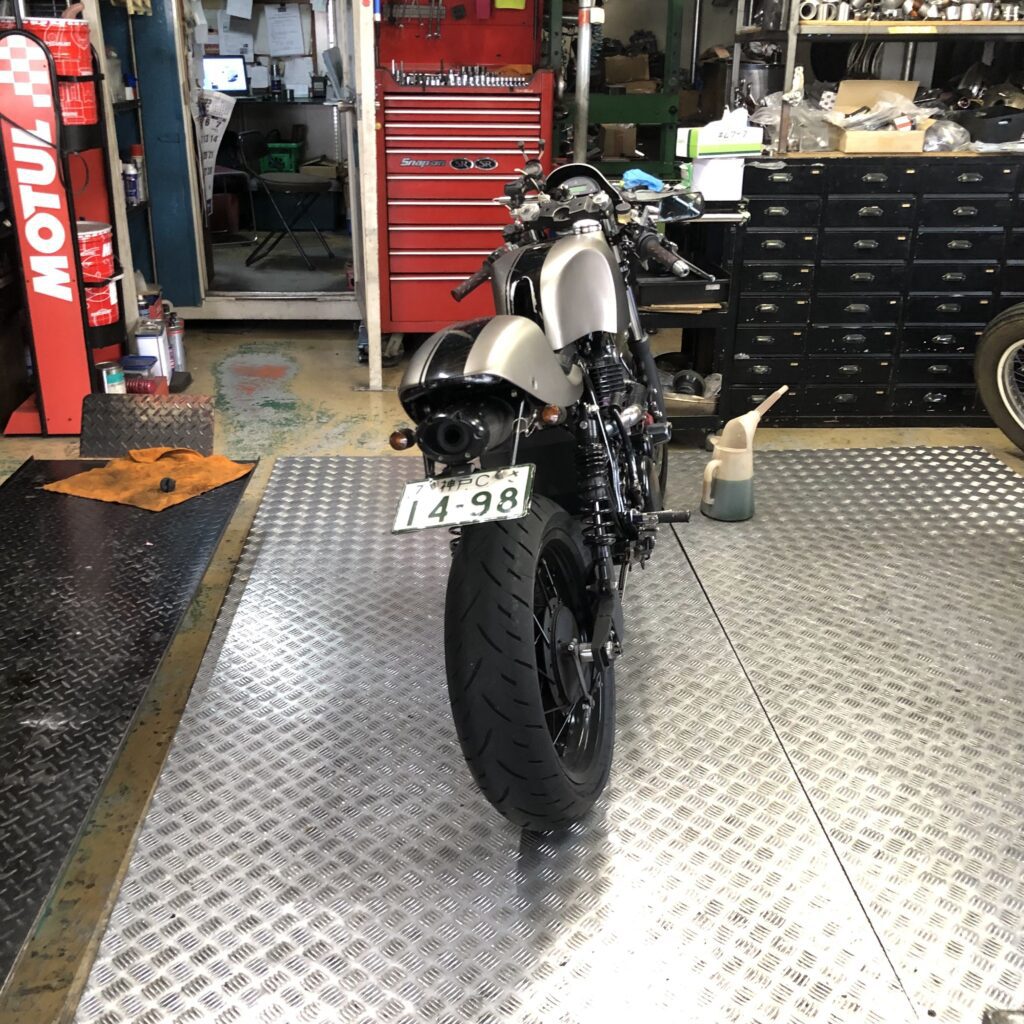
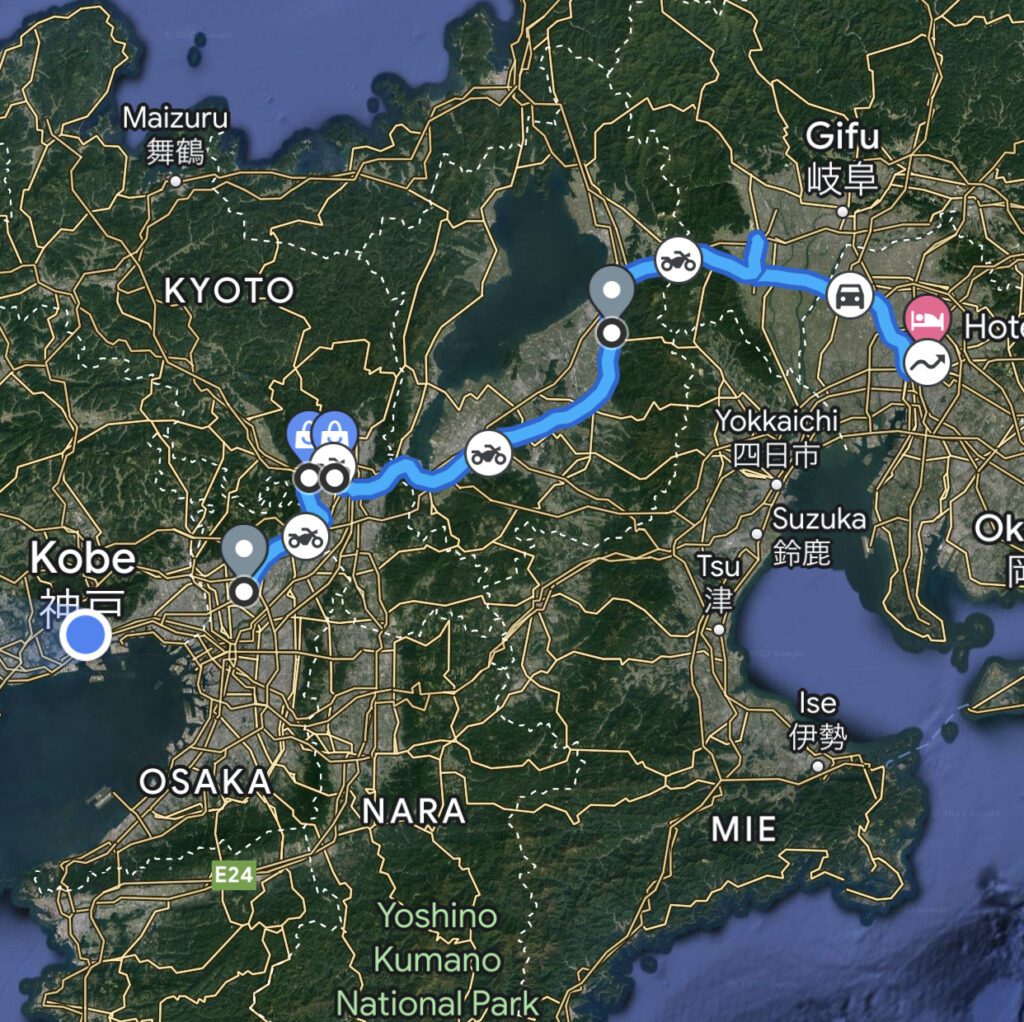
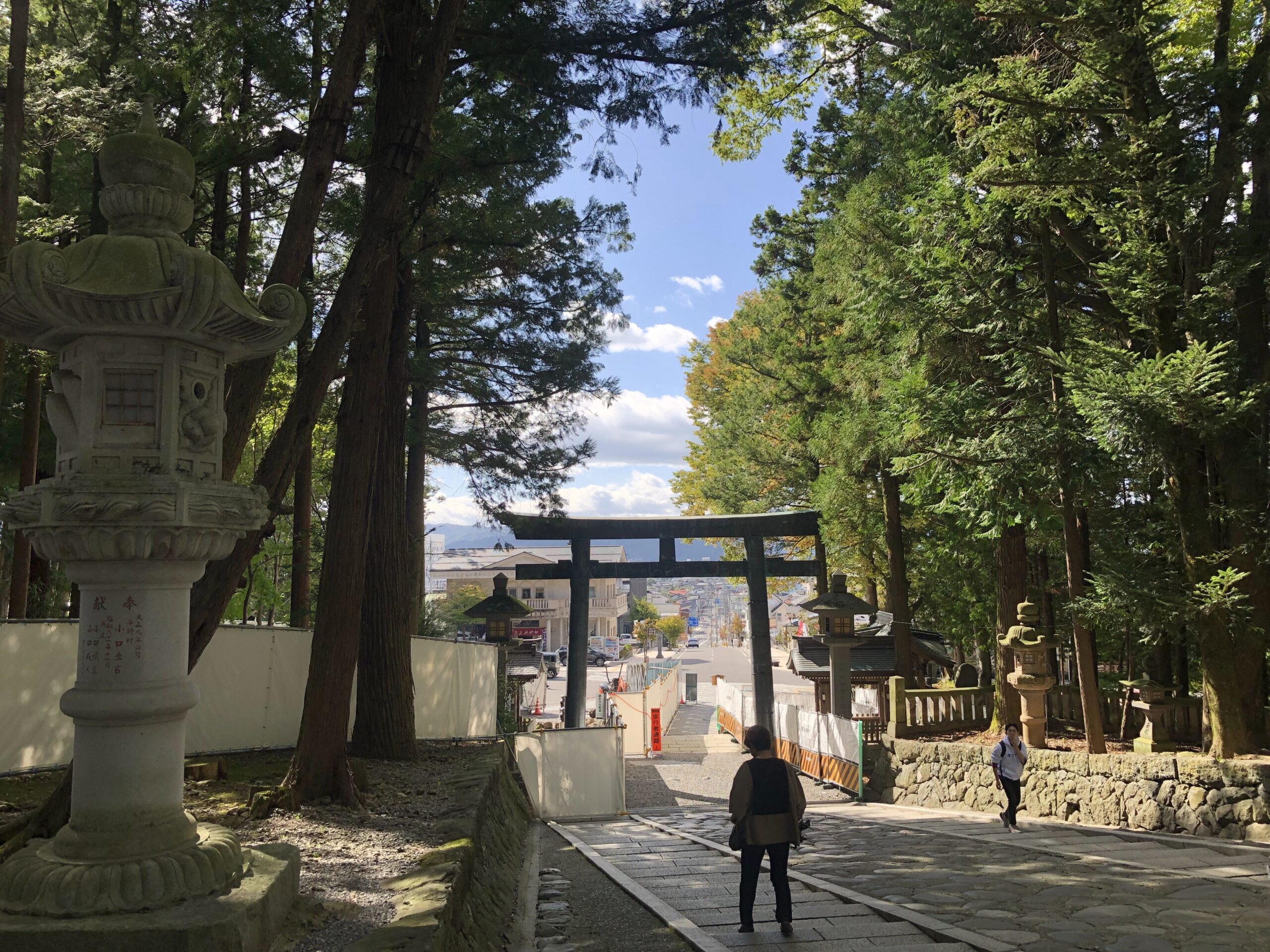
Comment